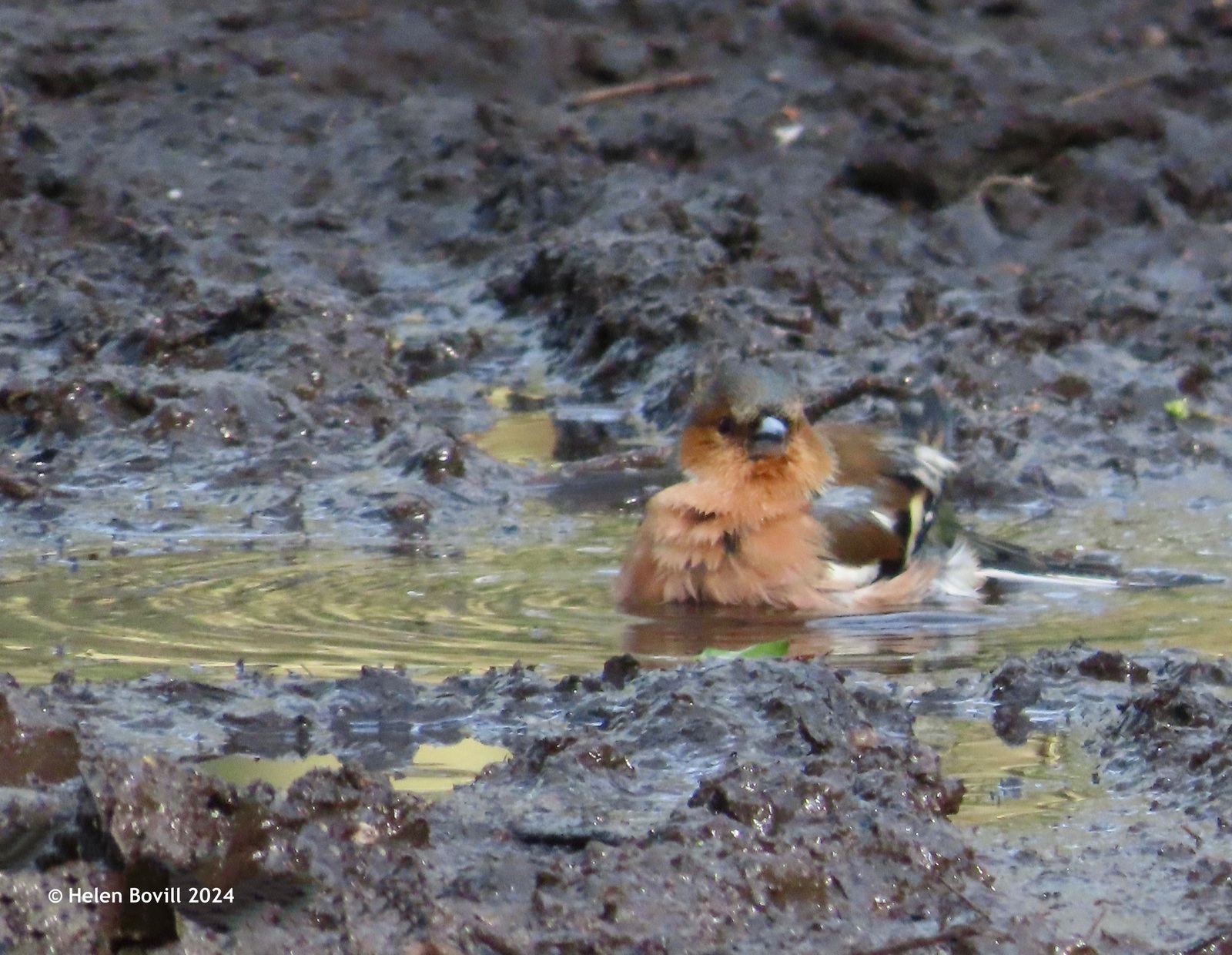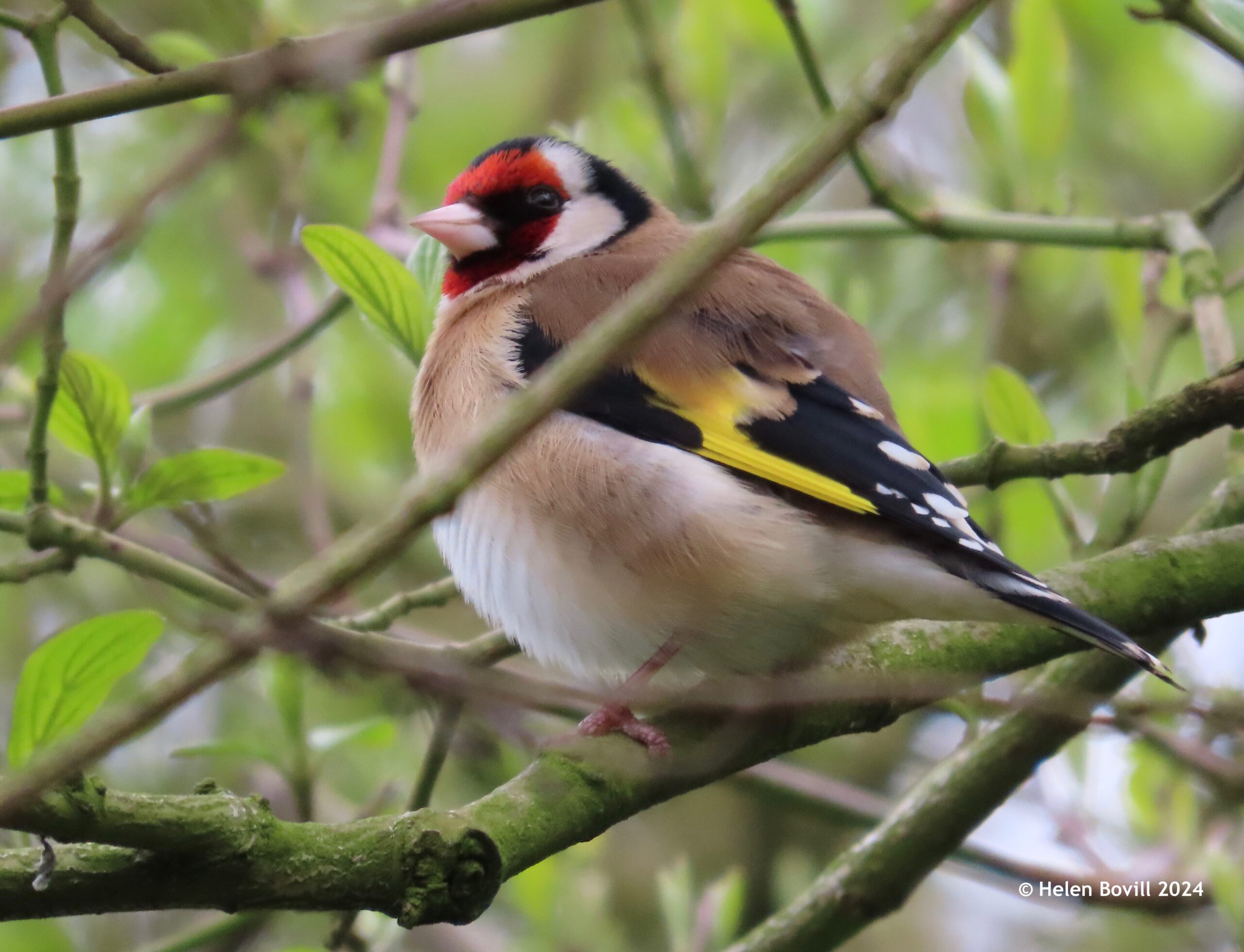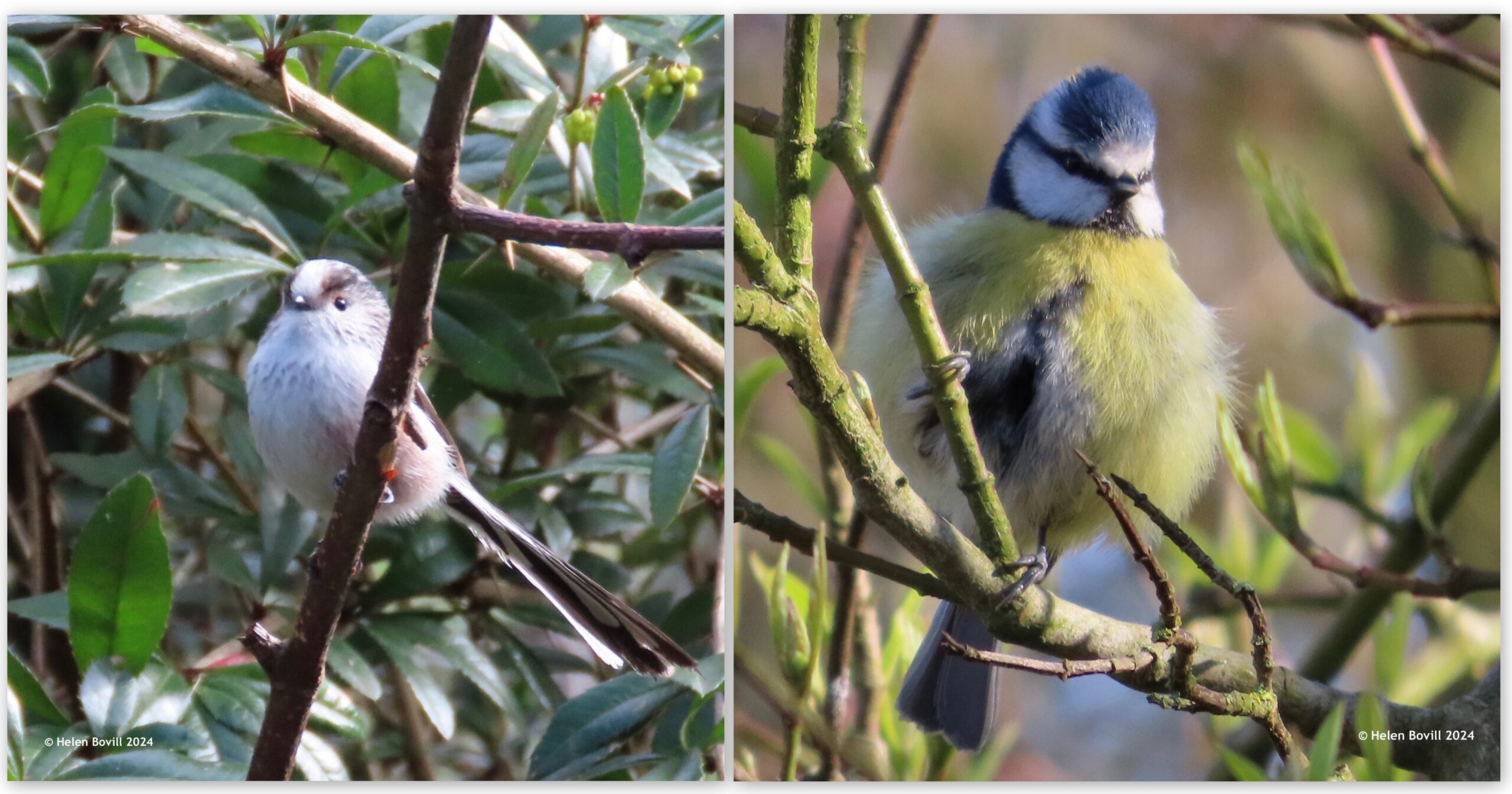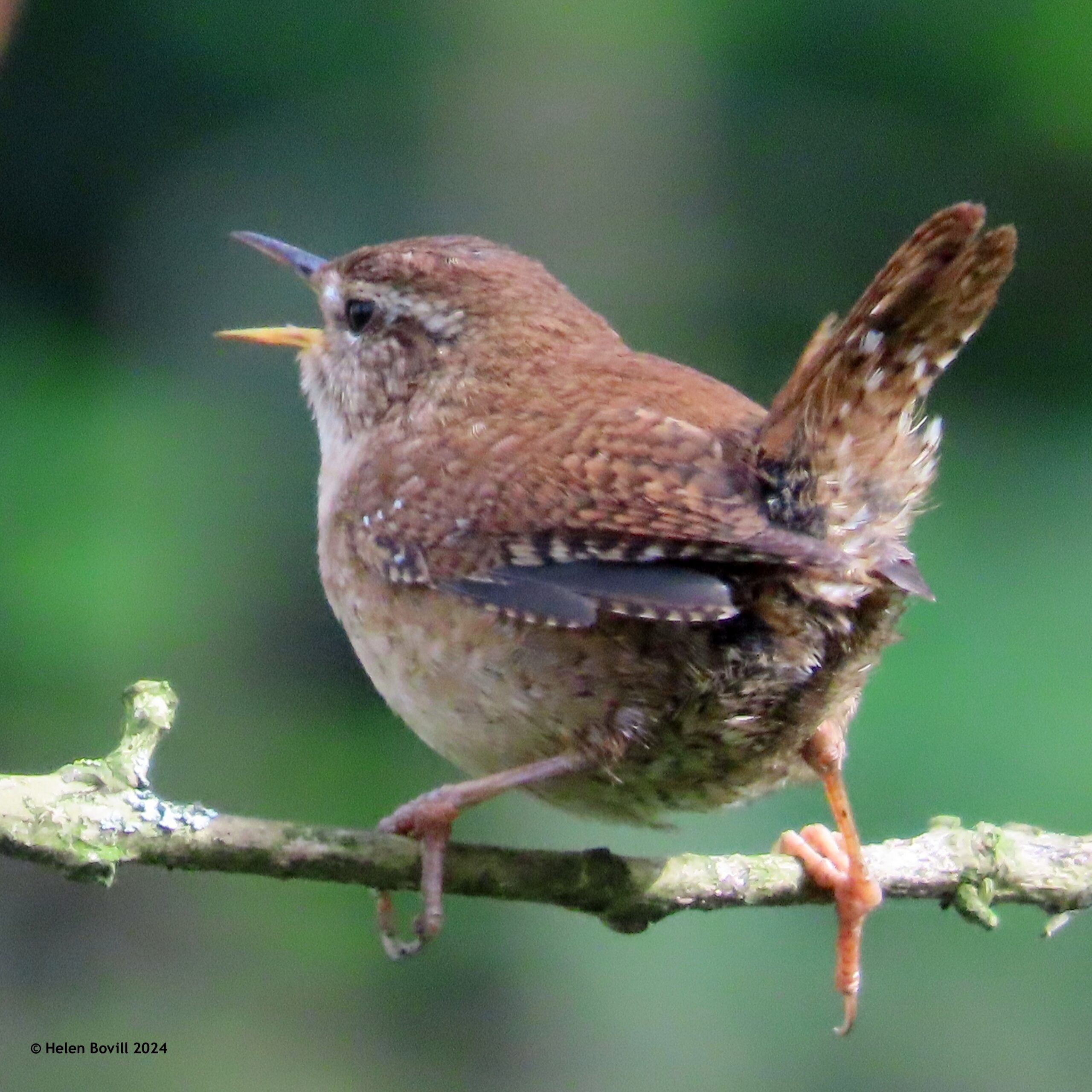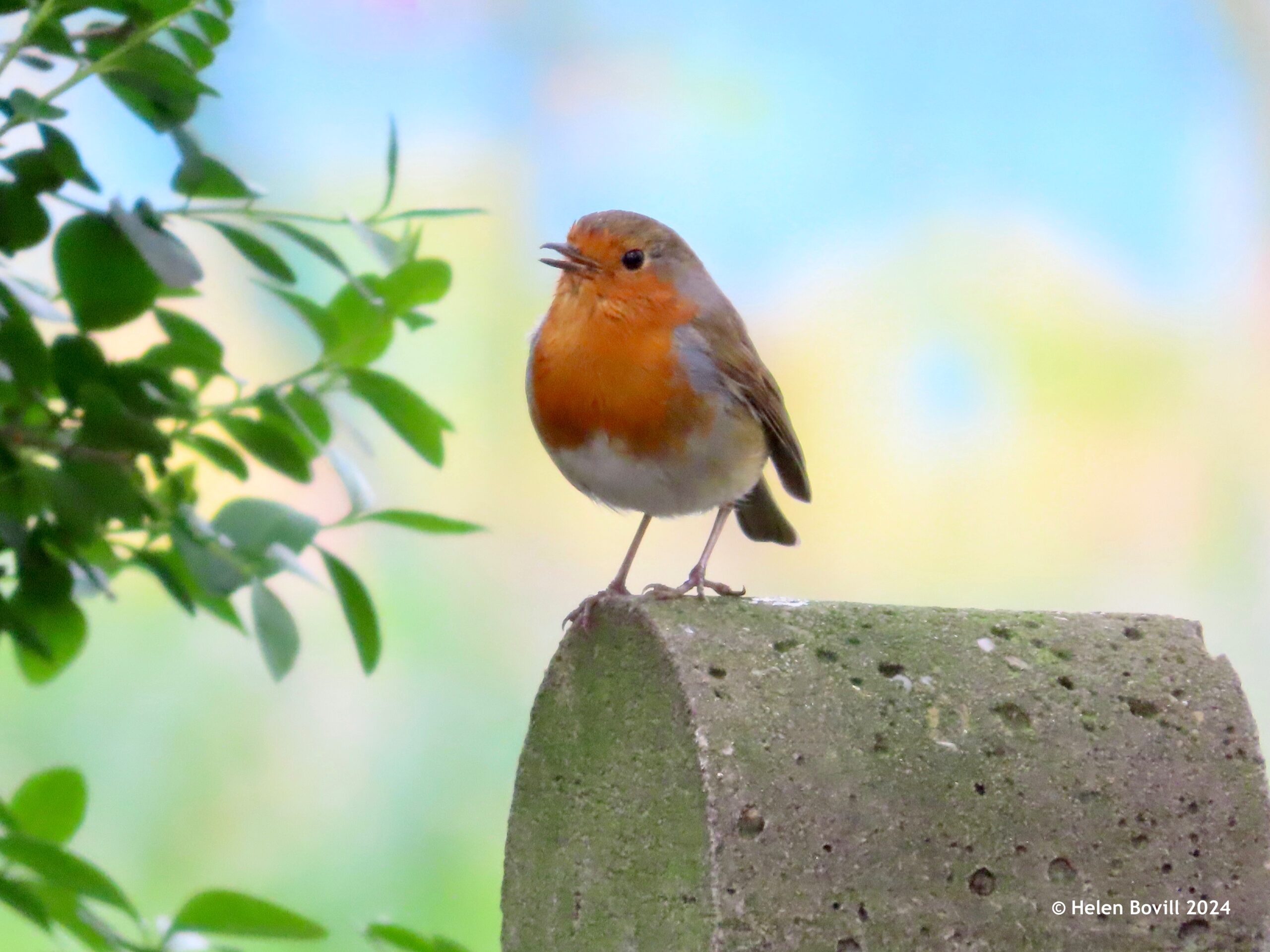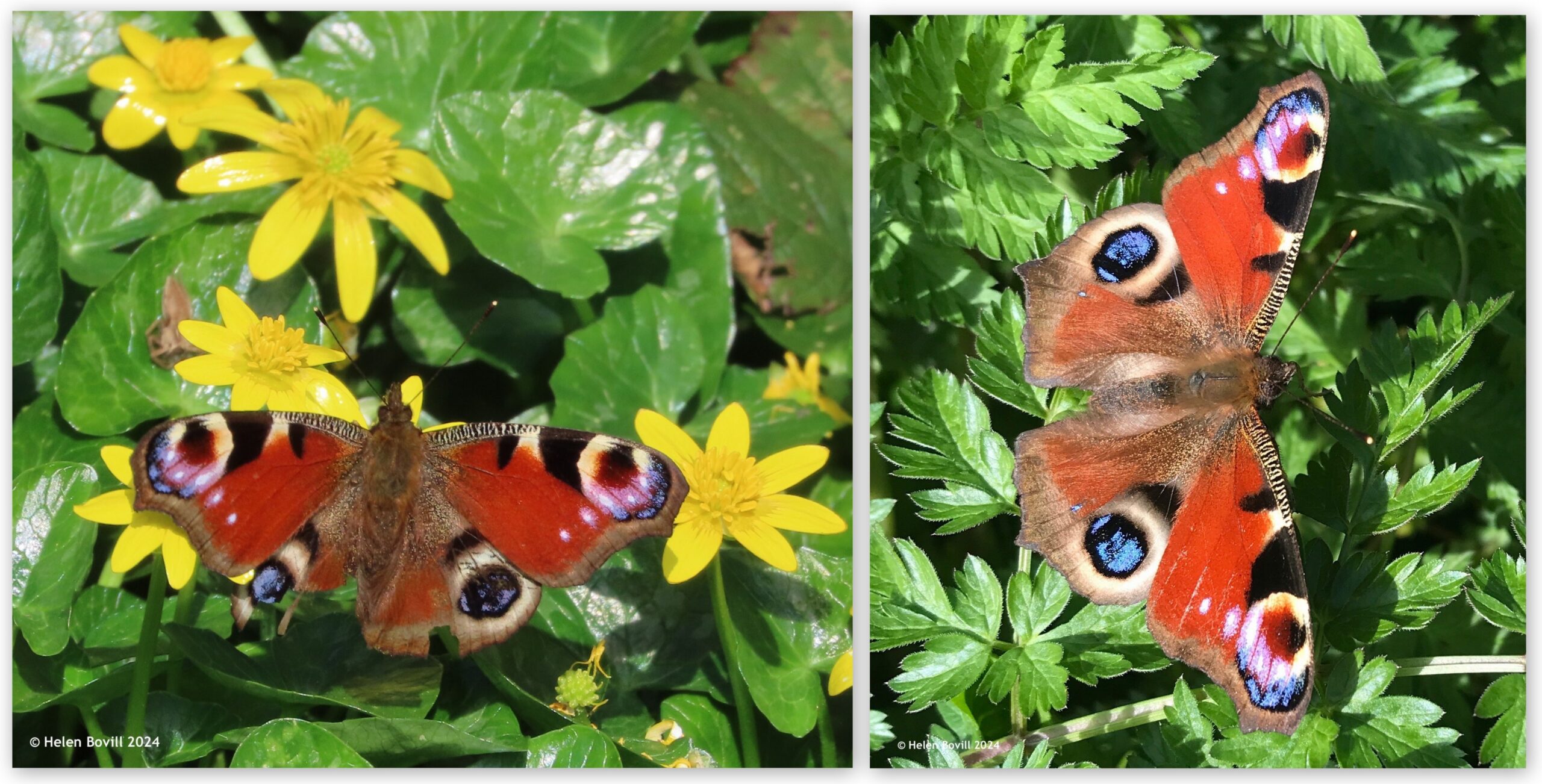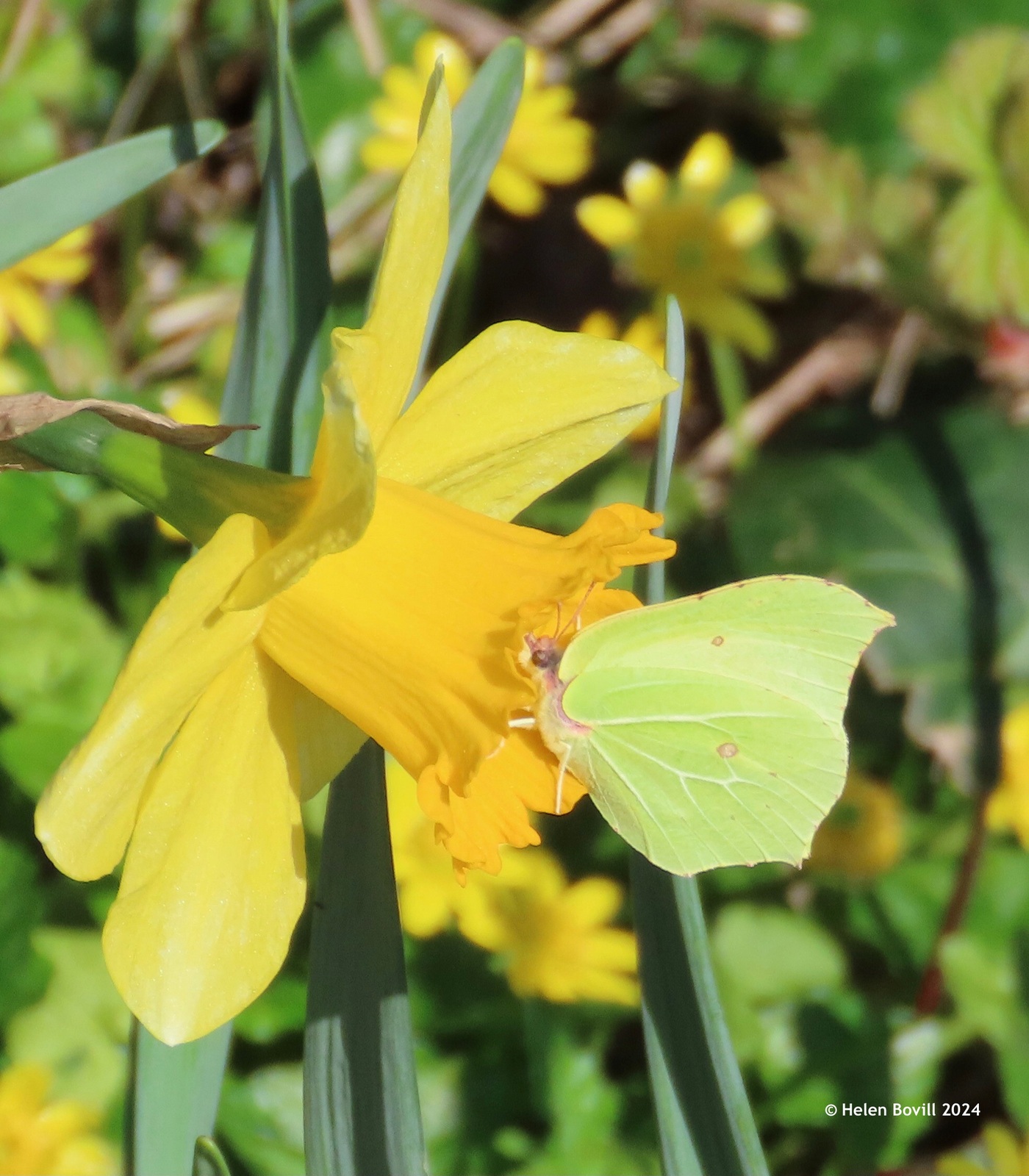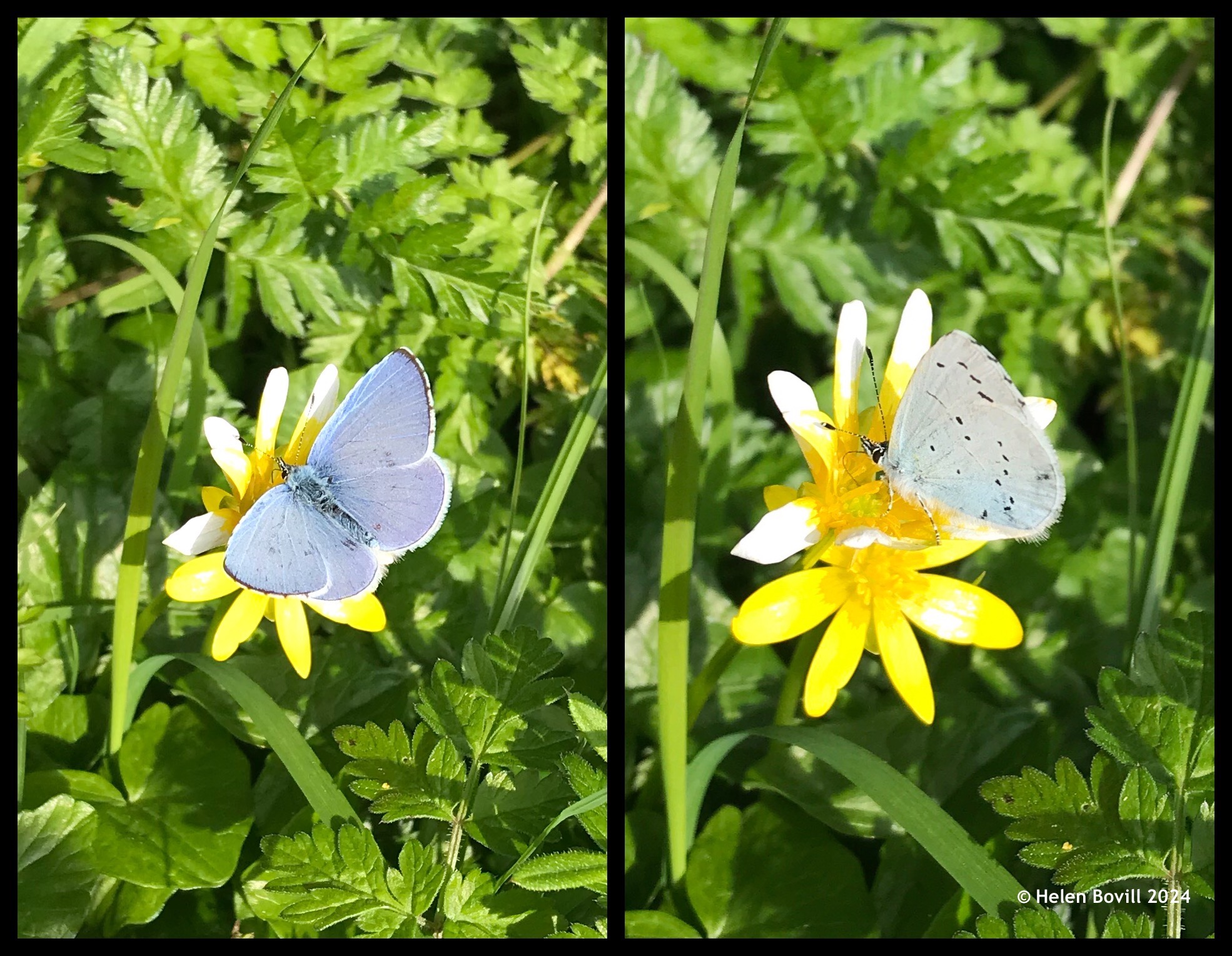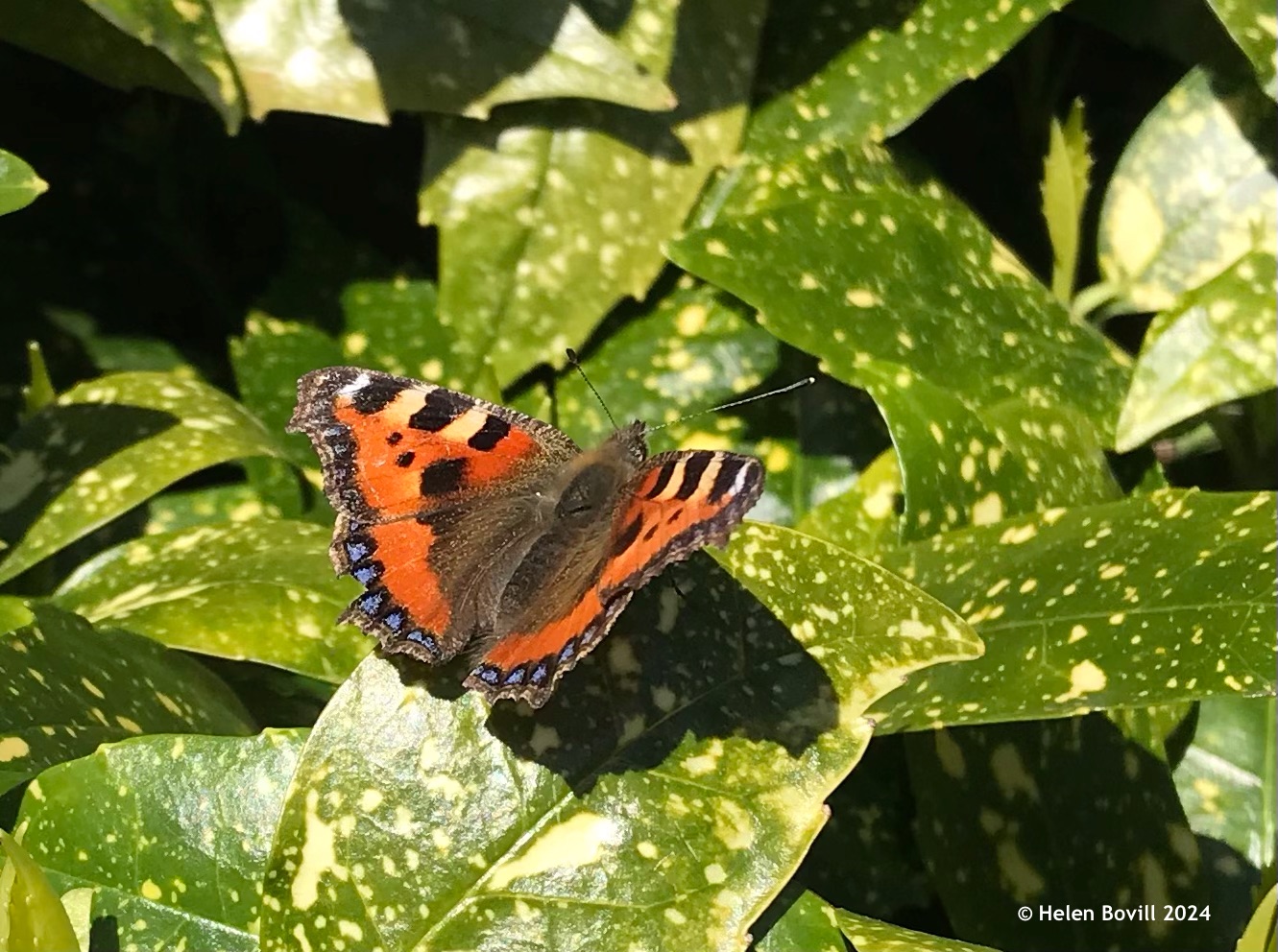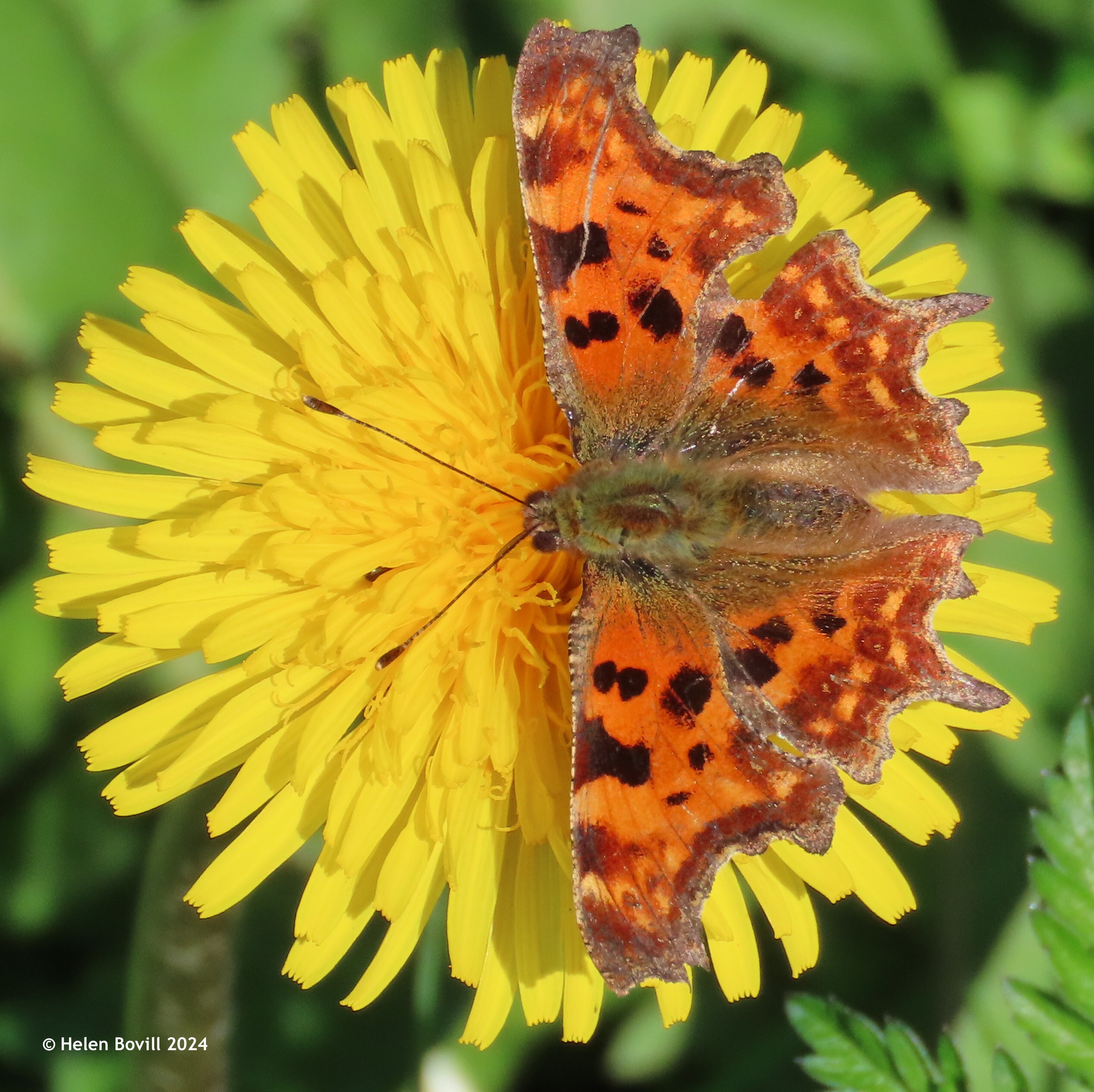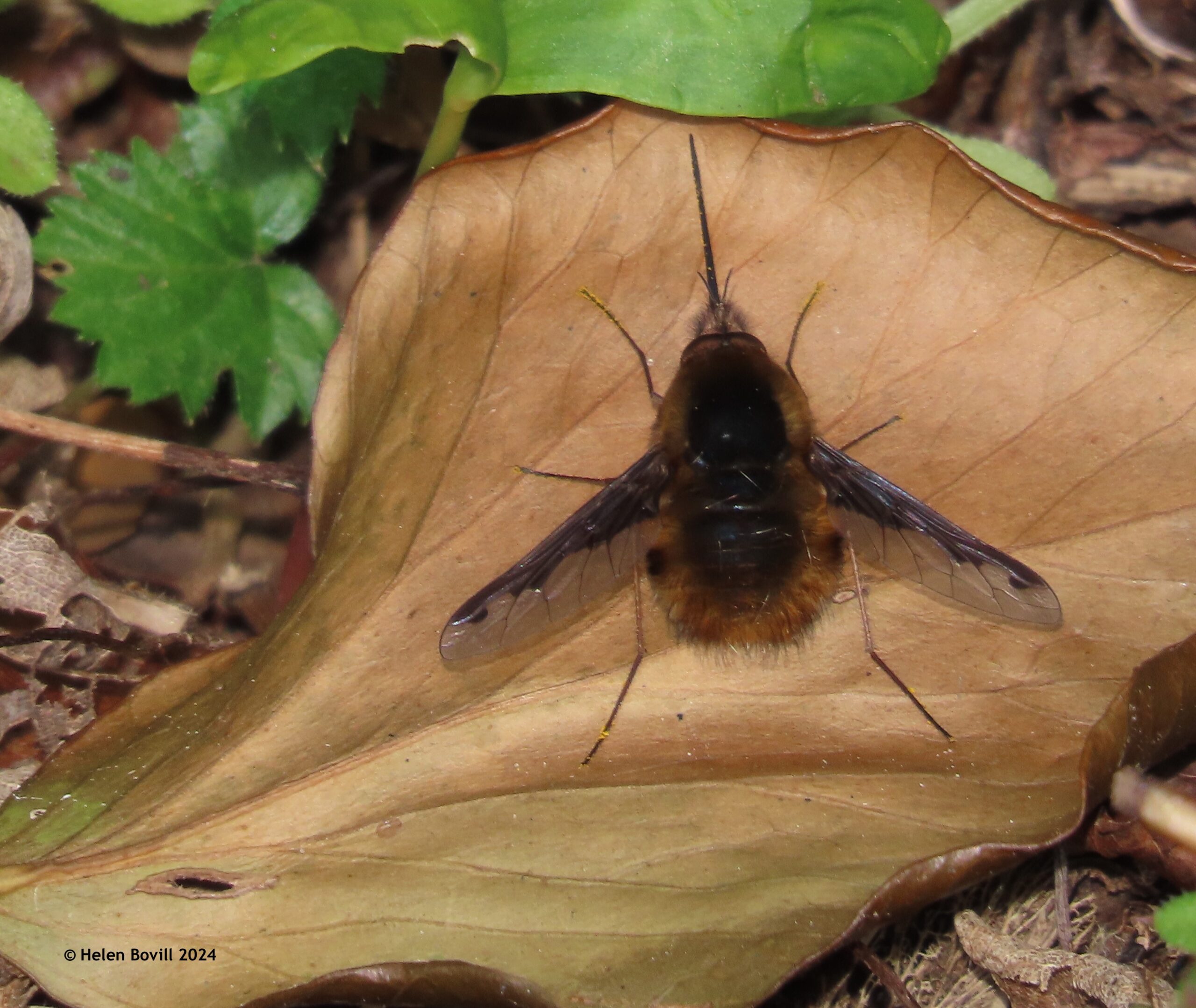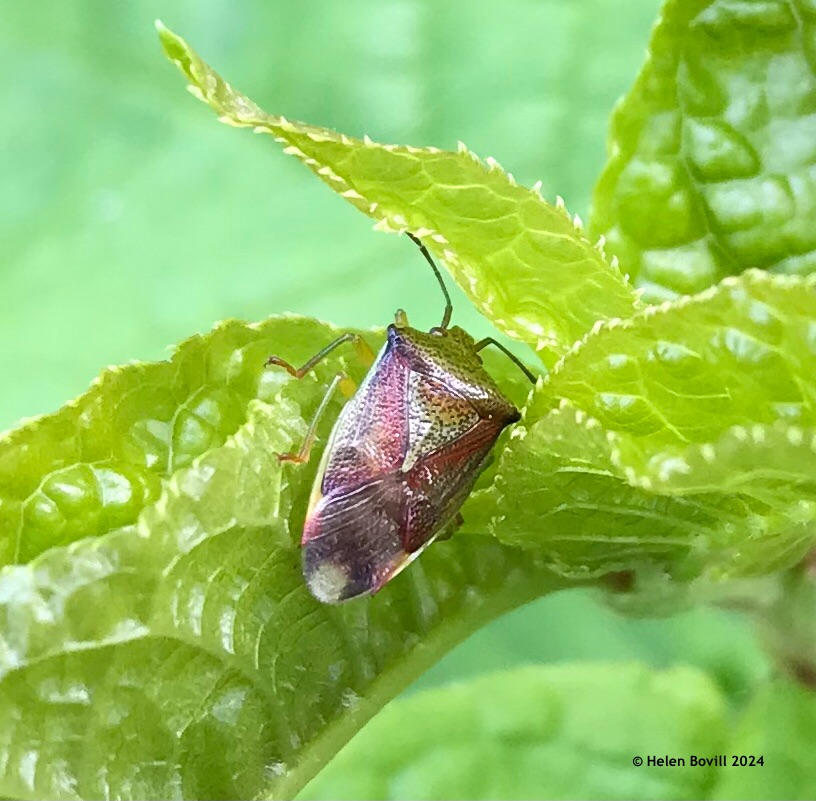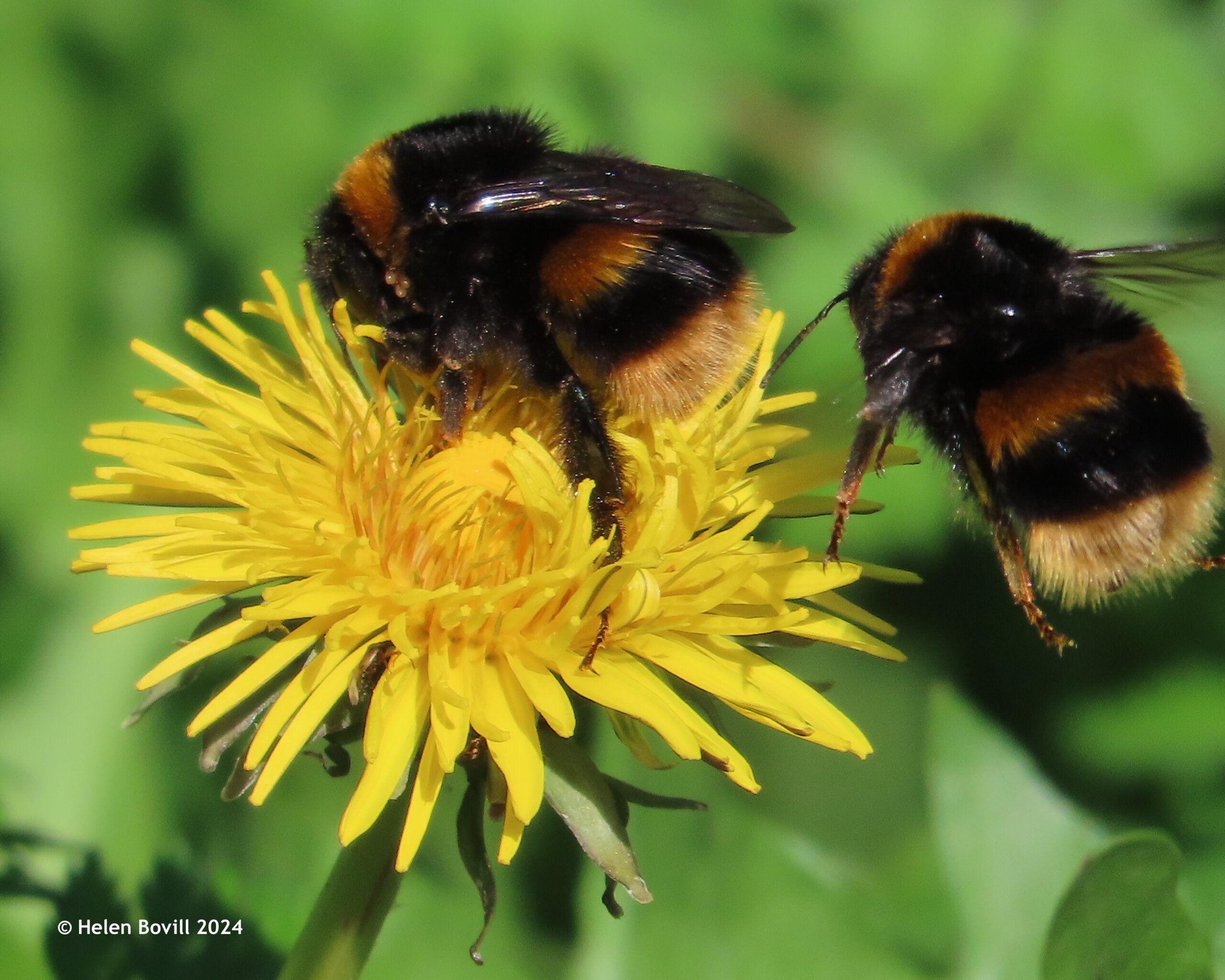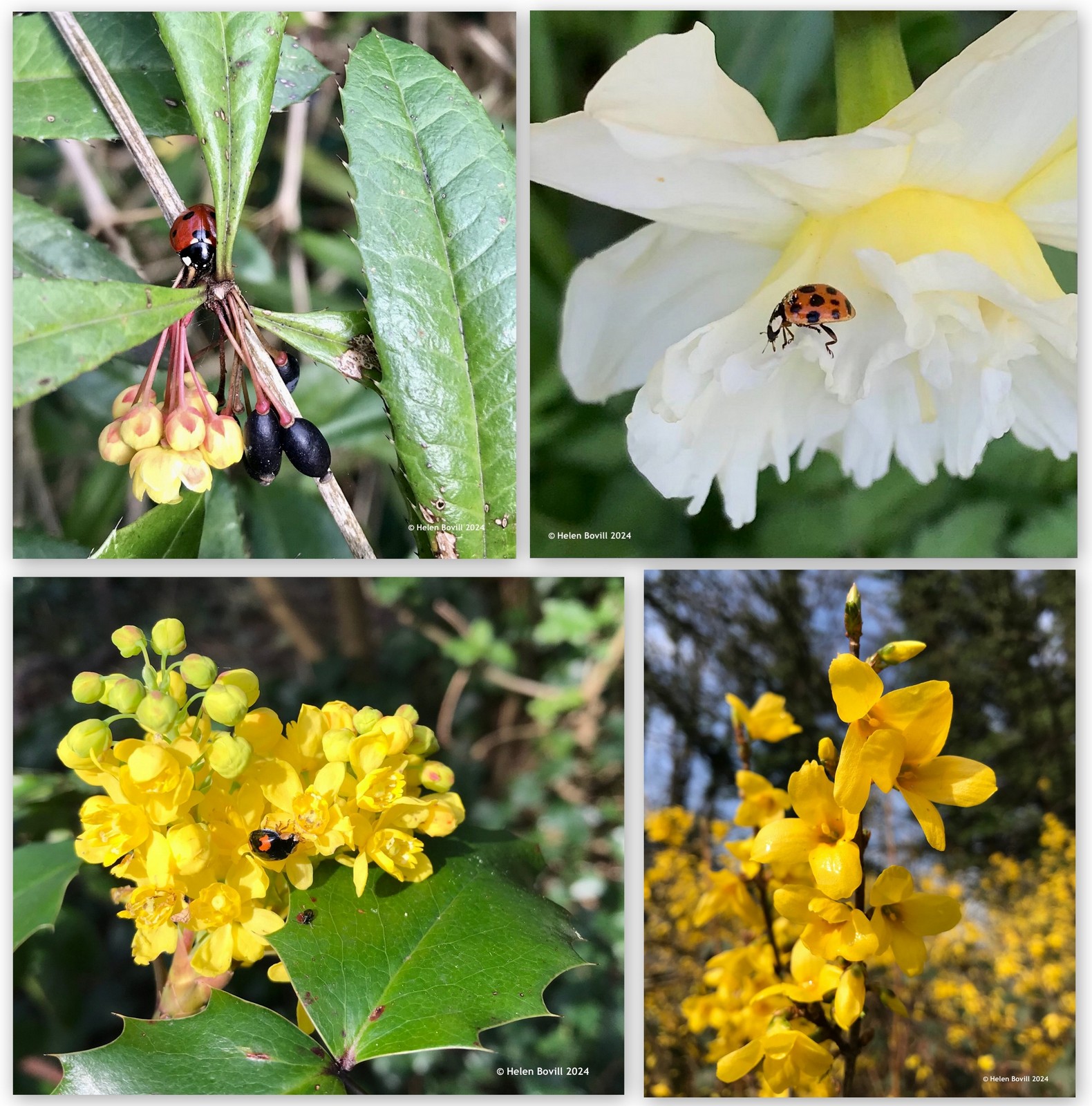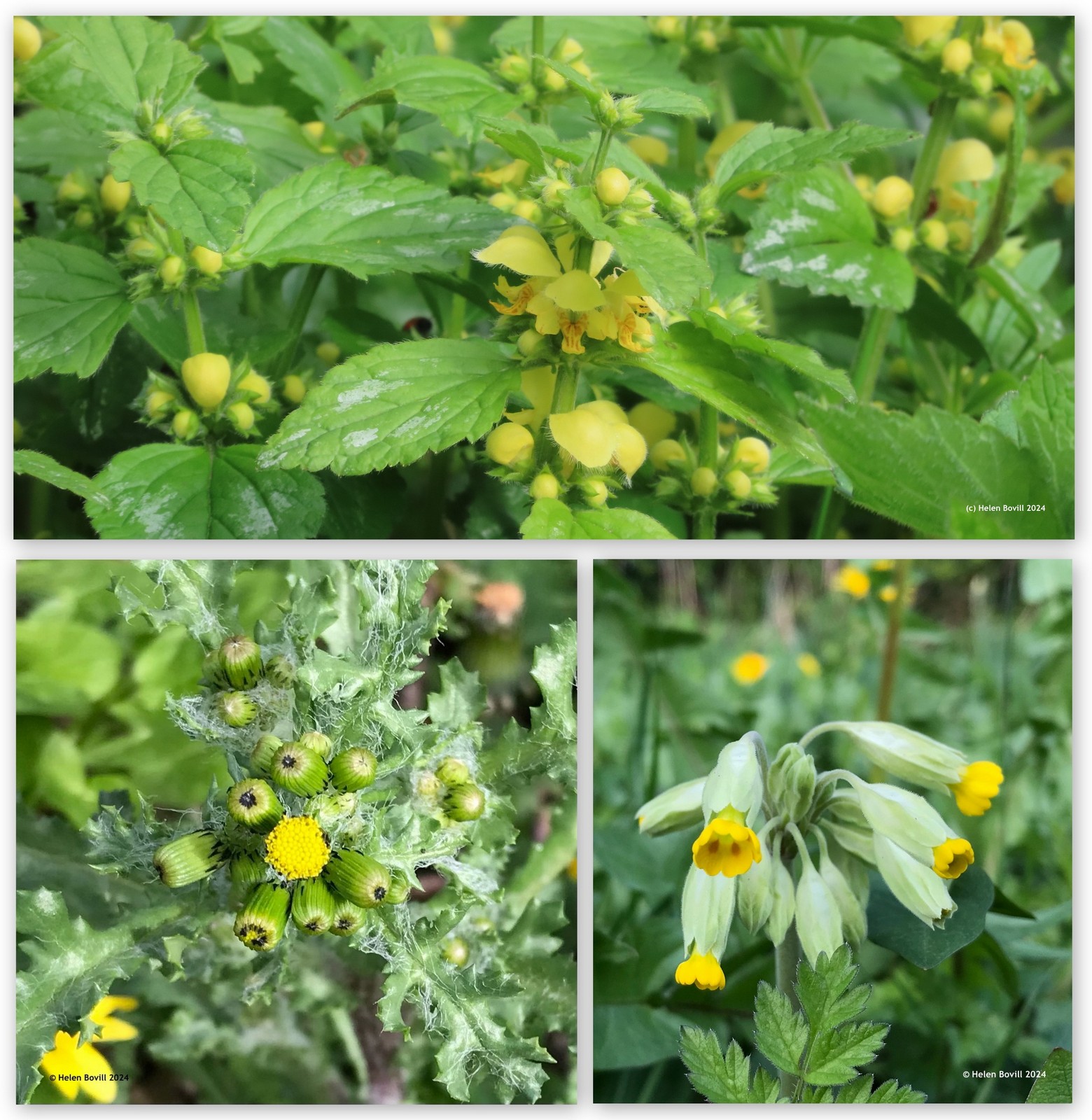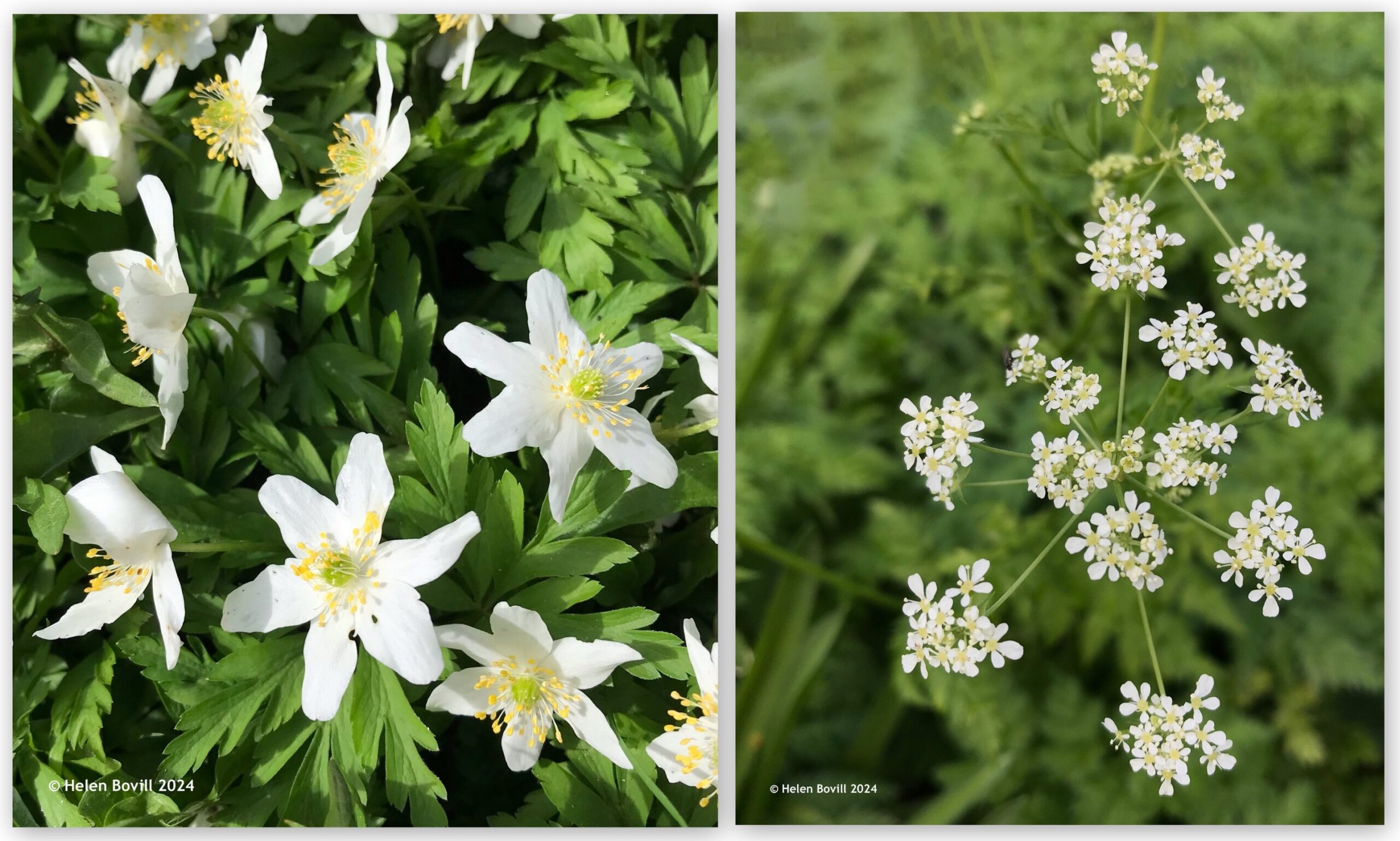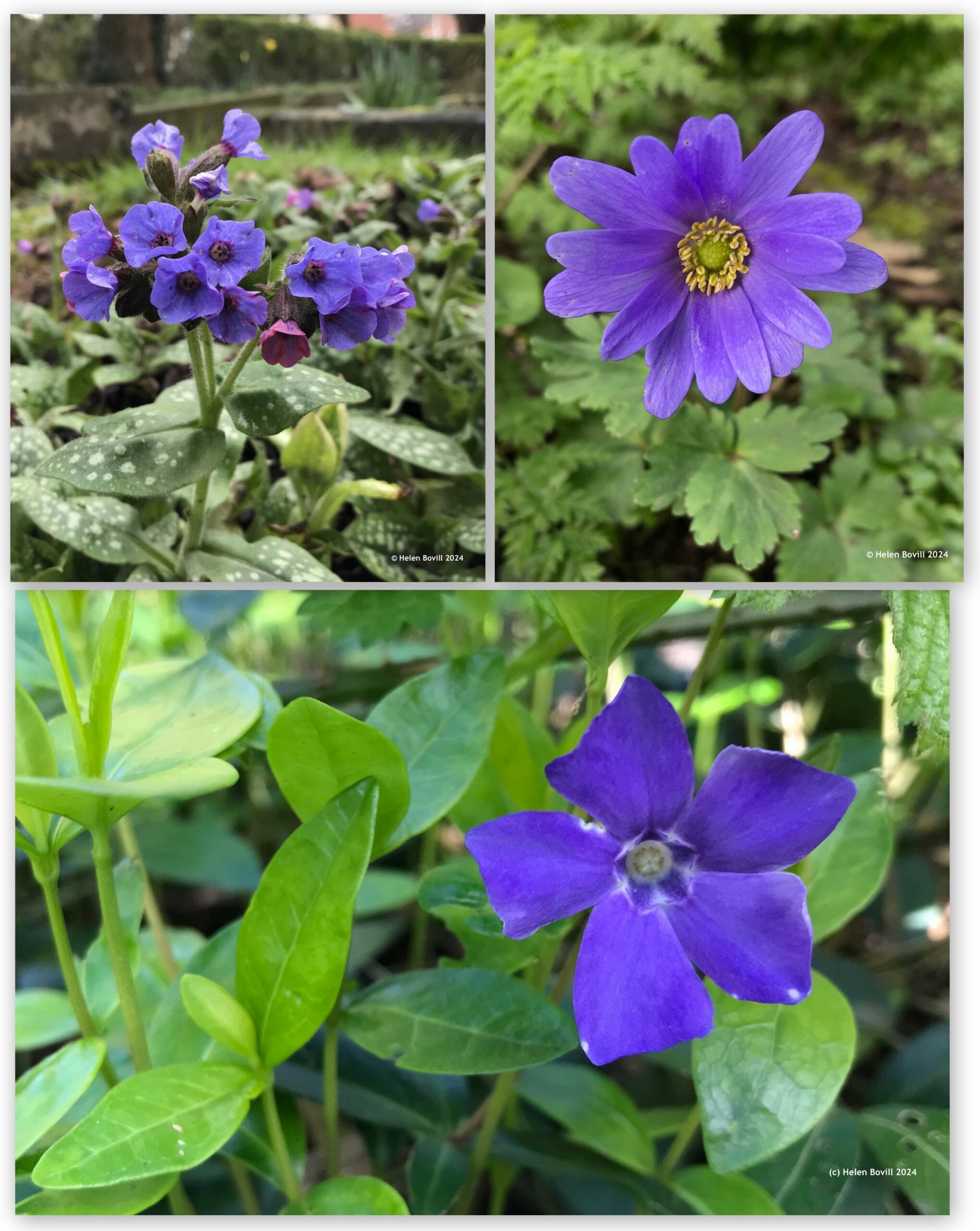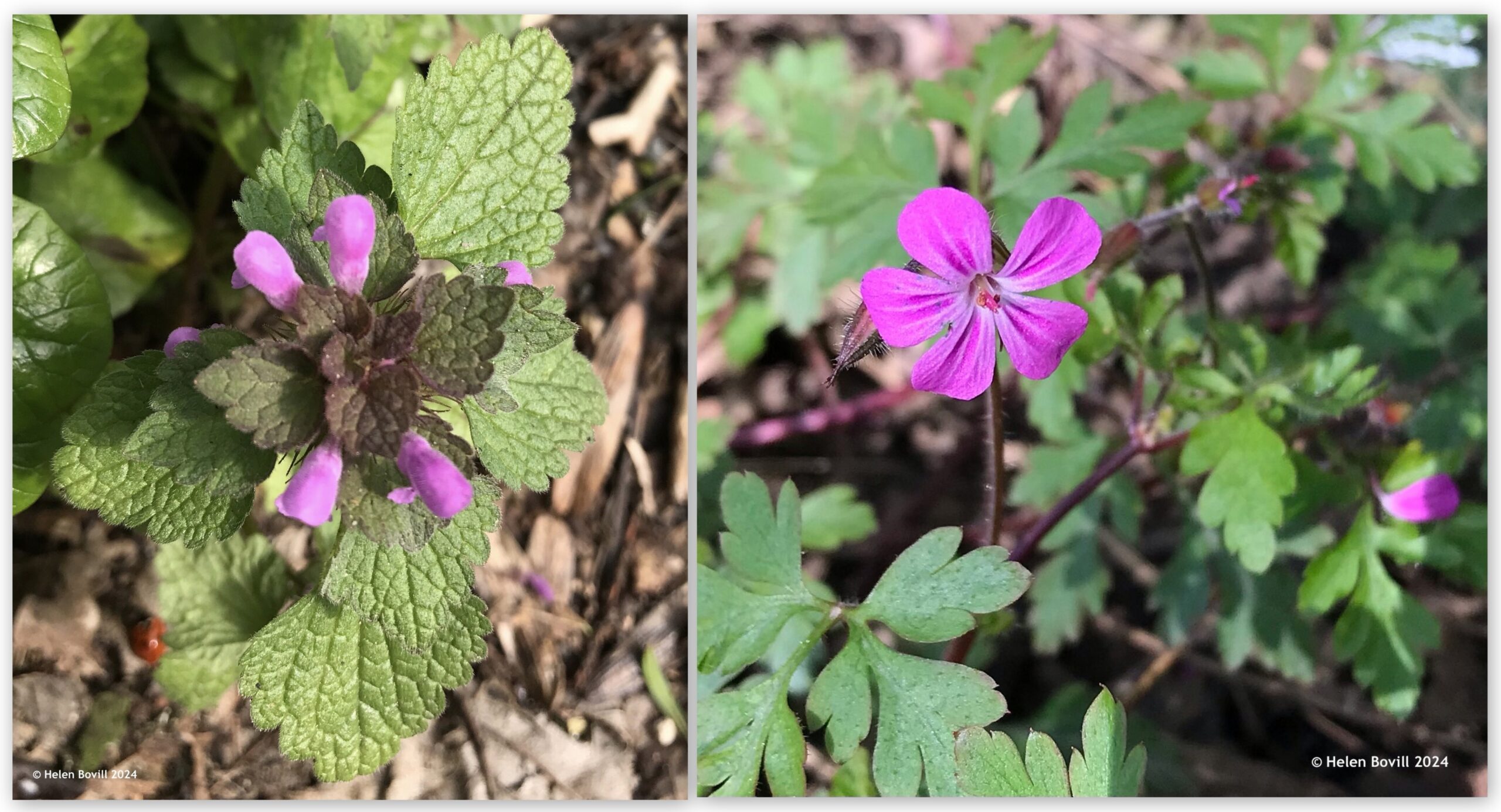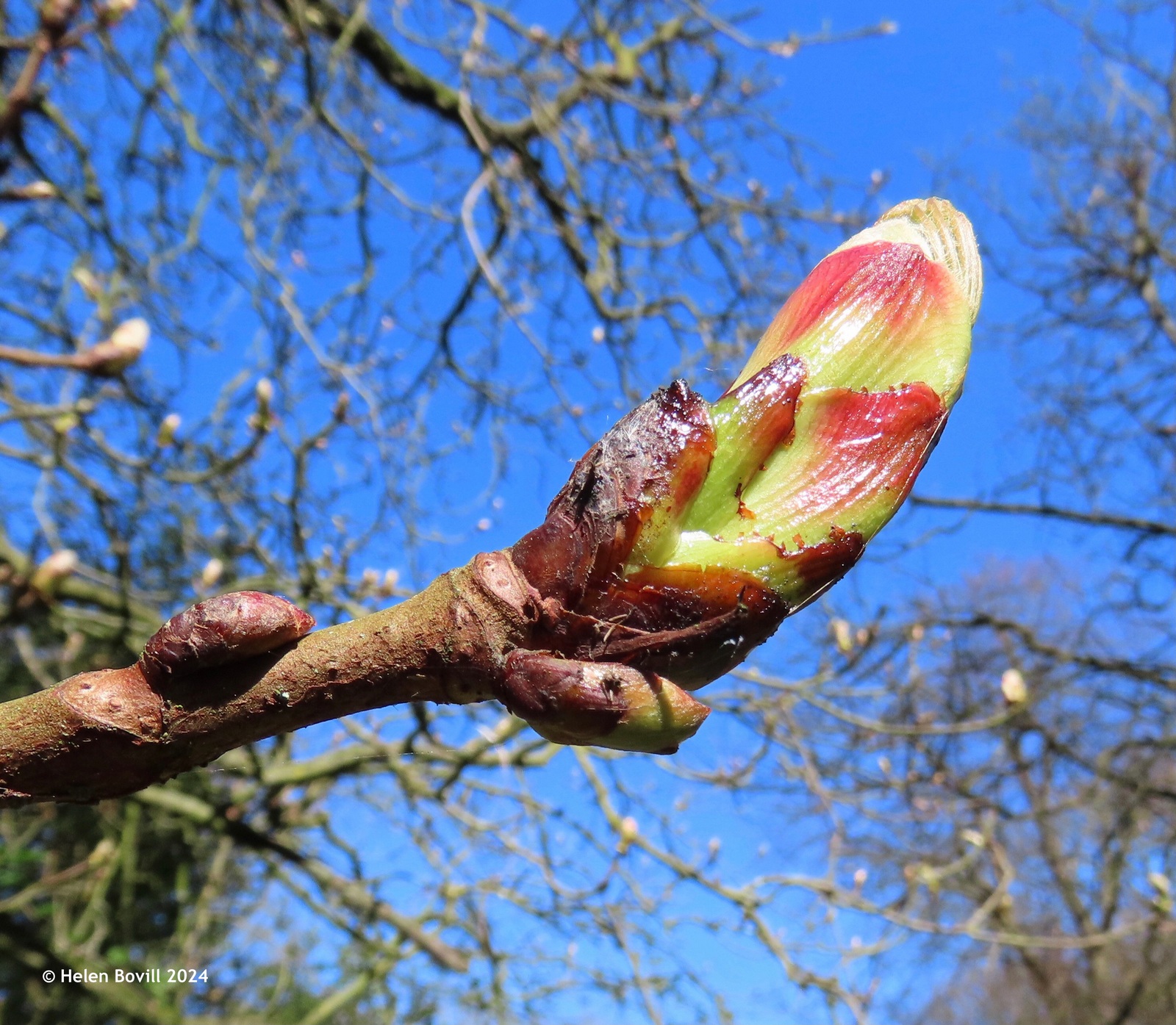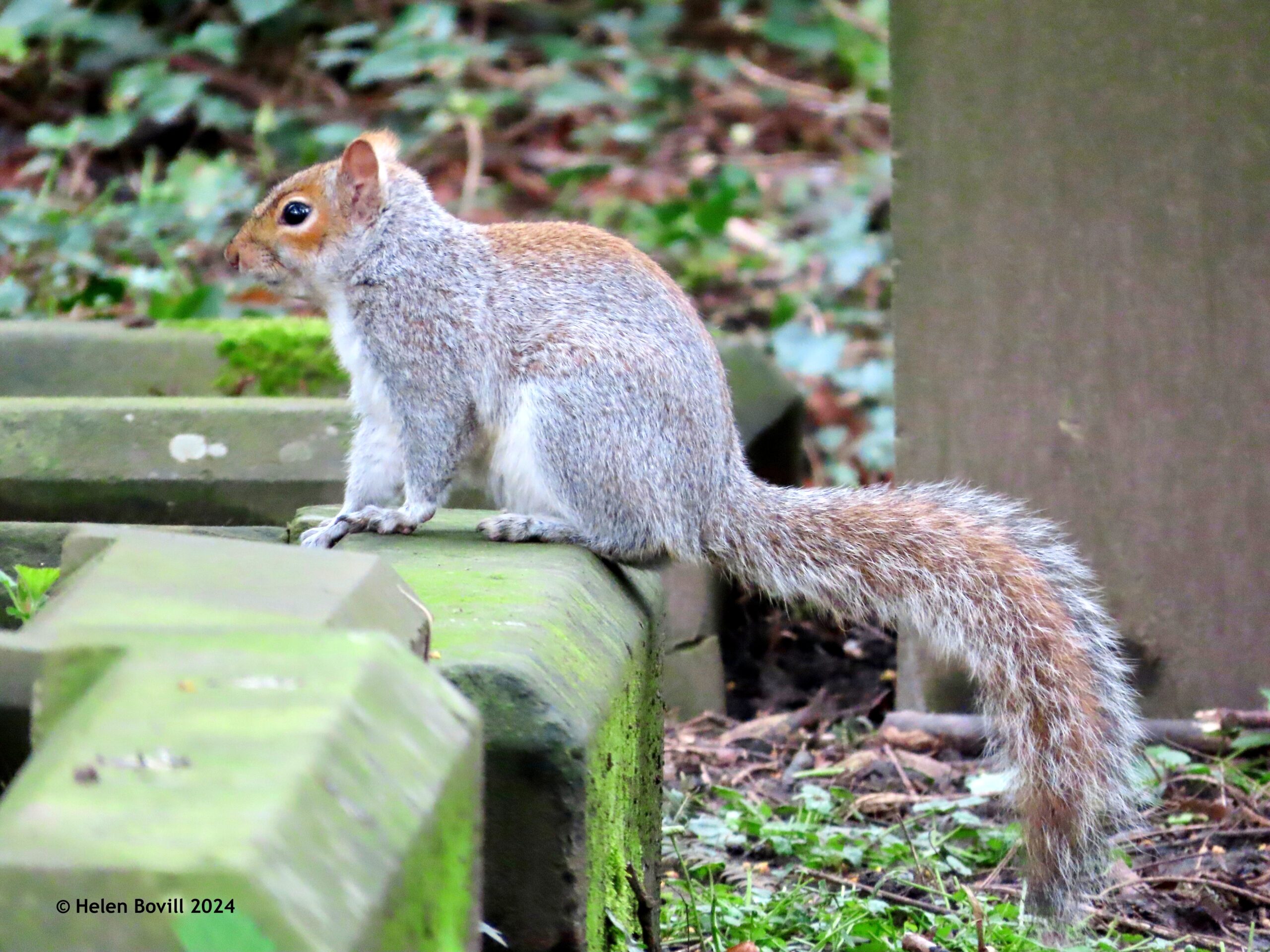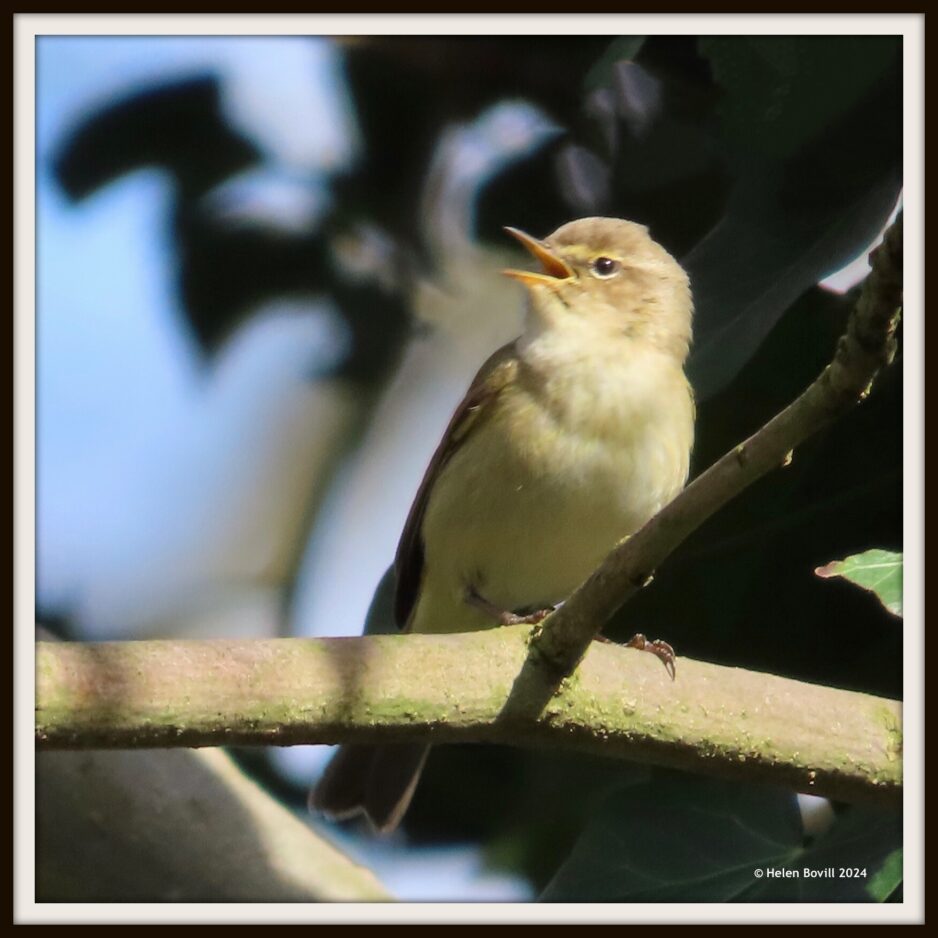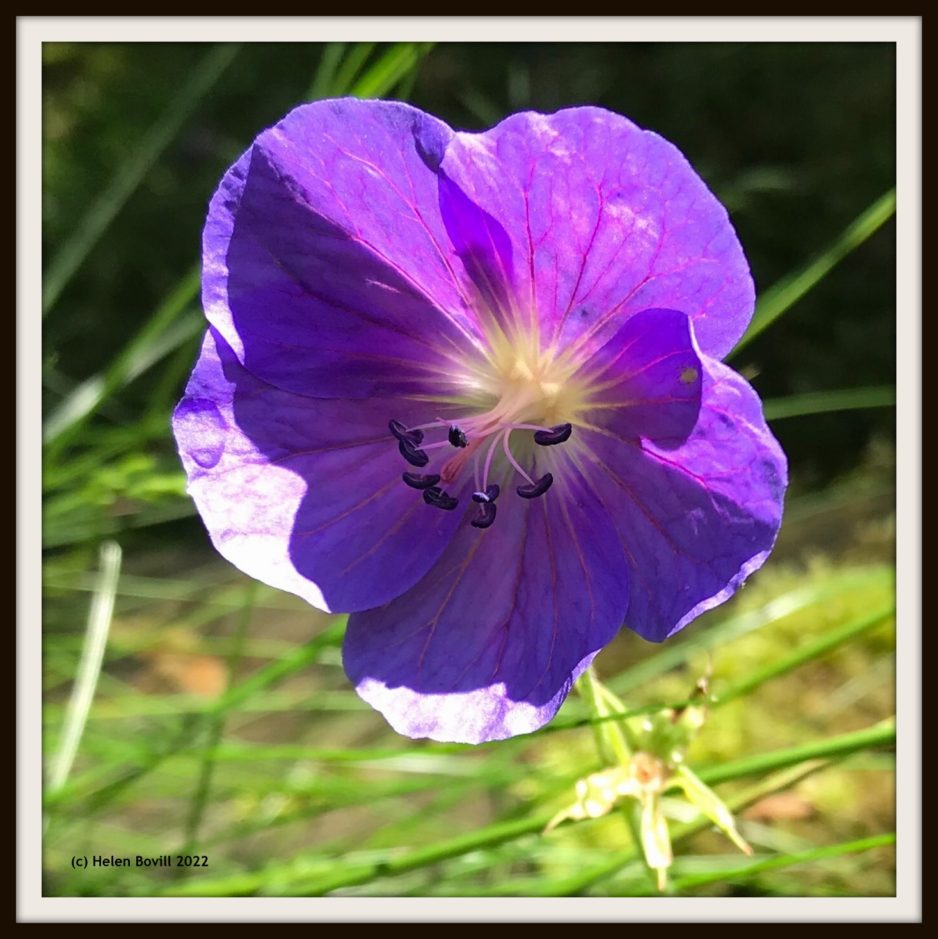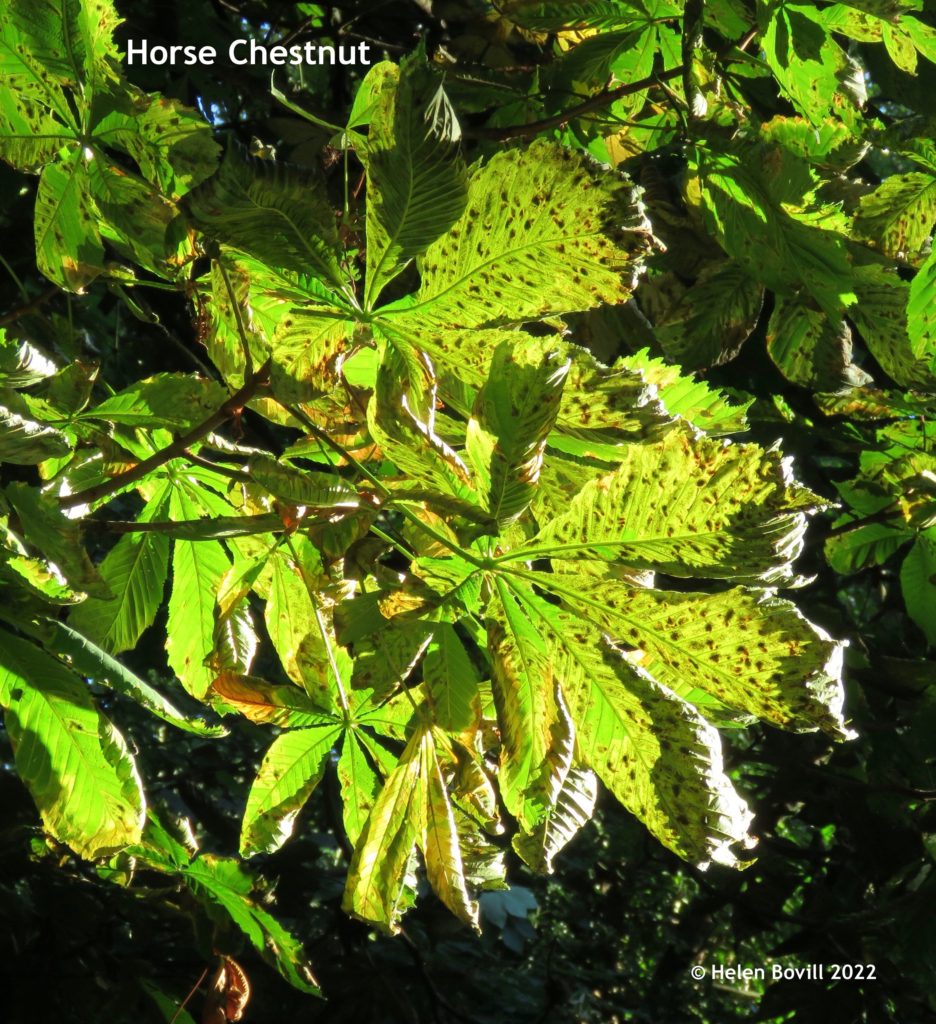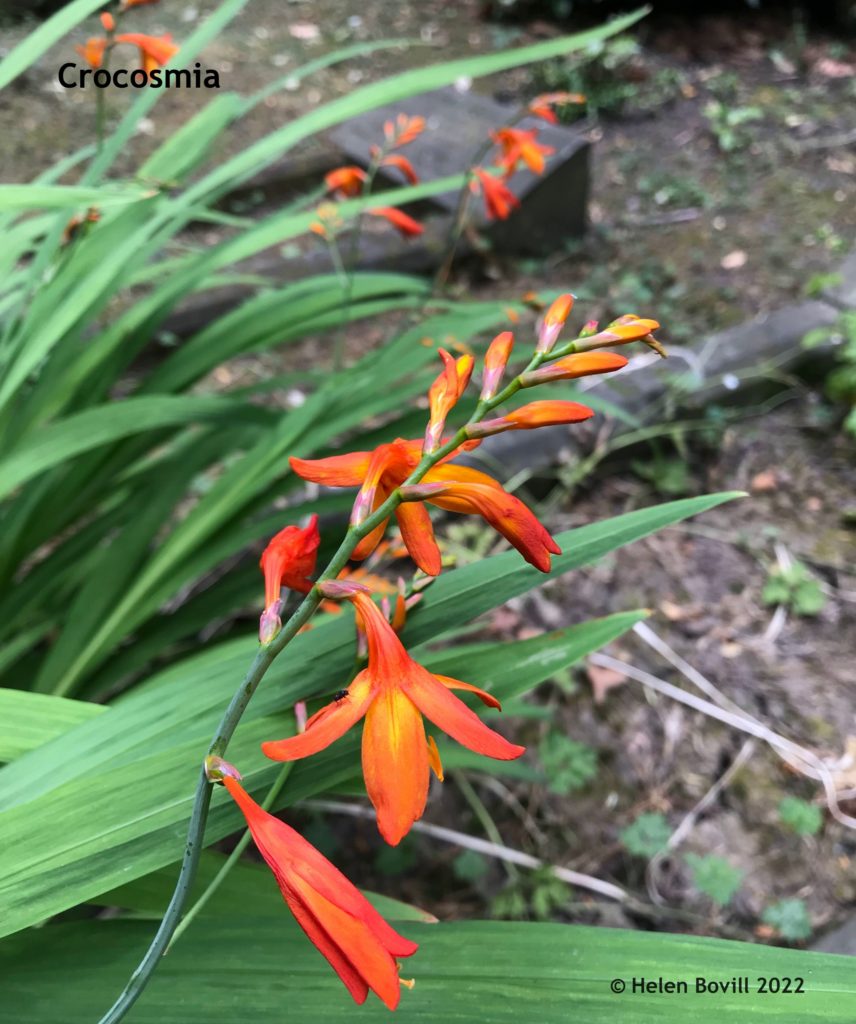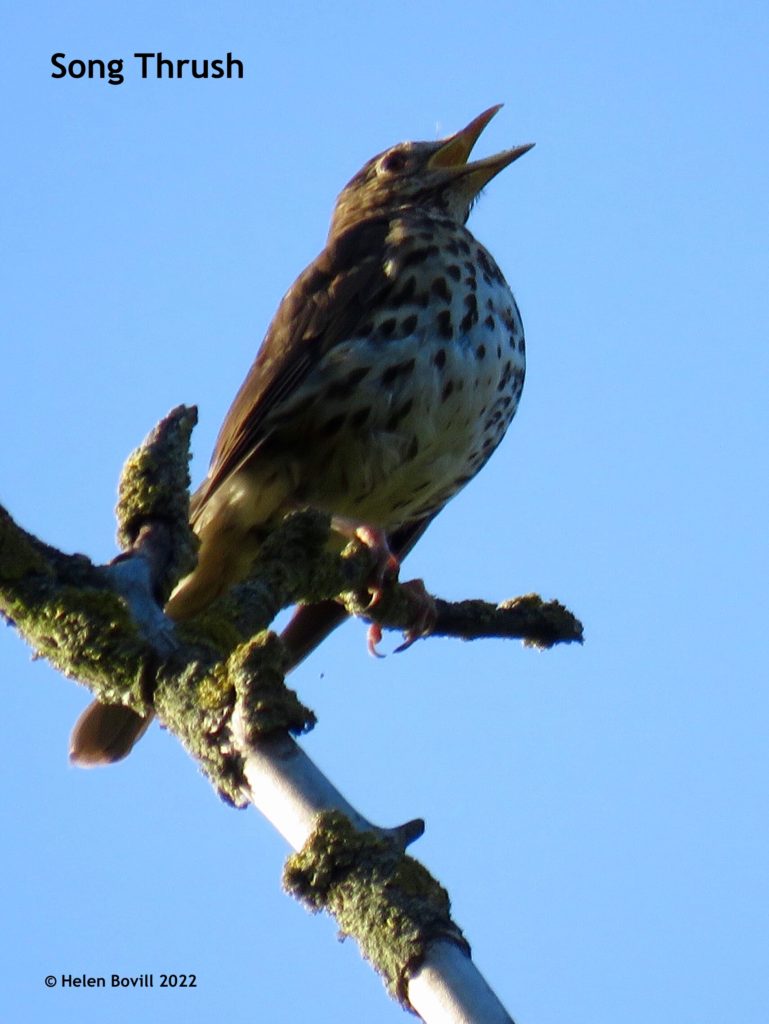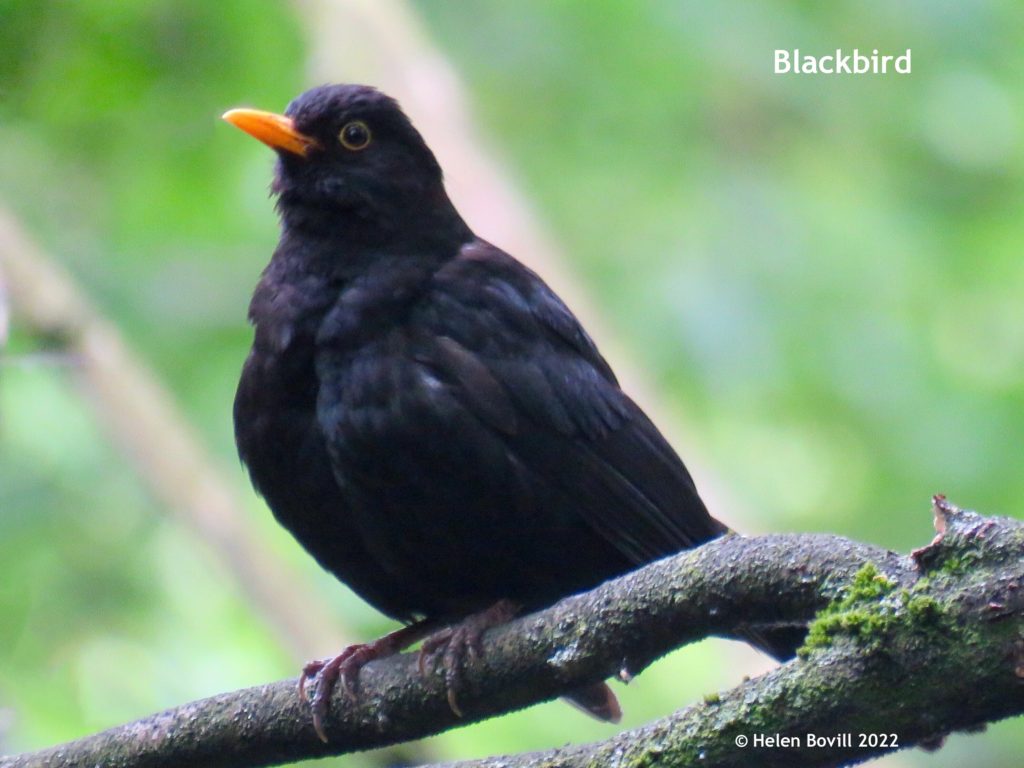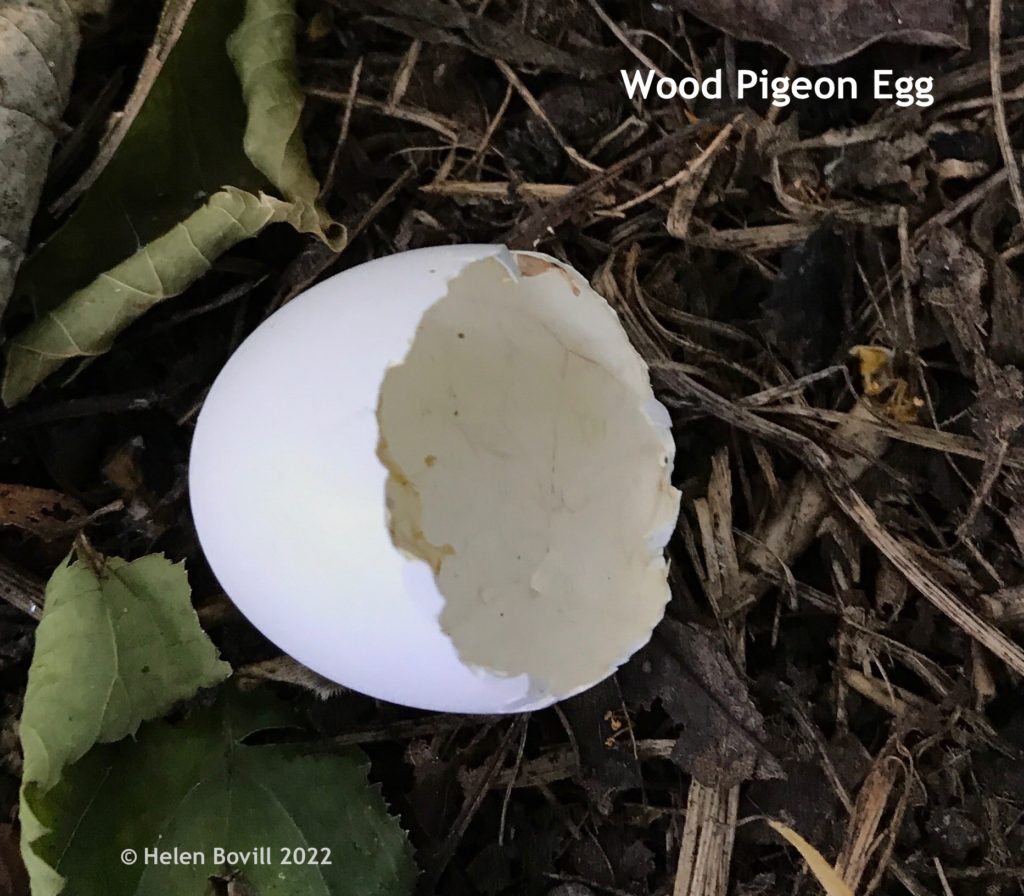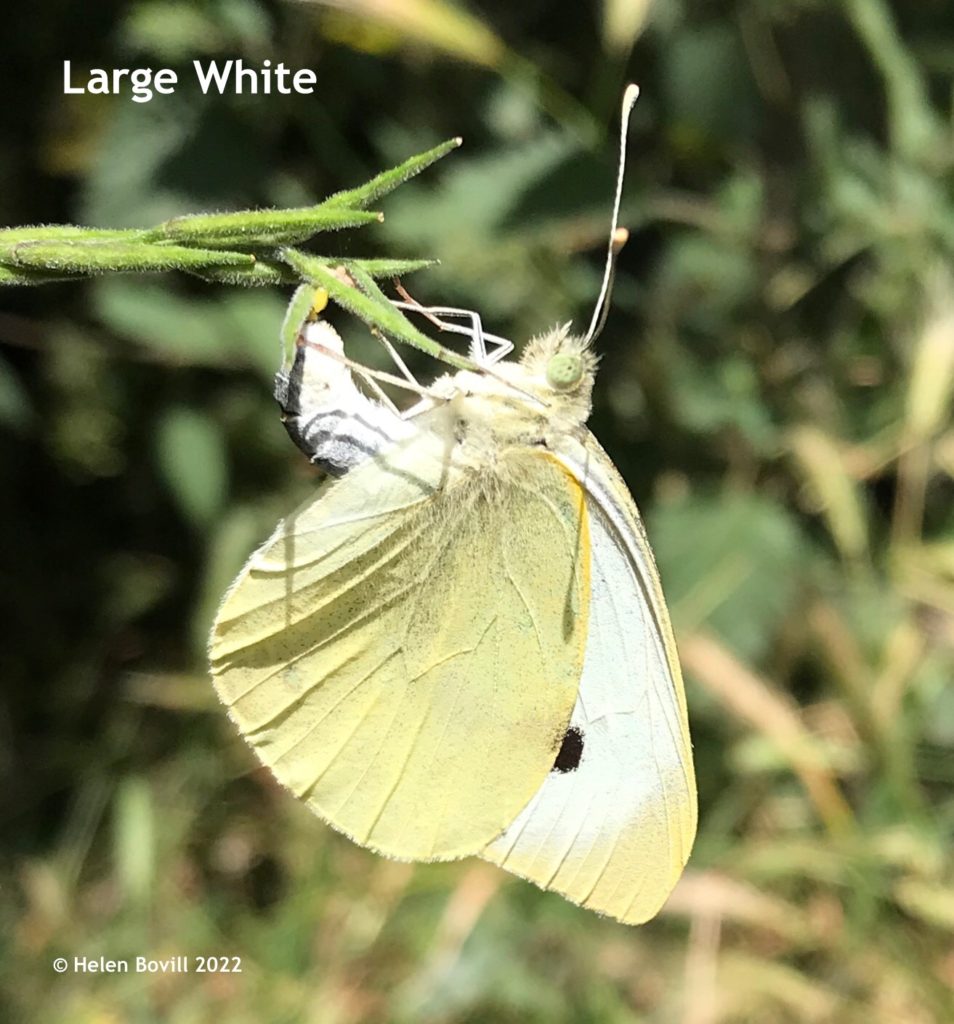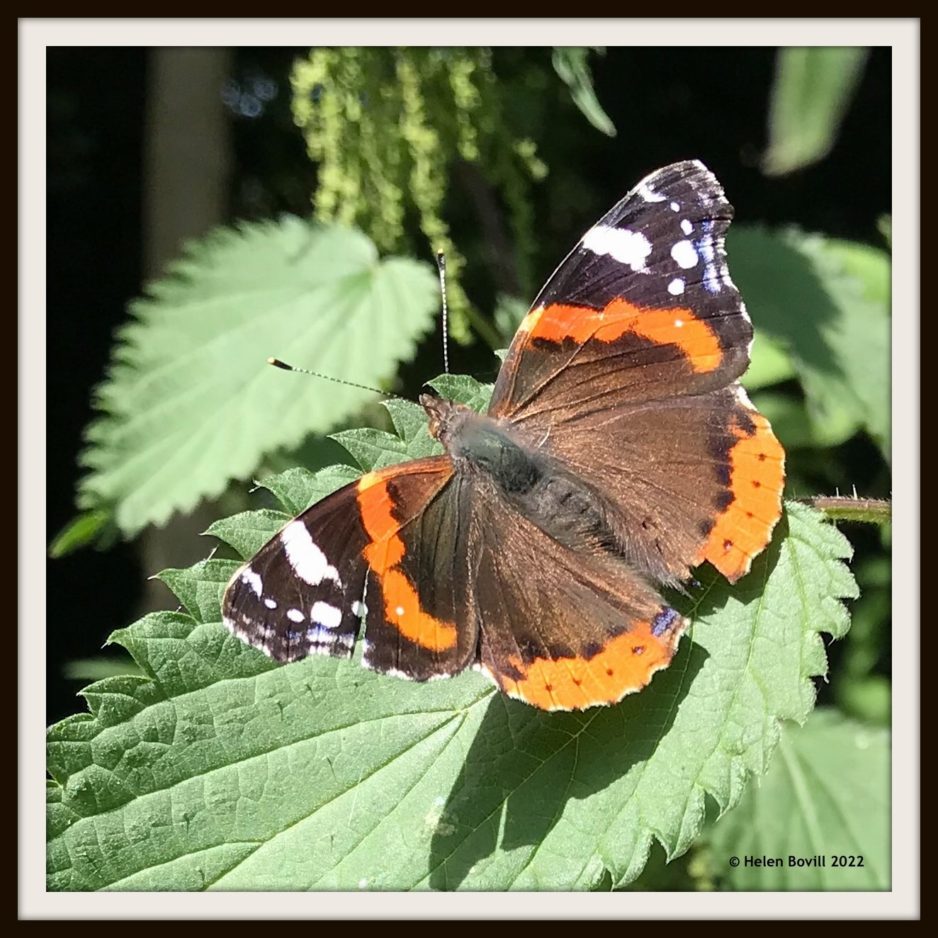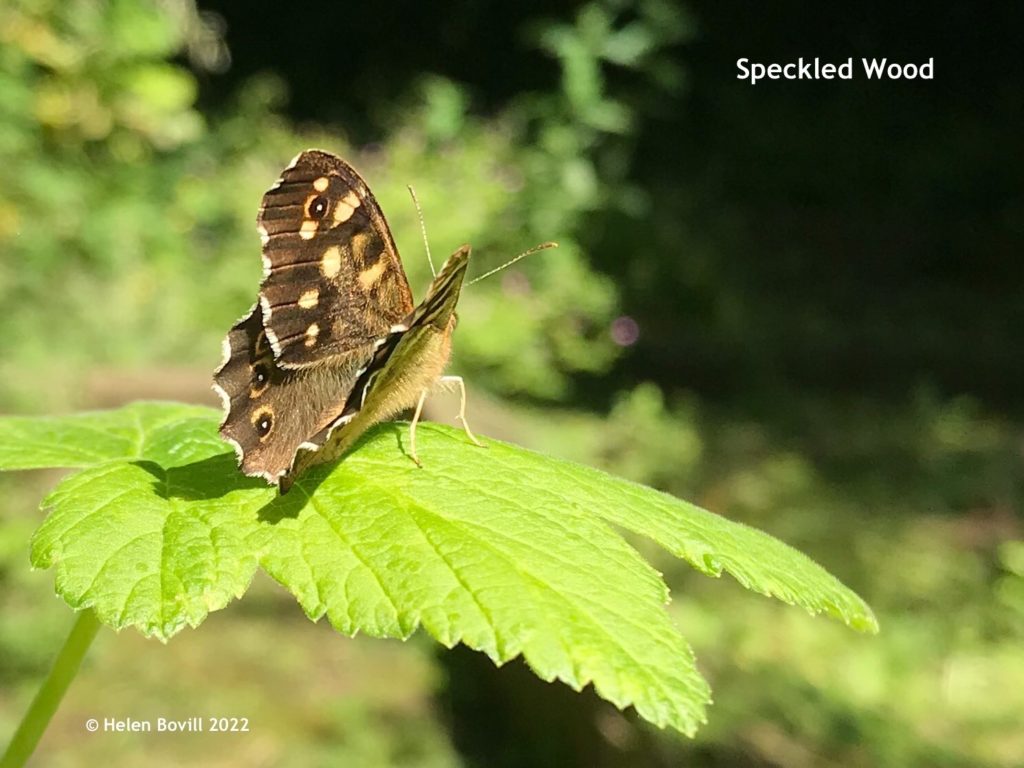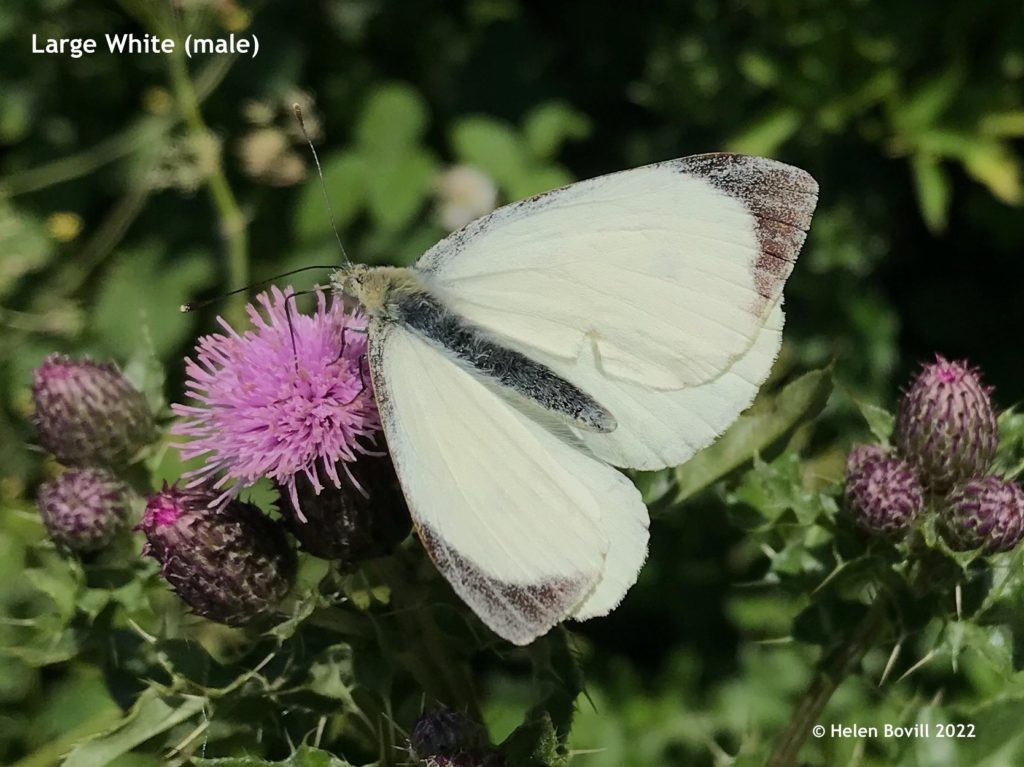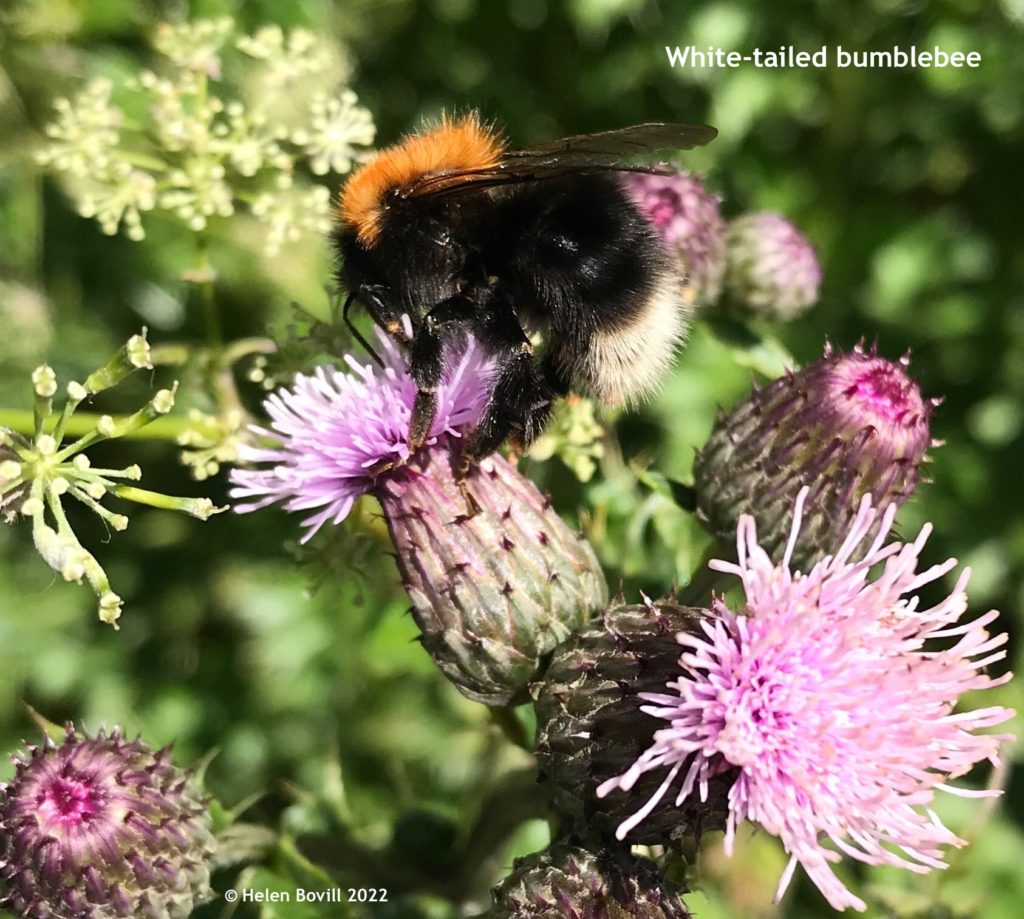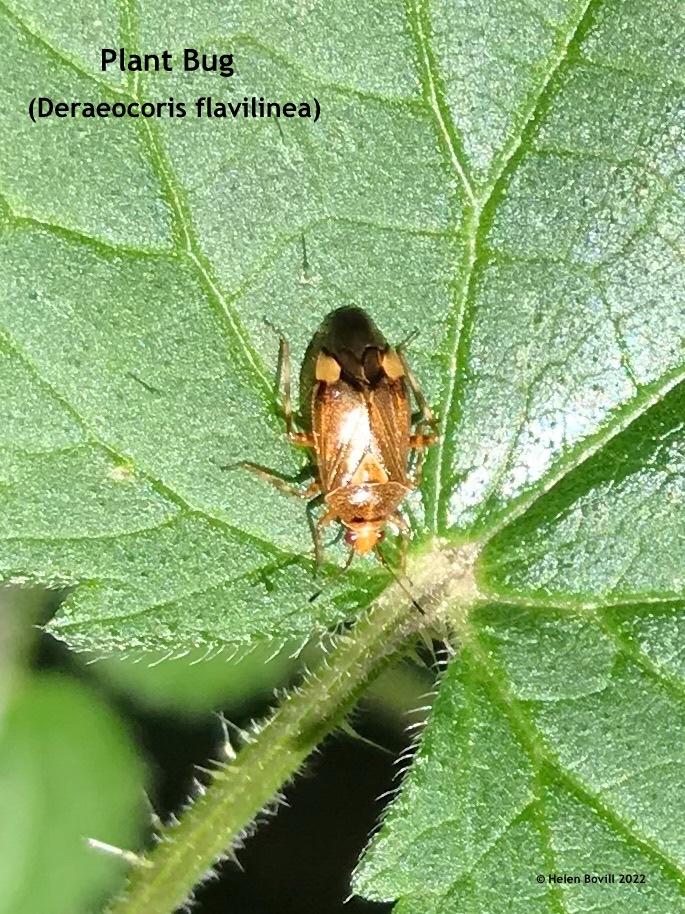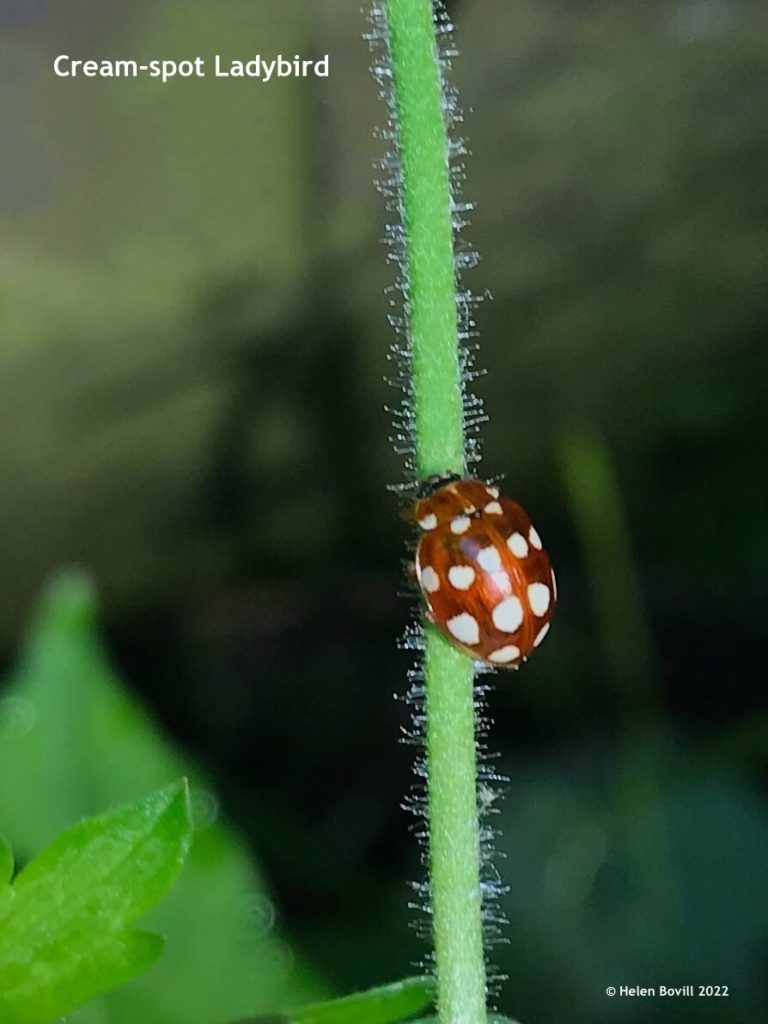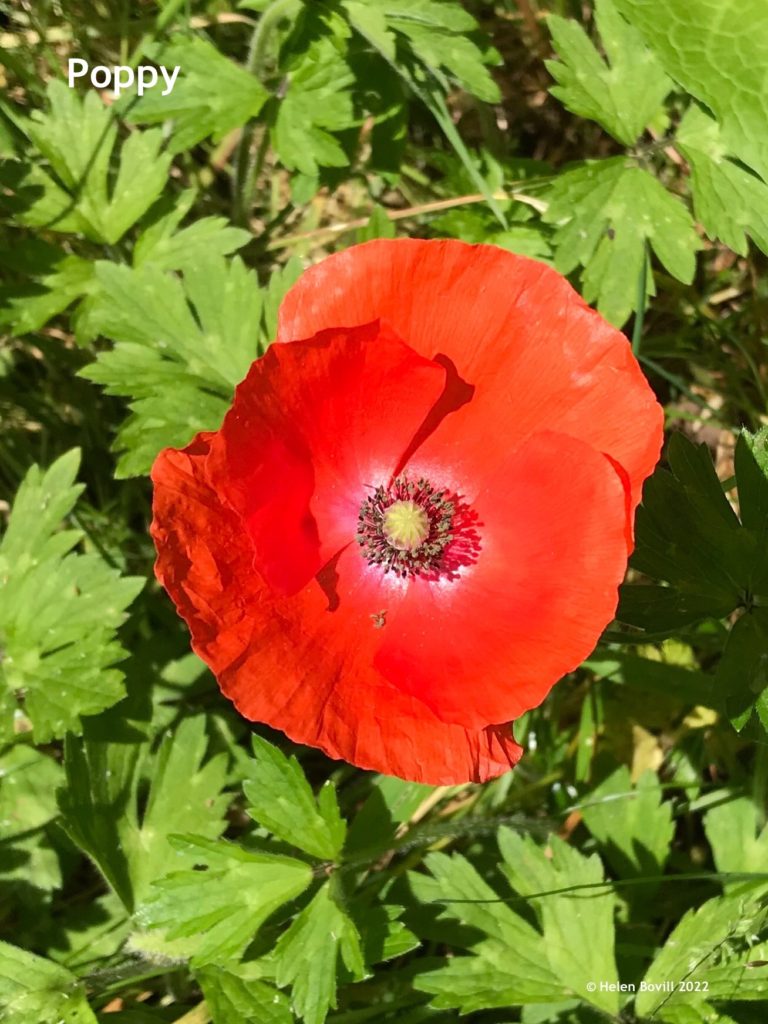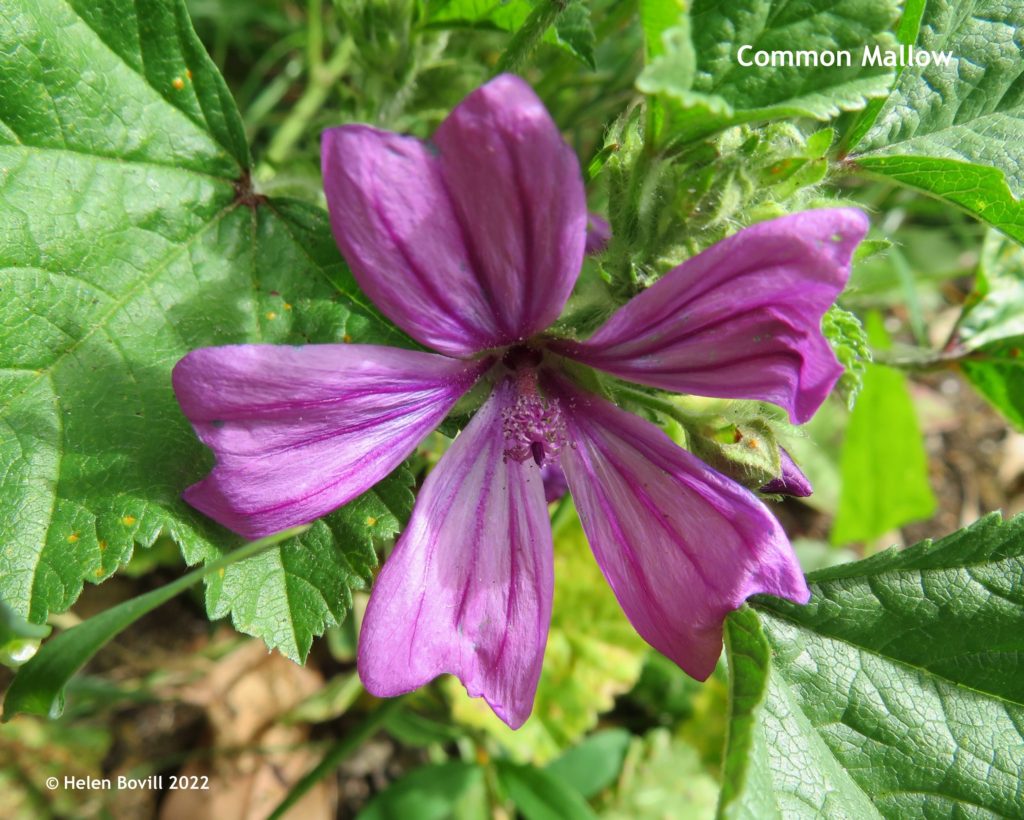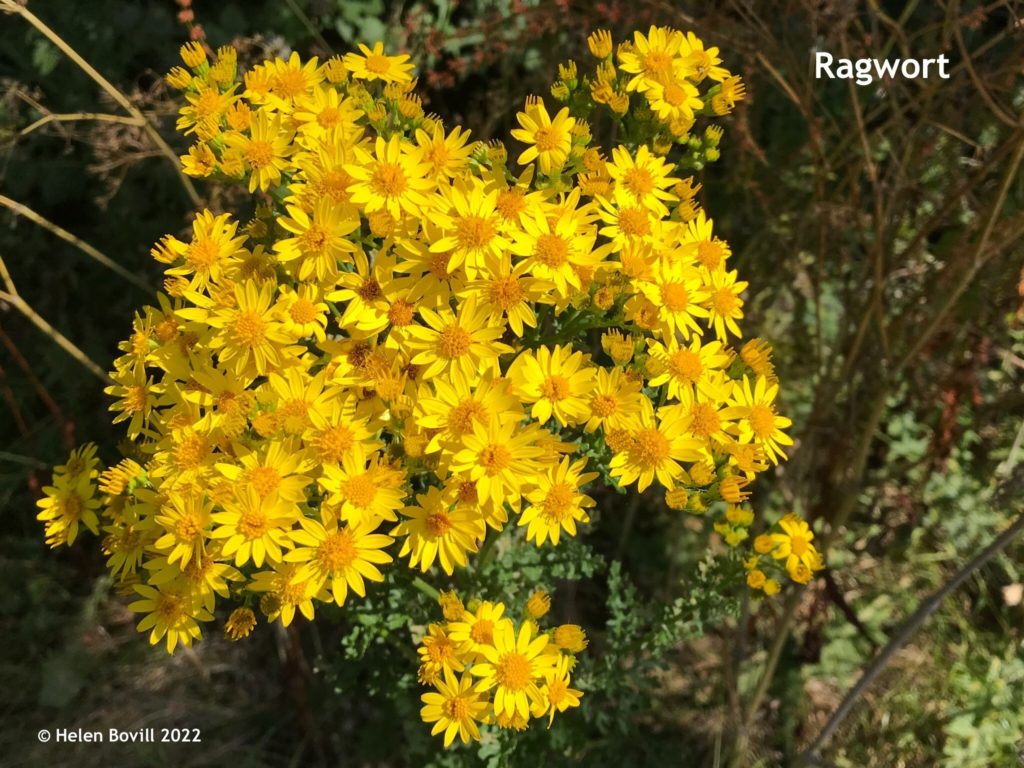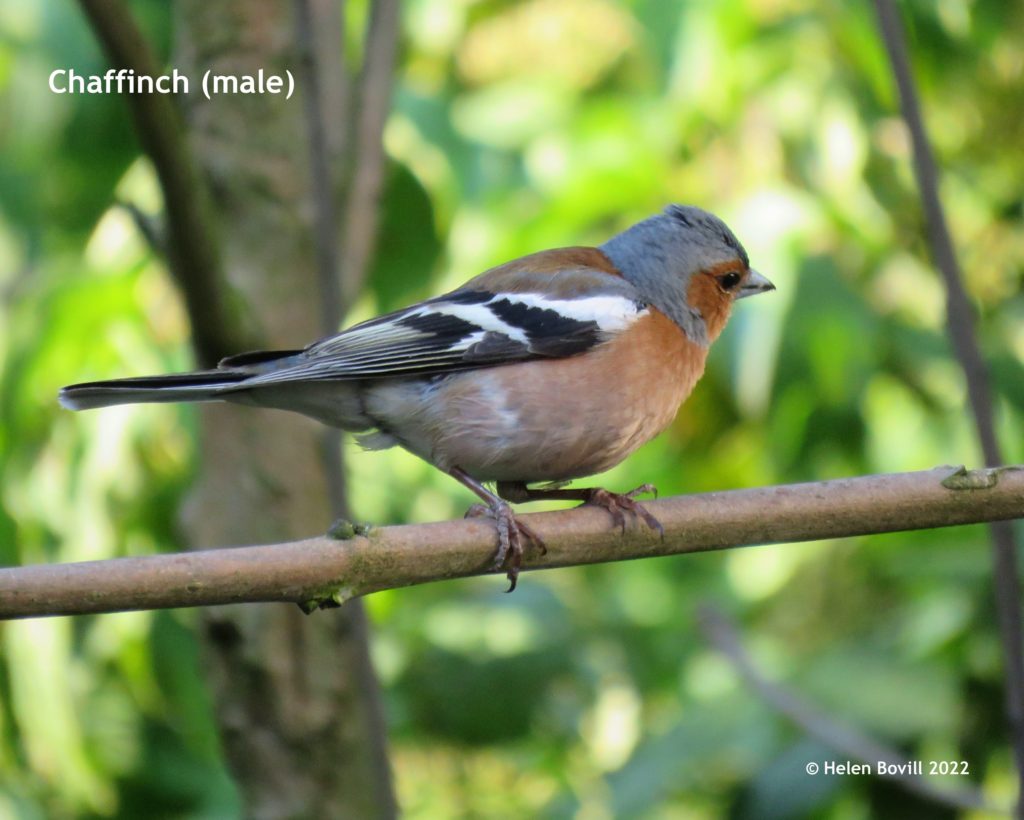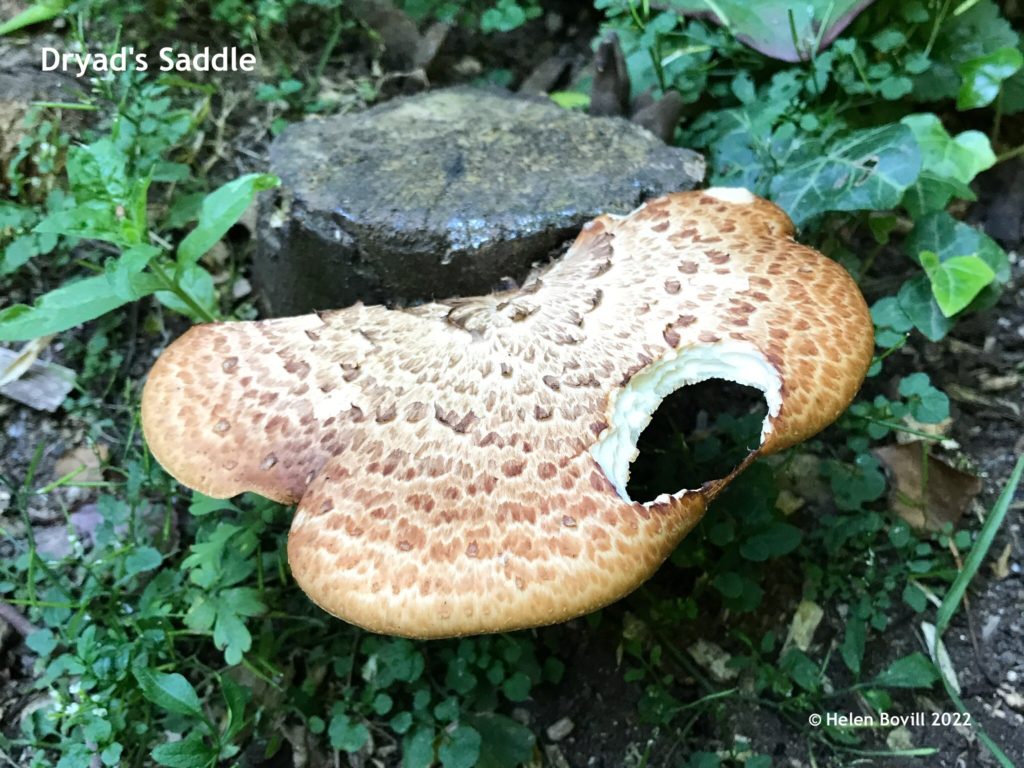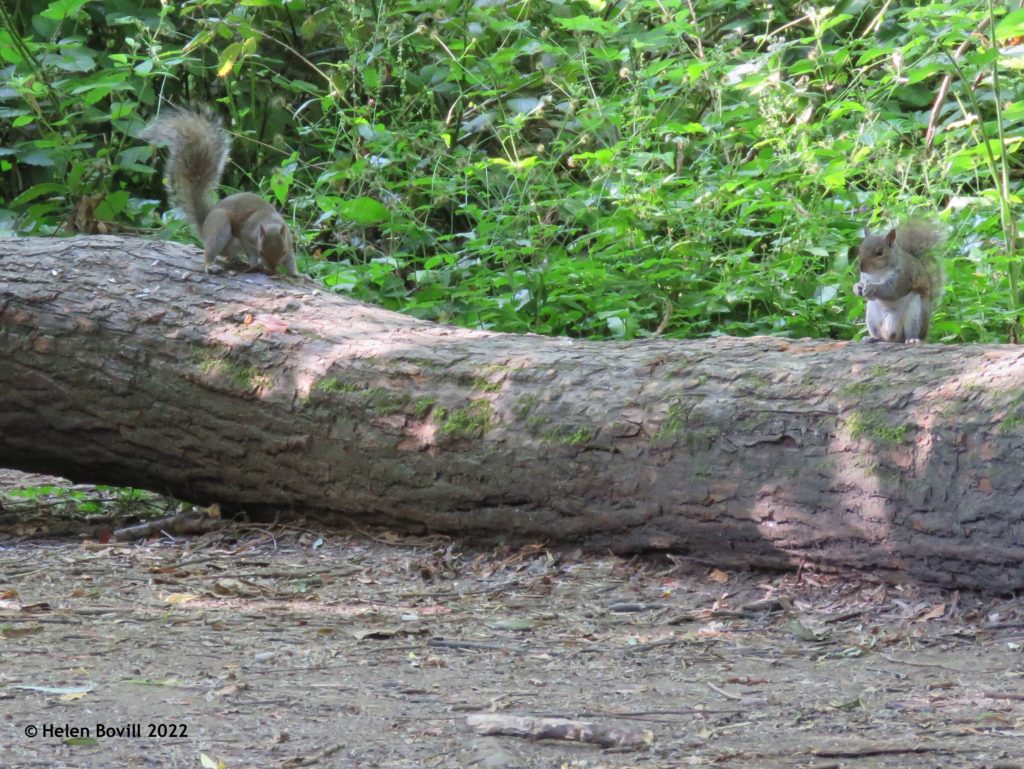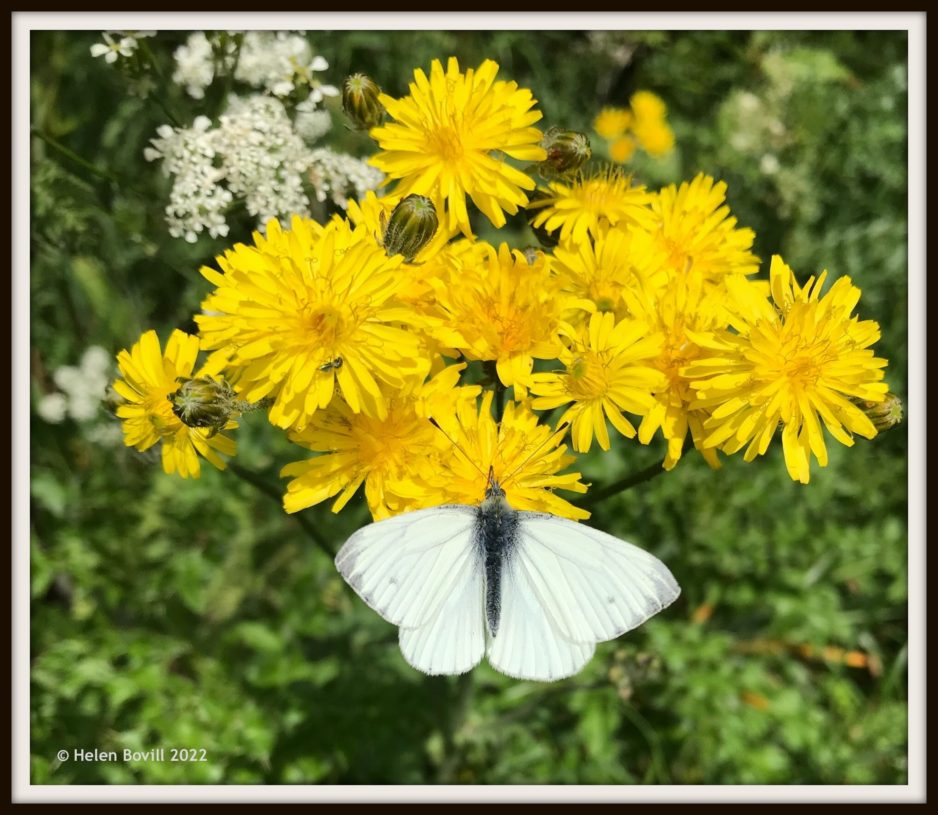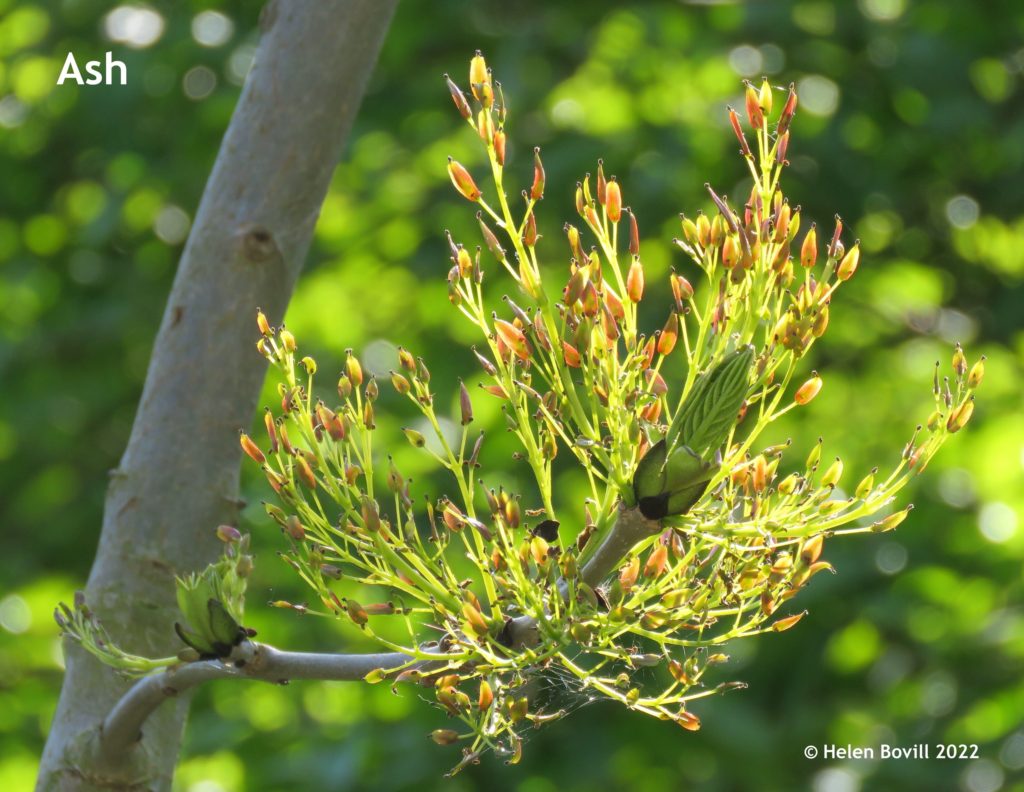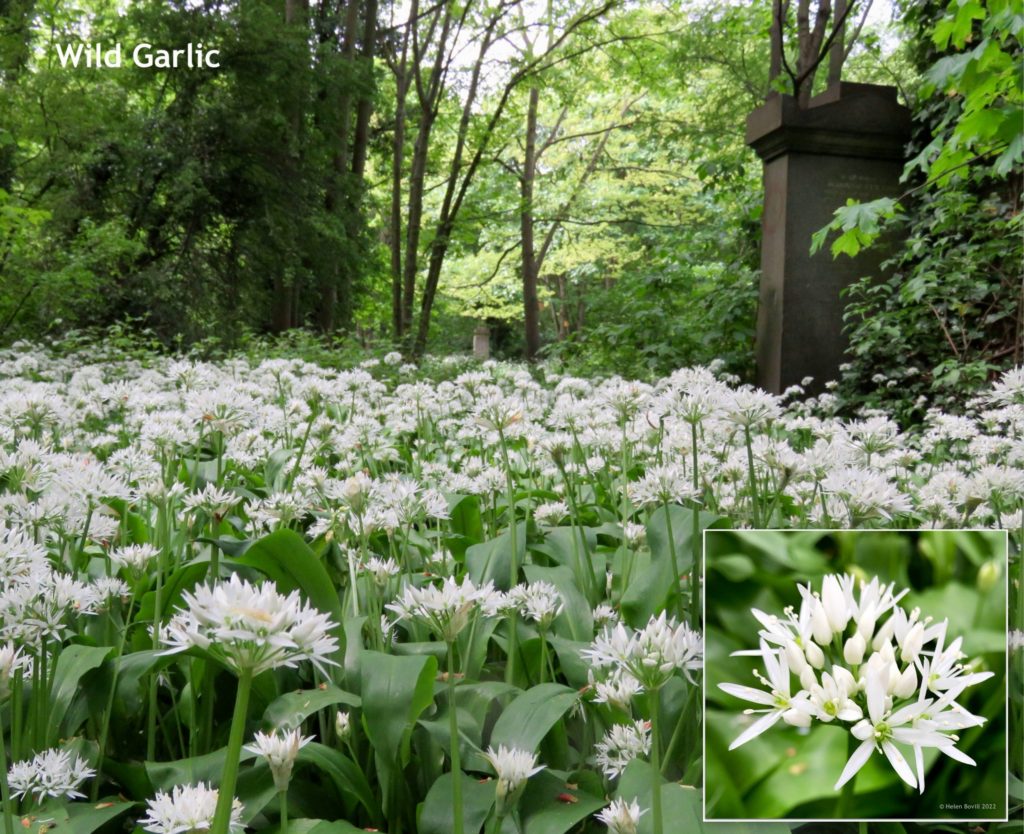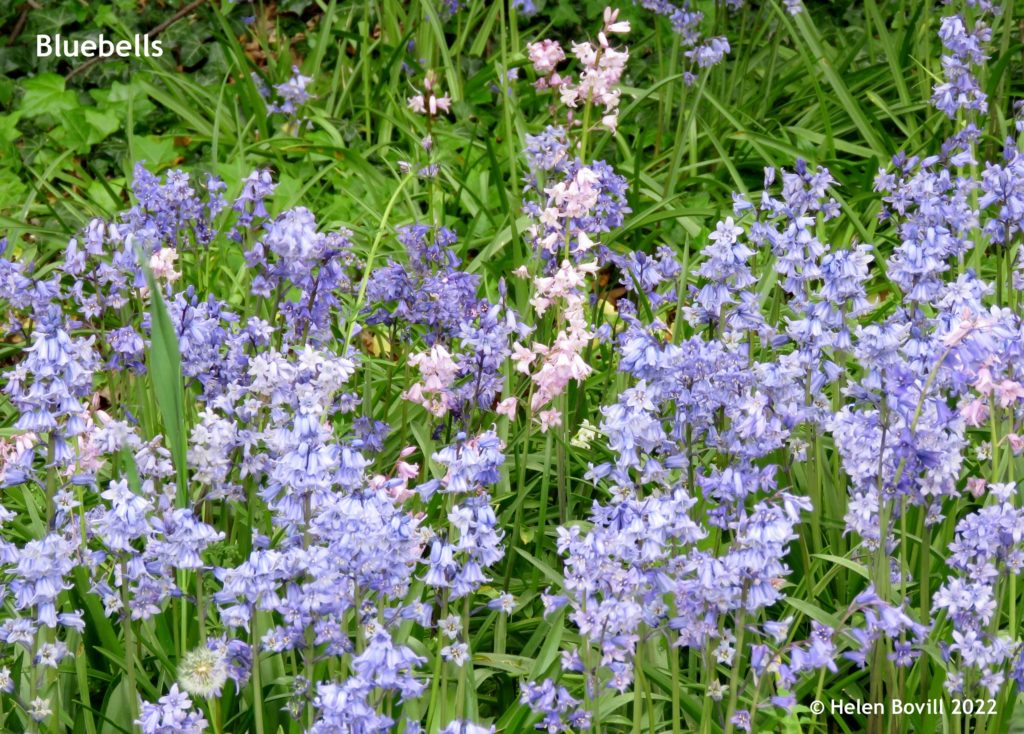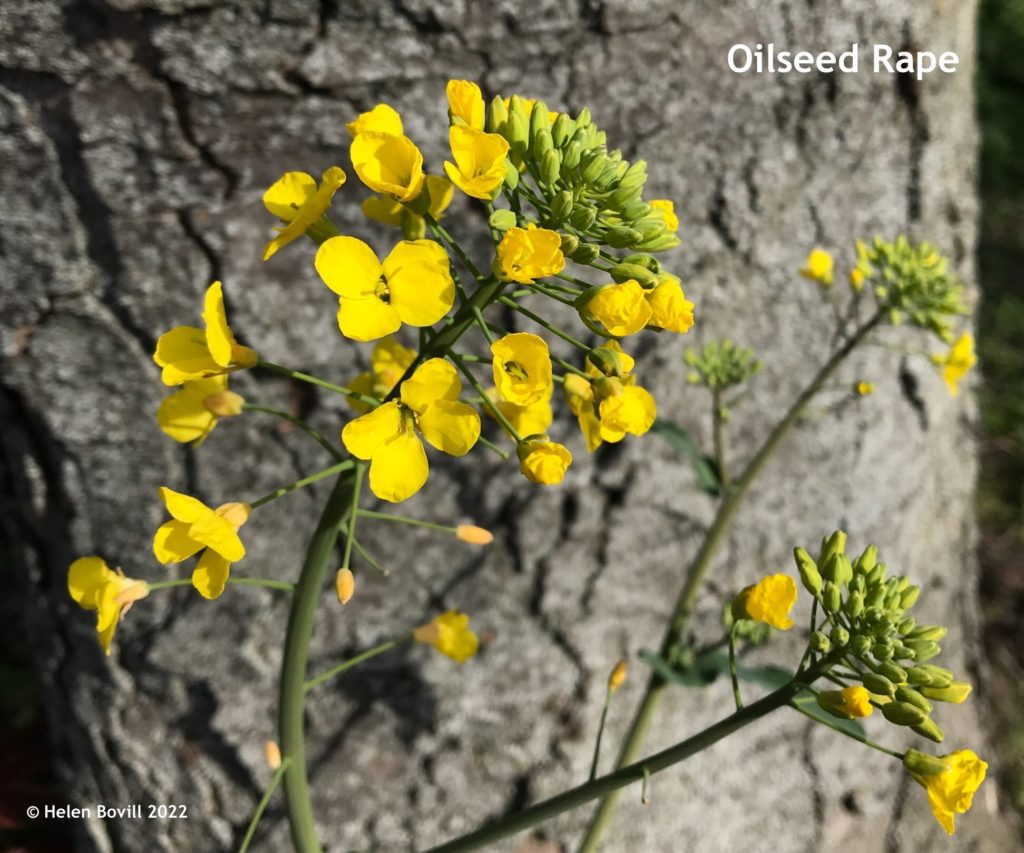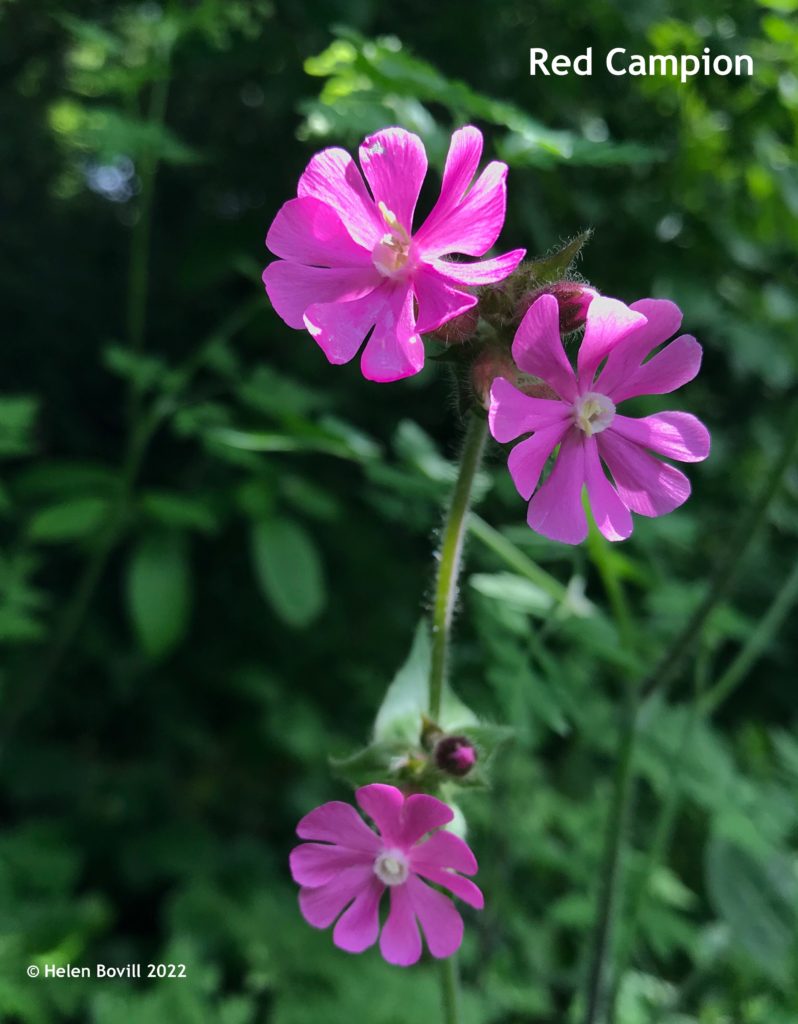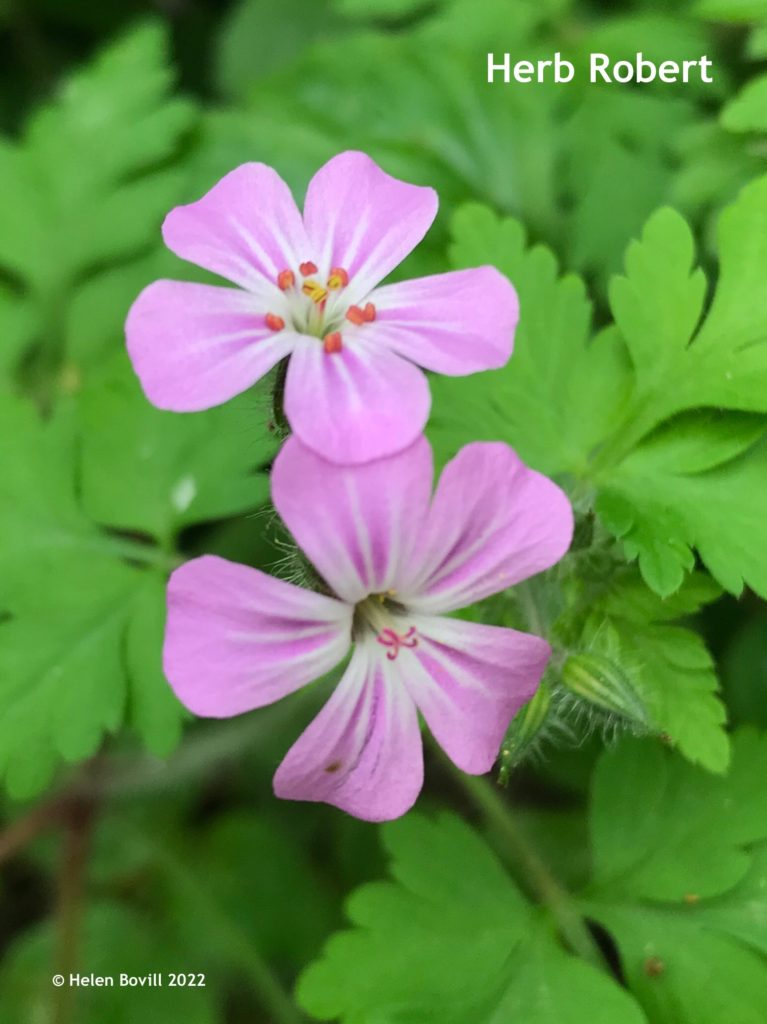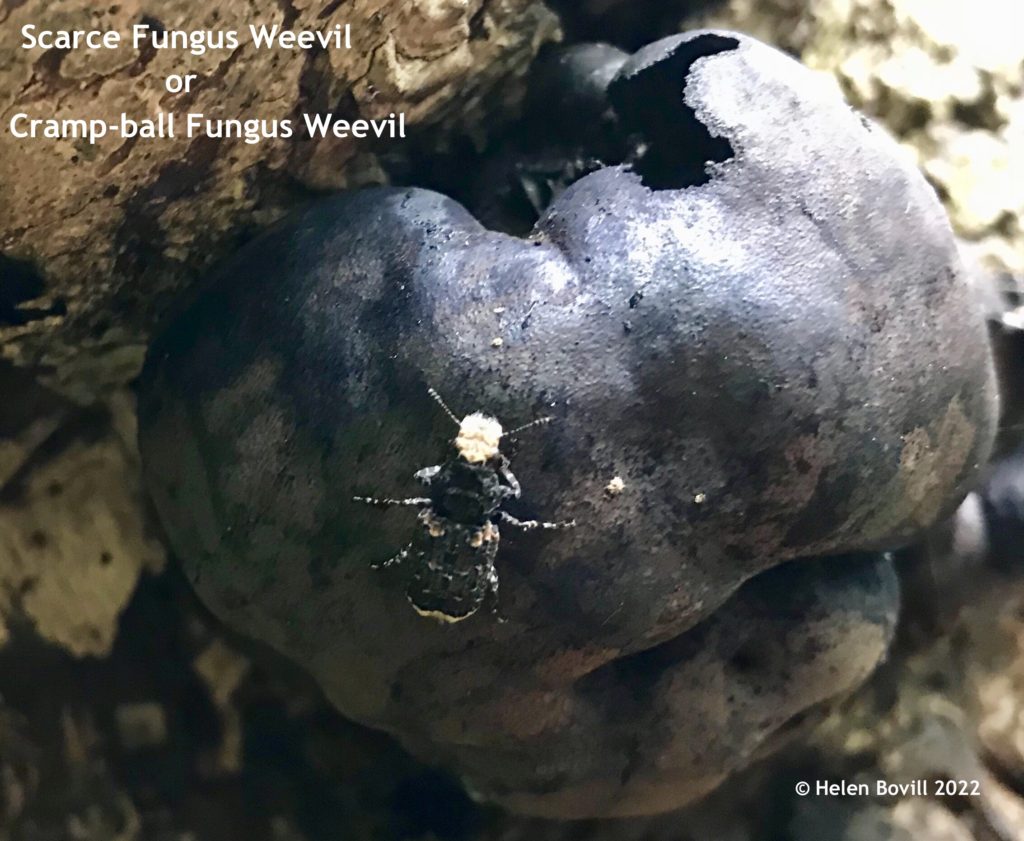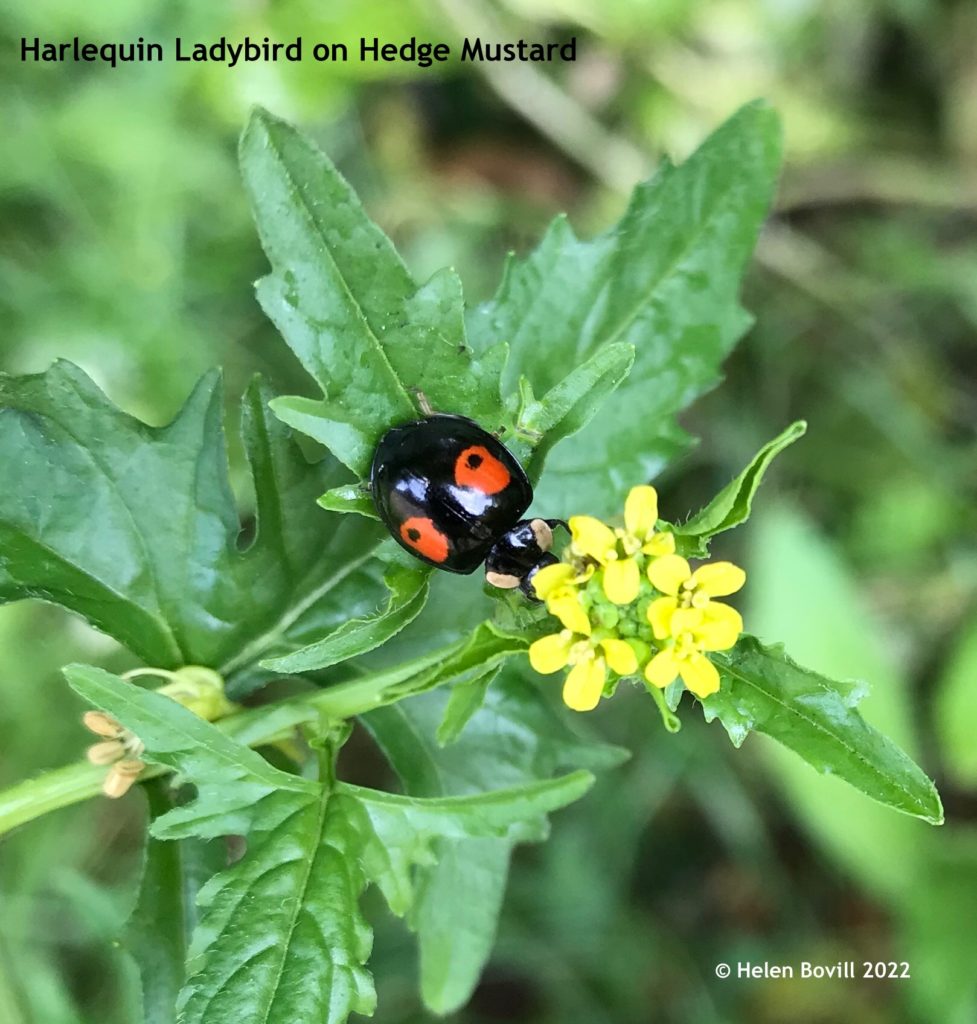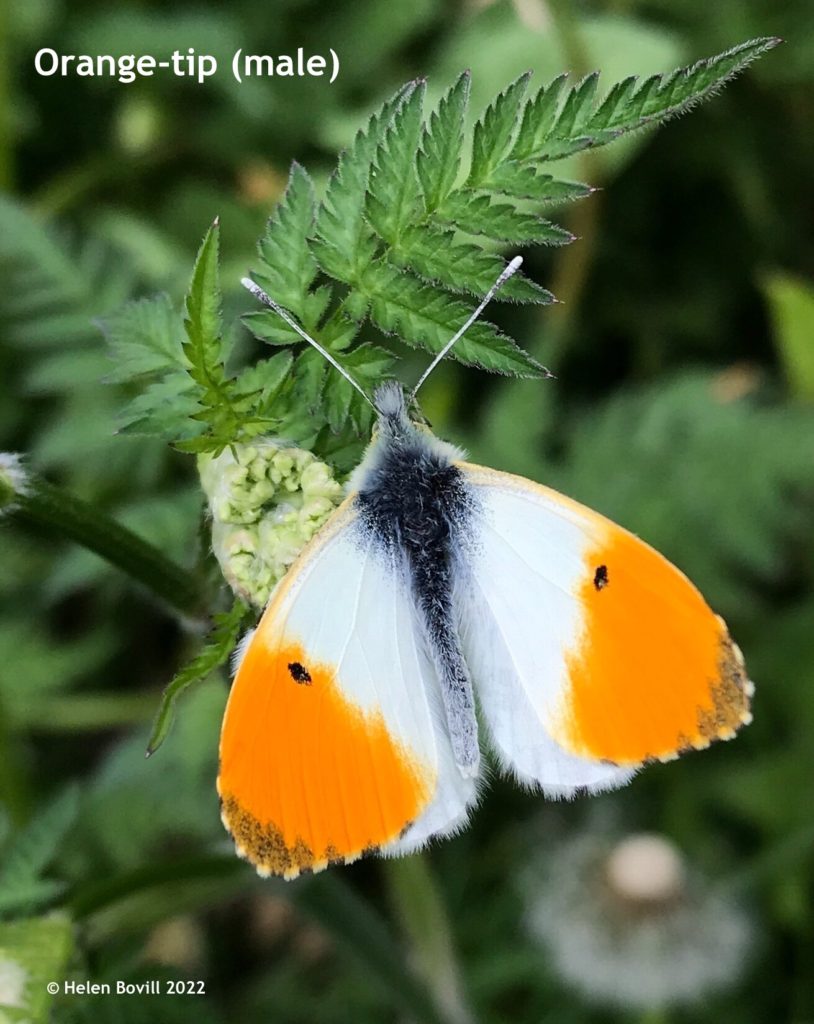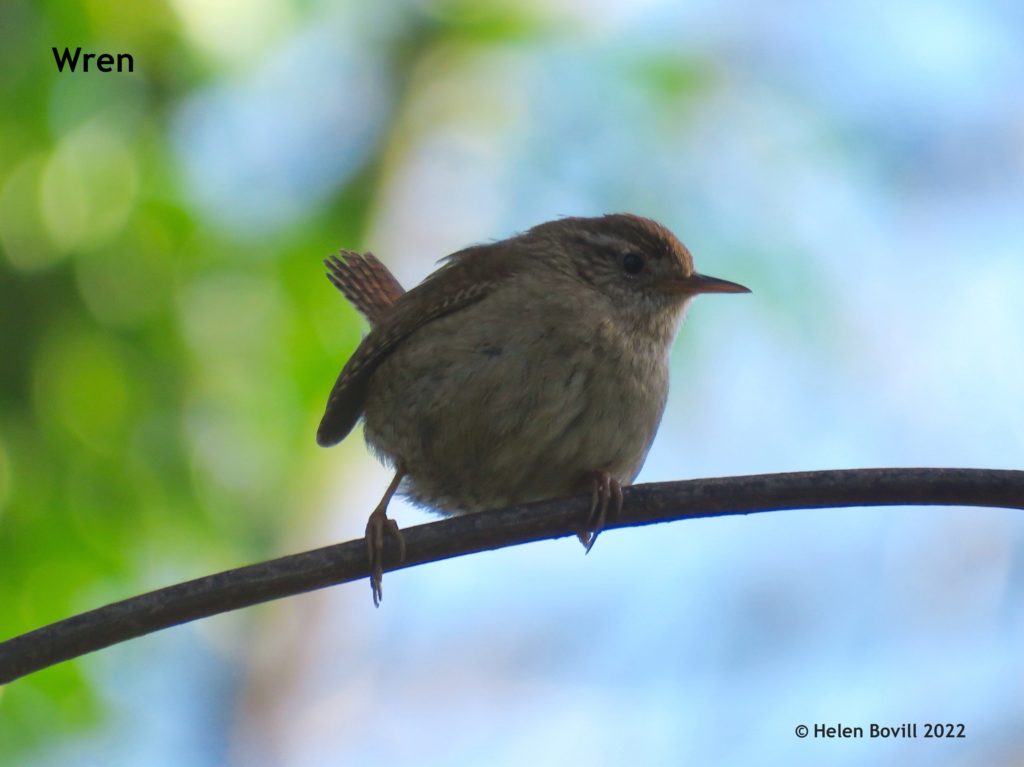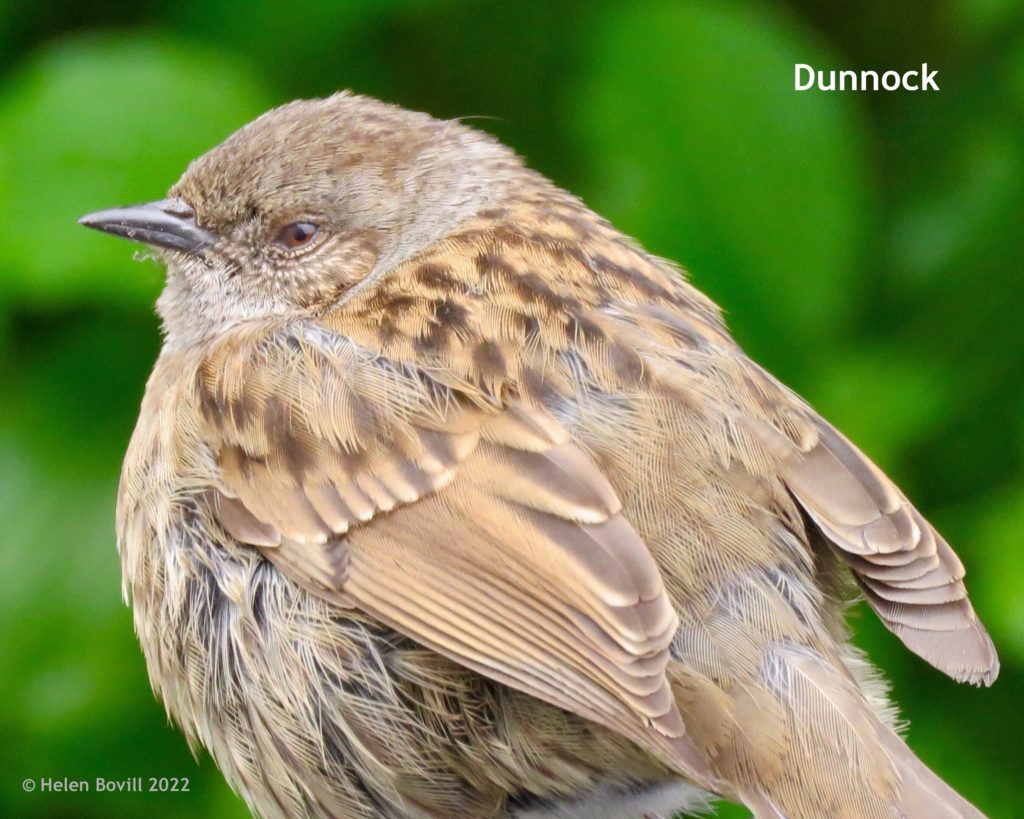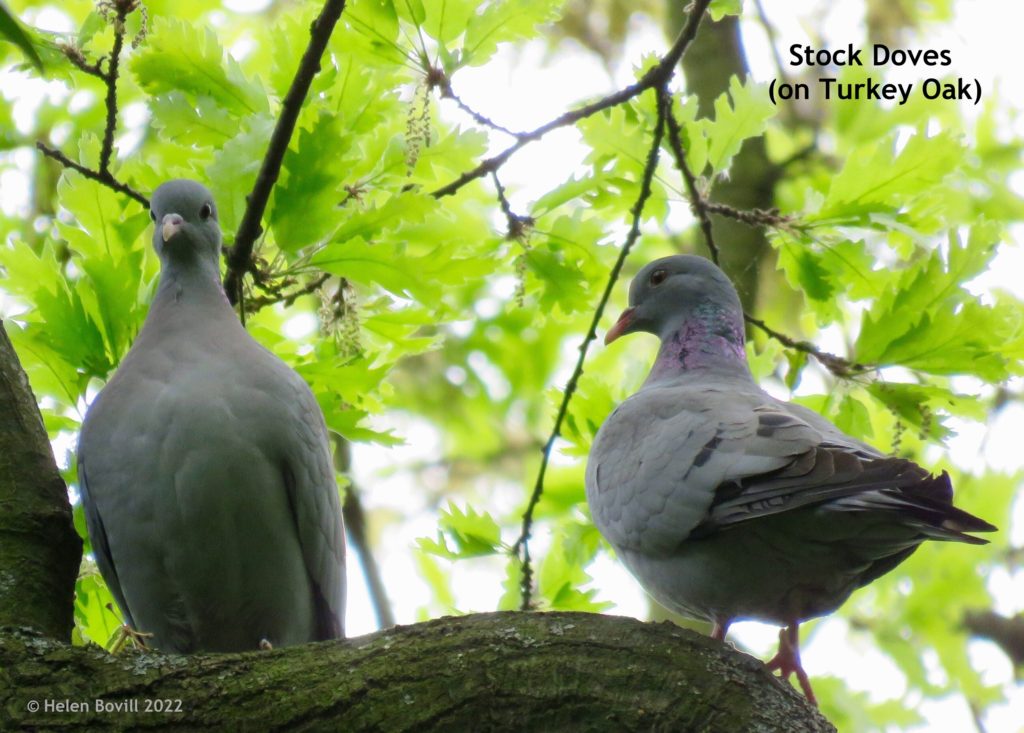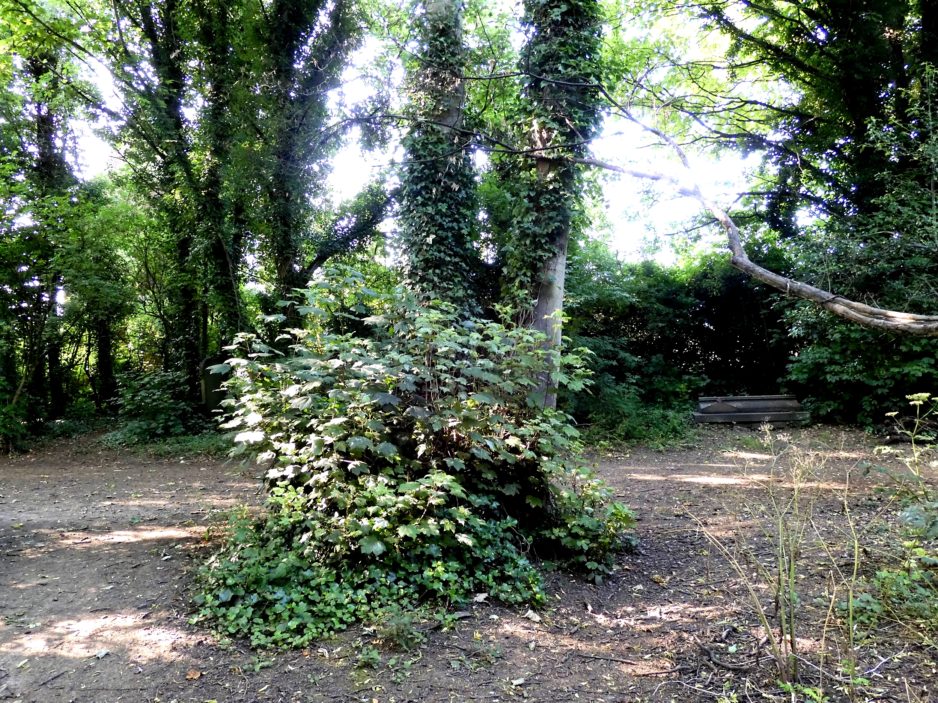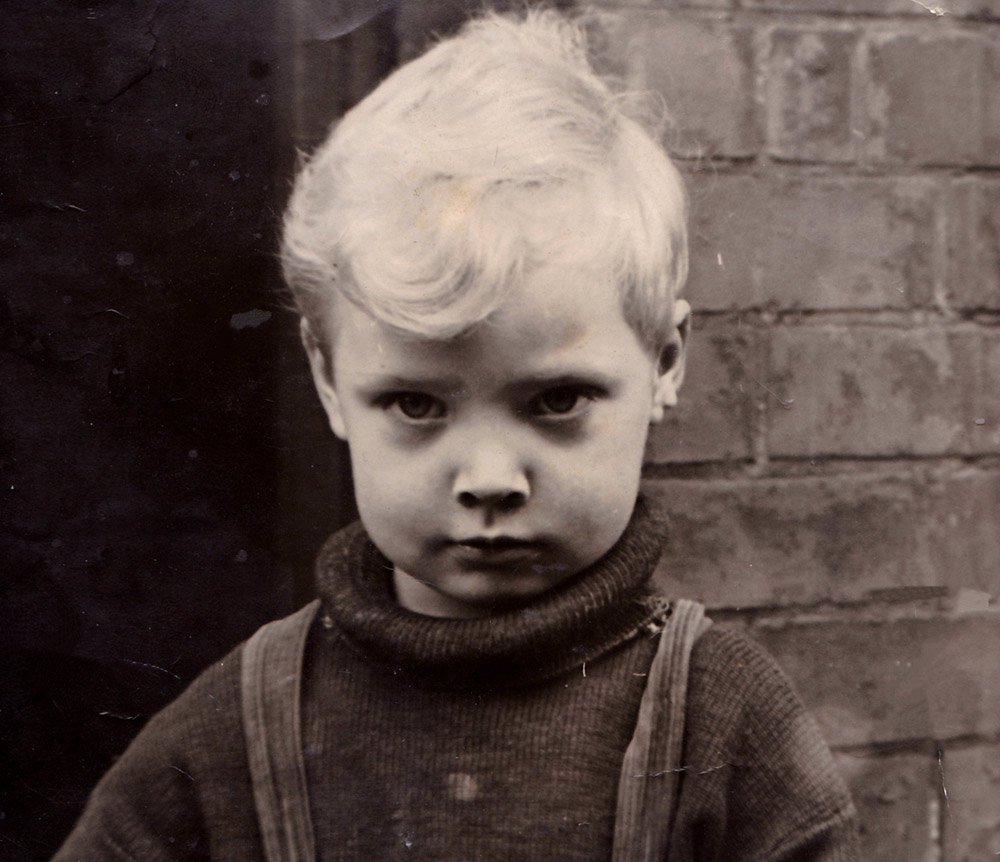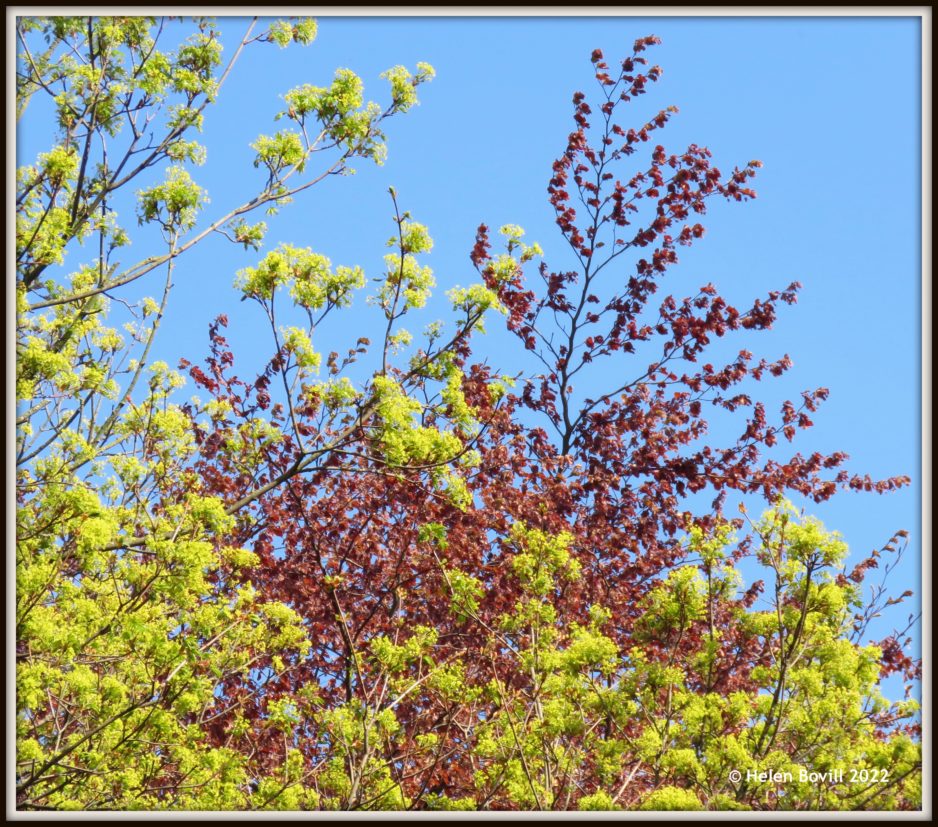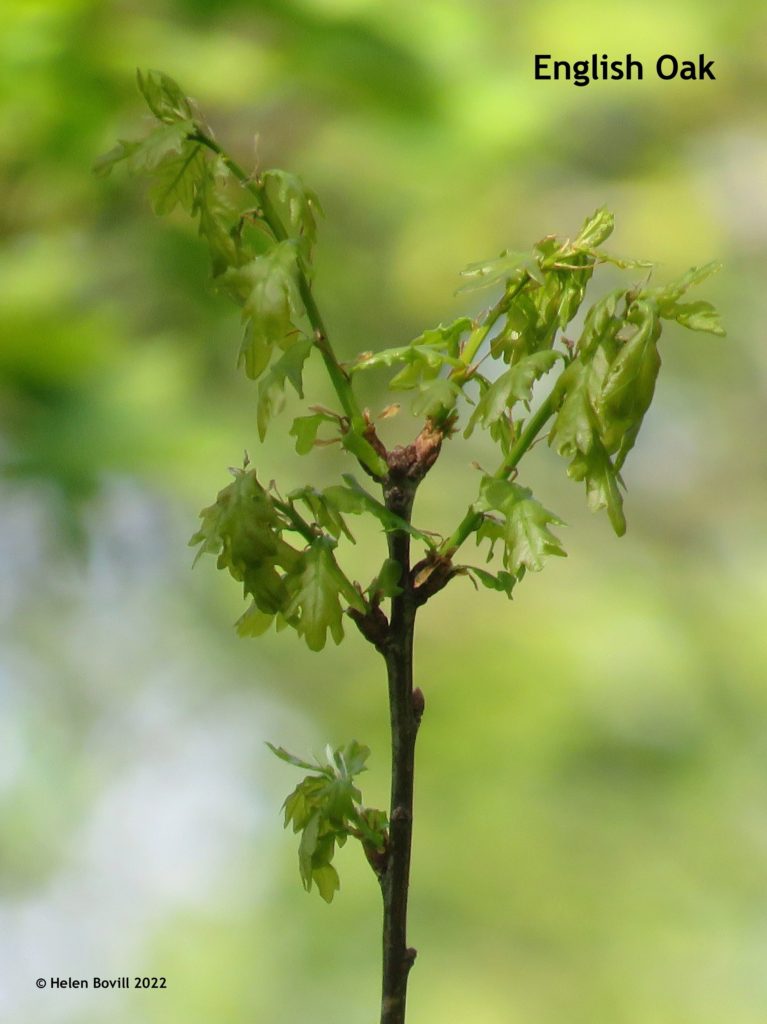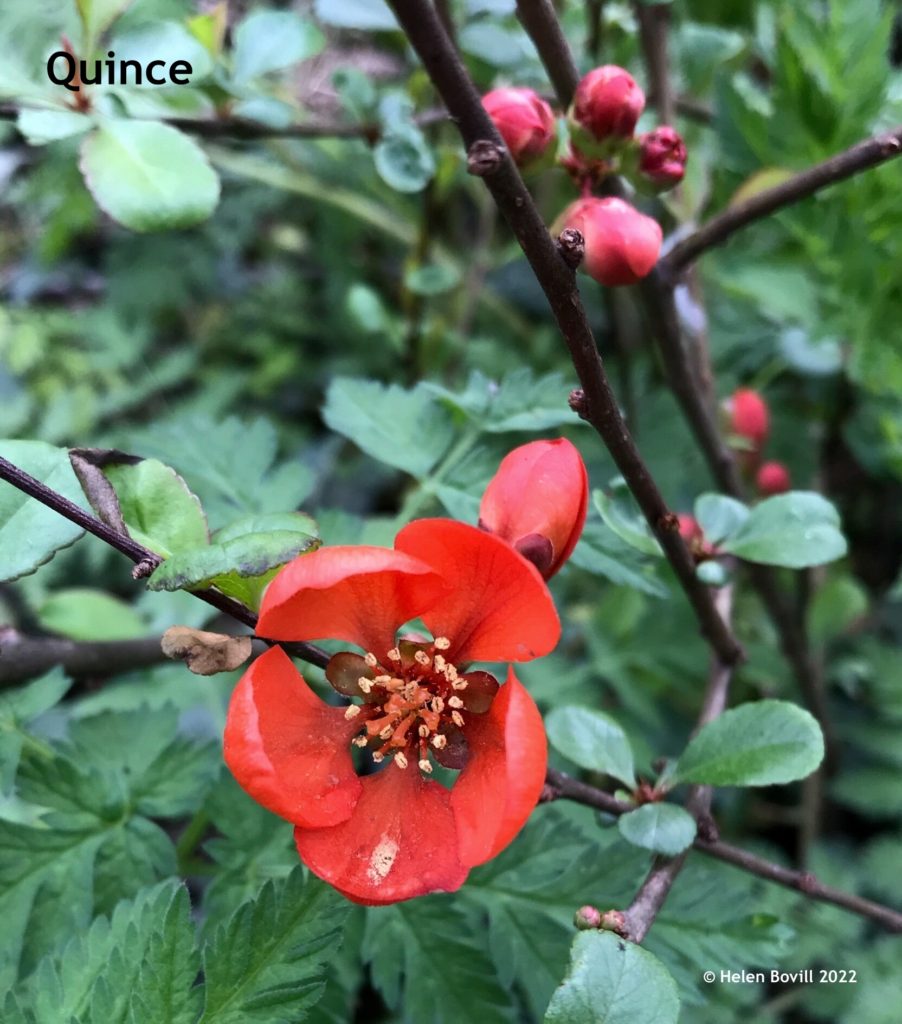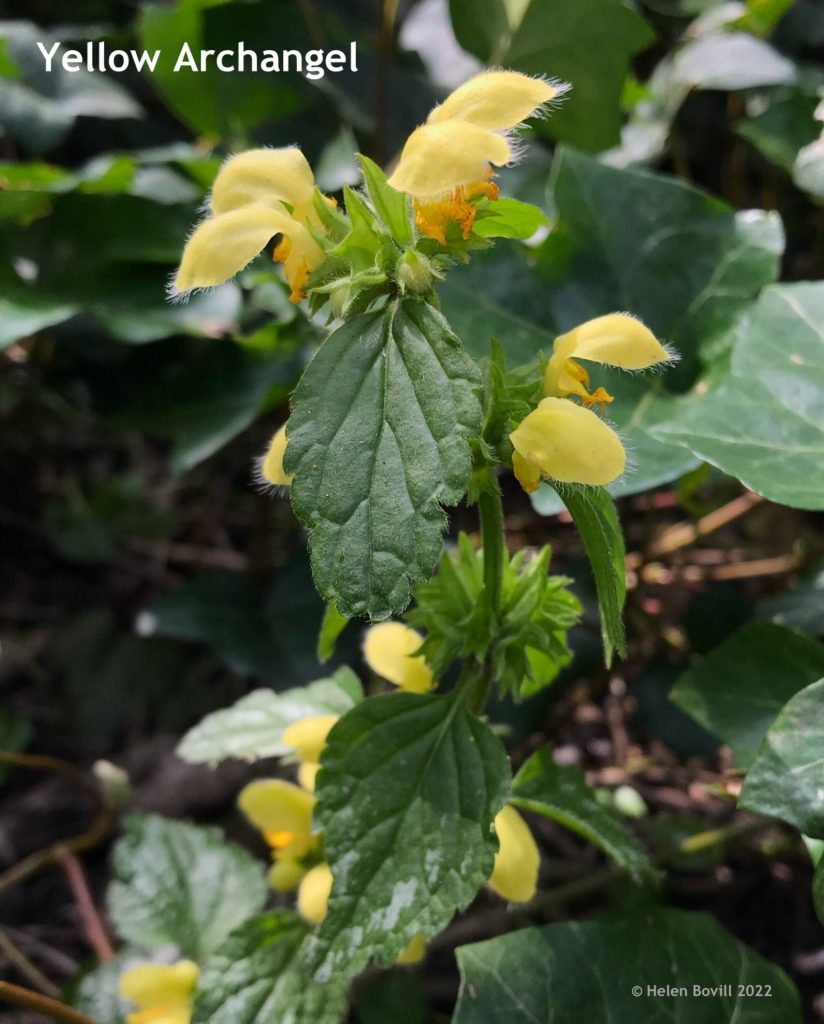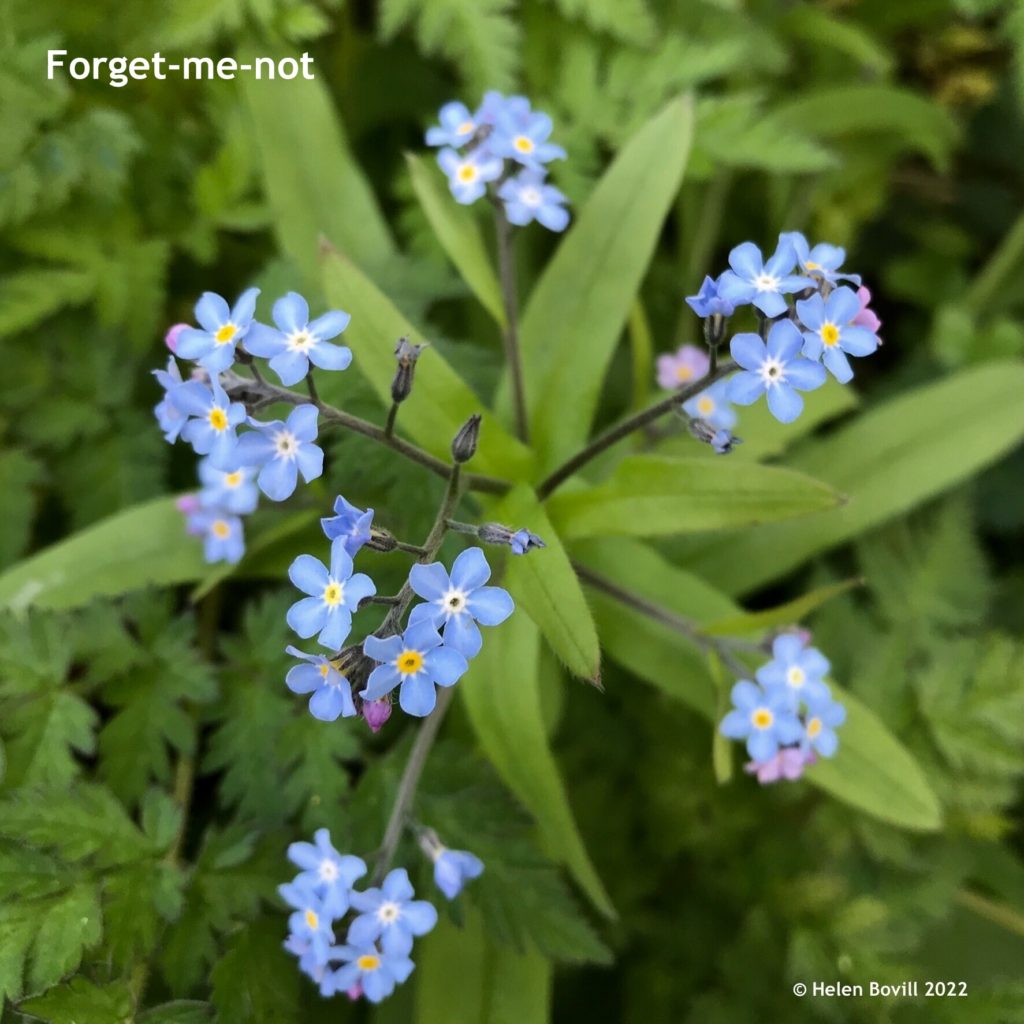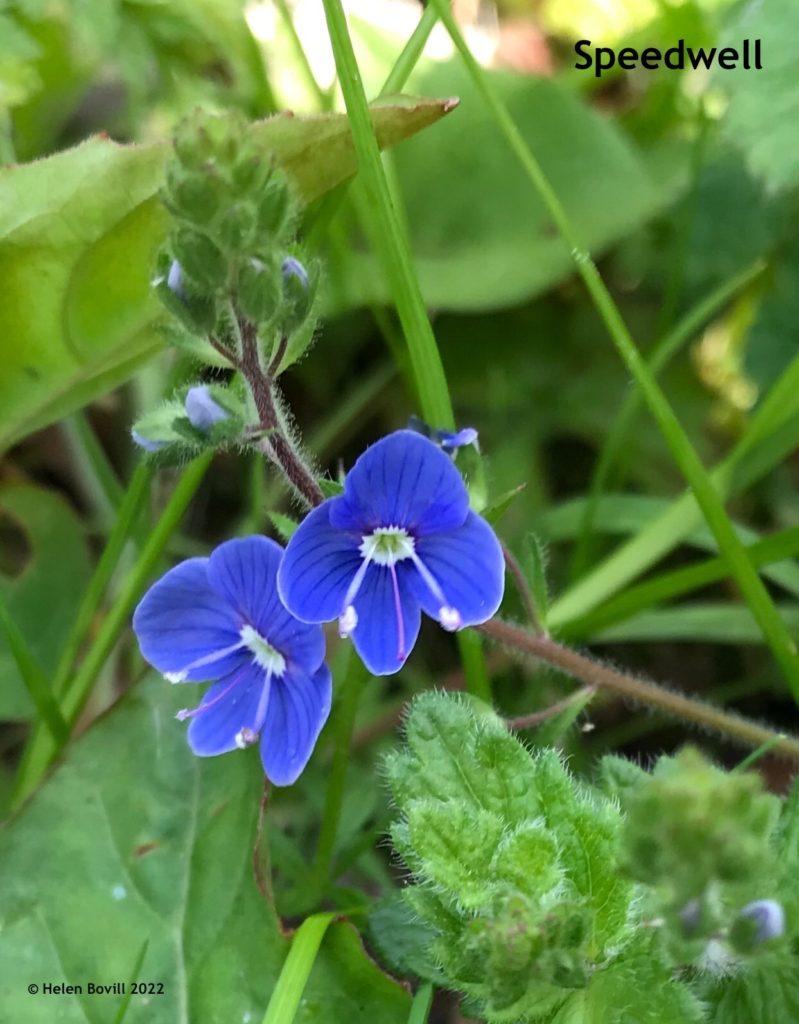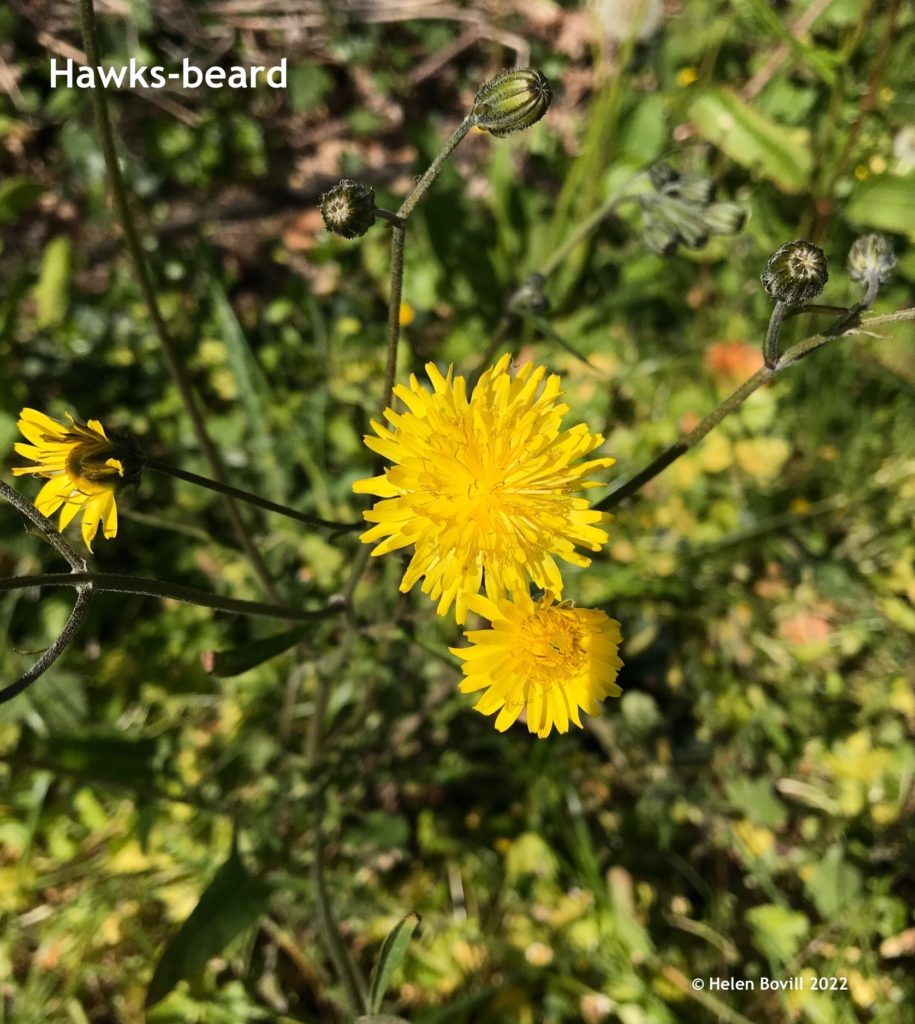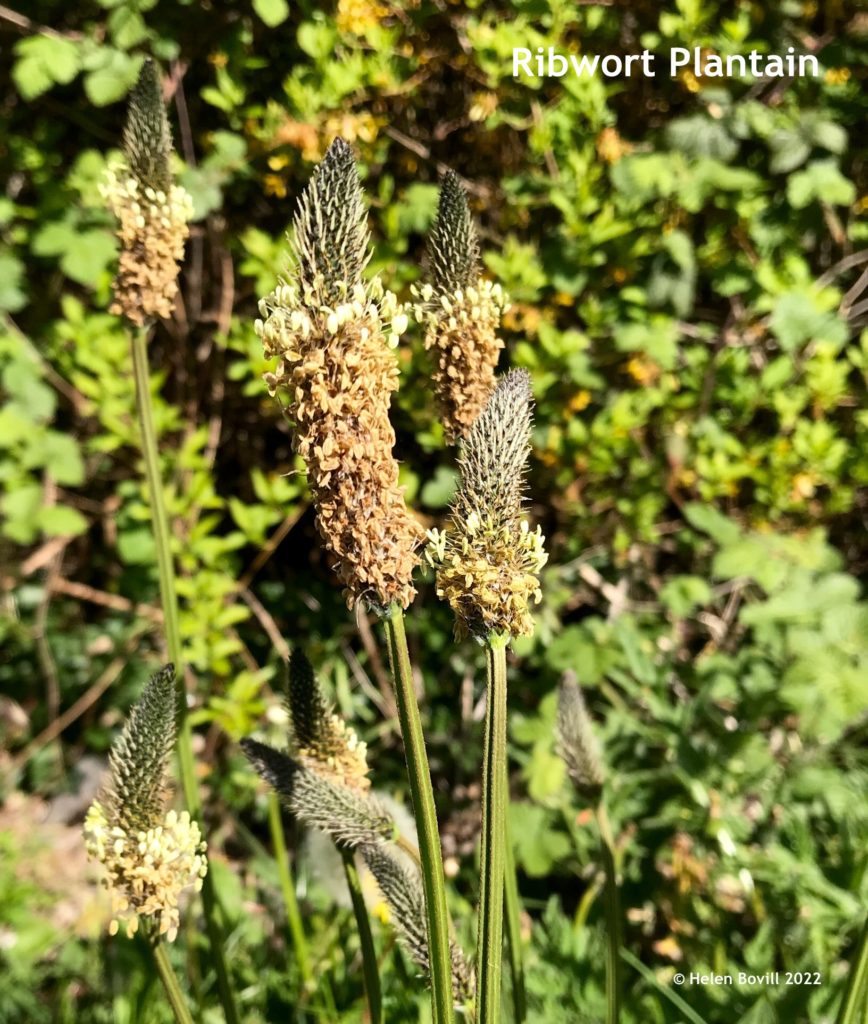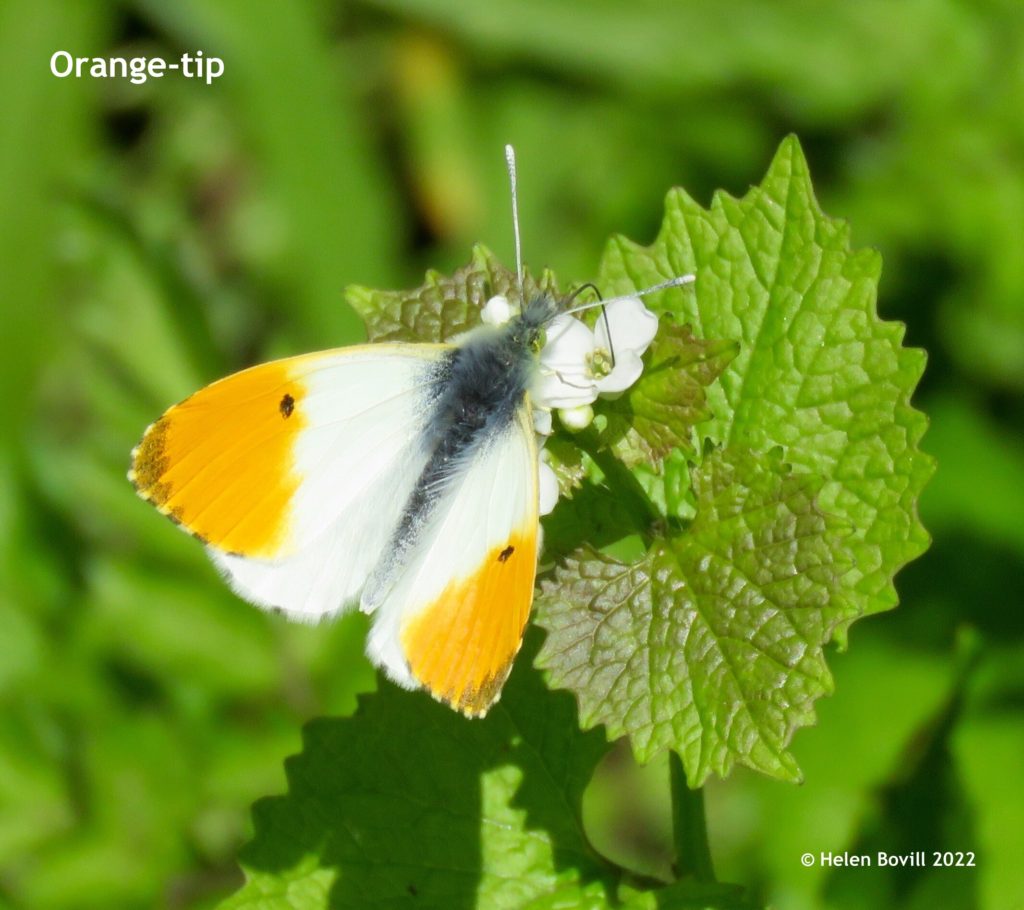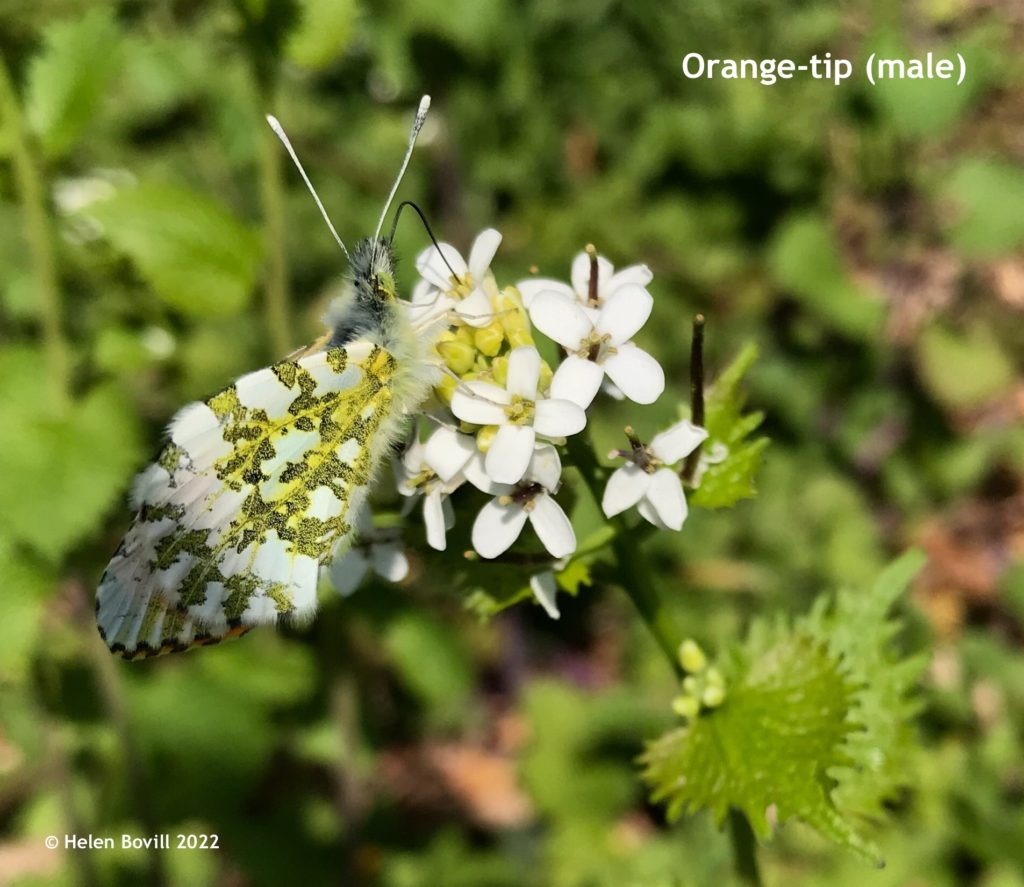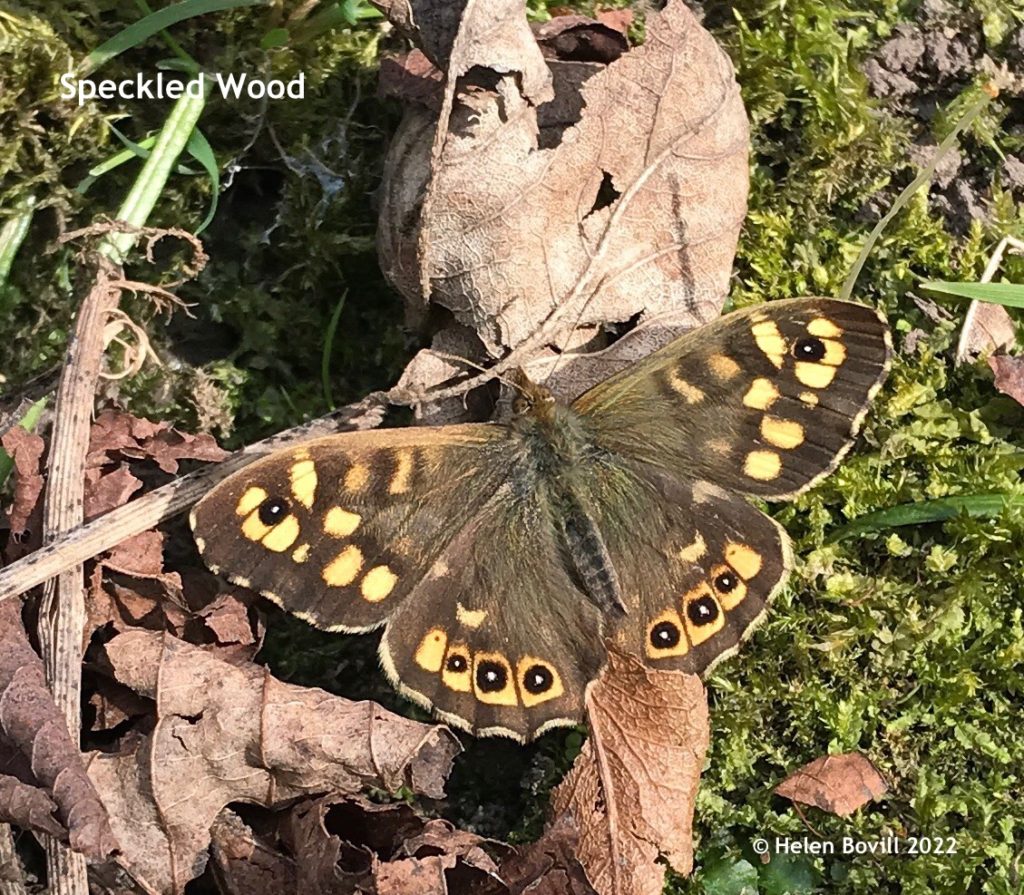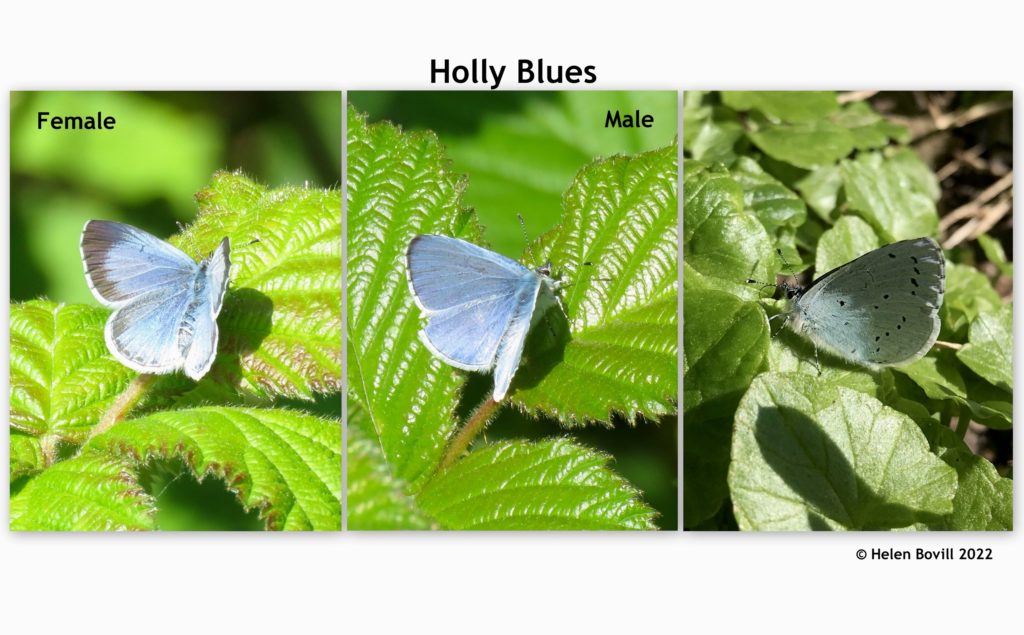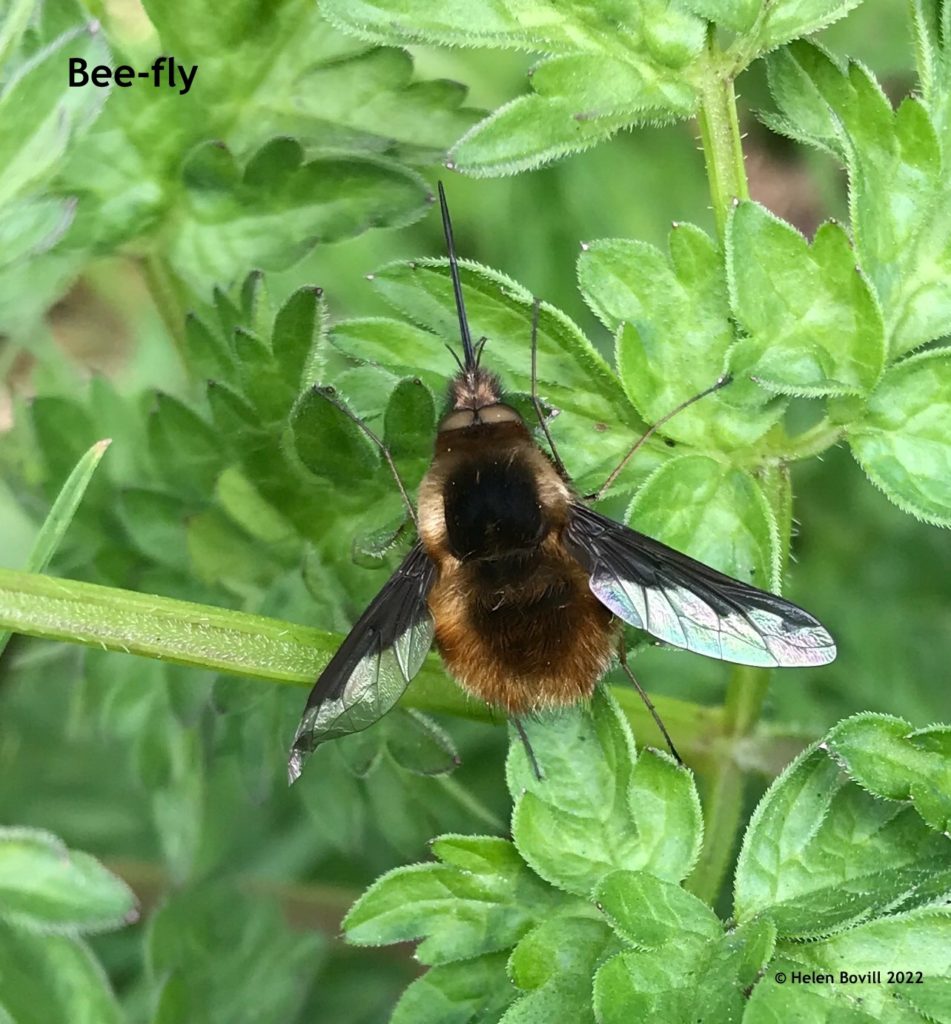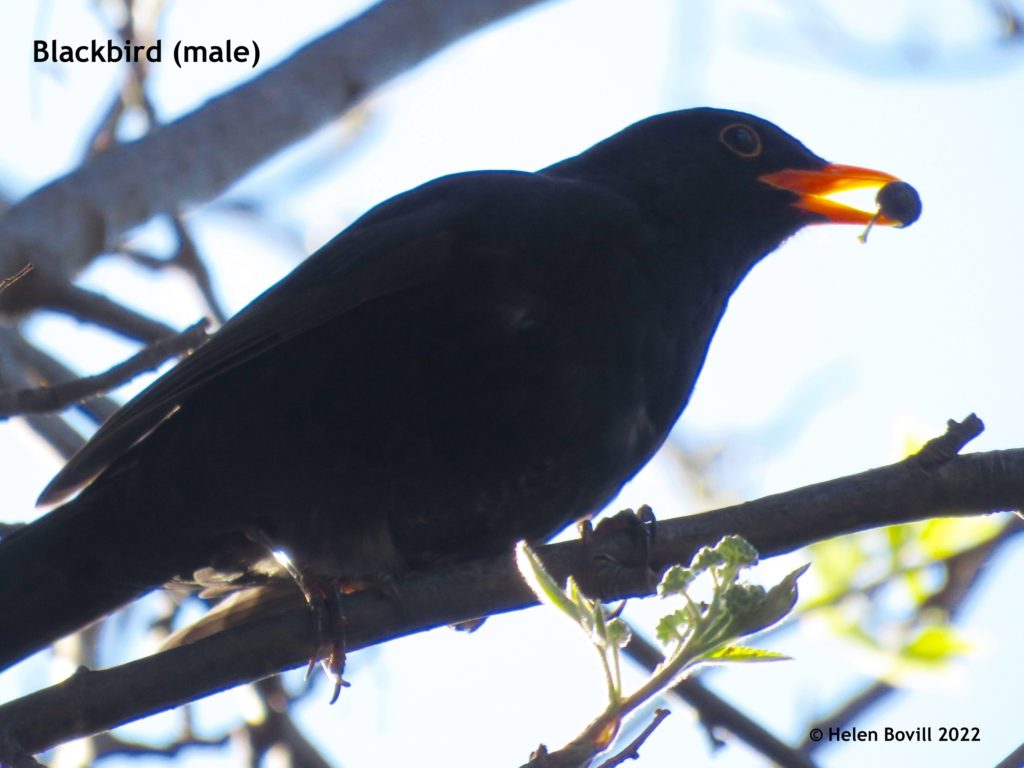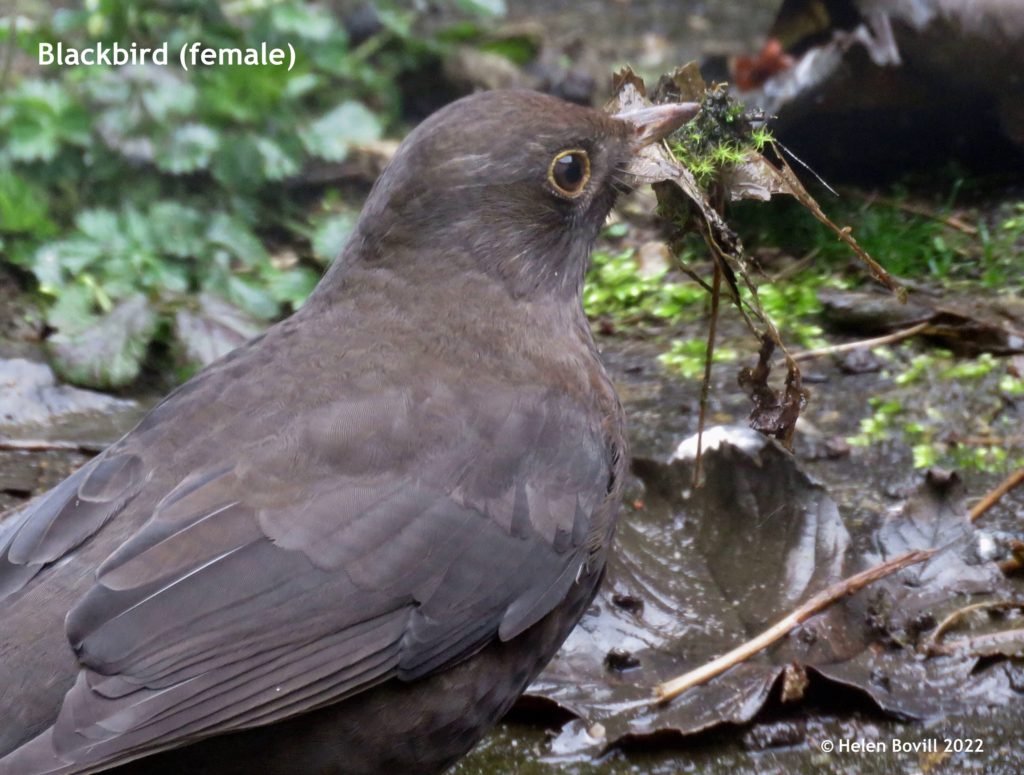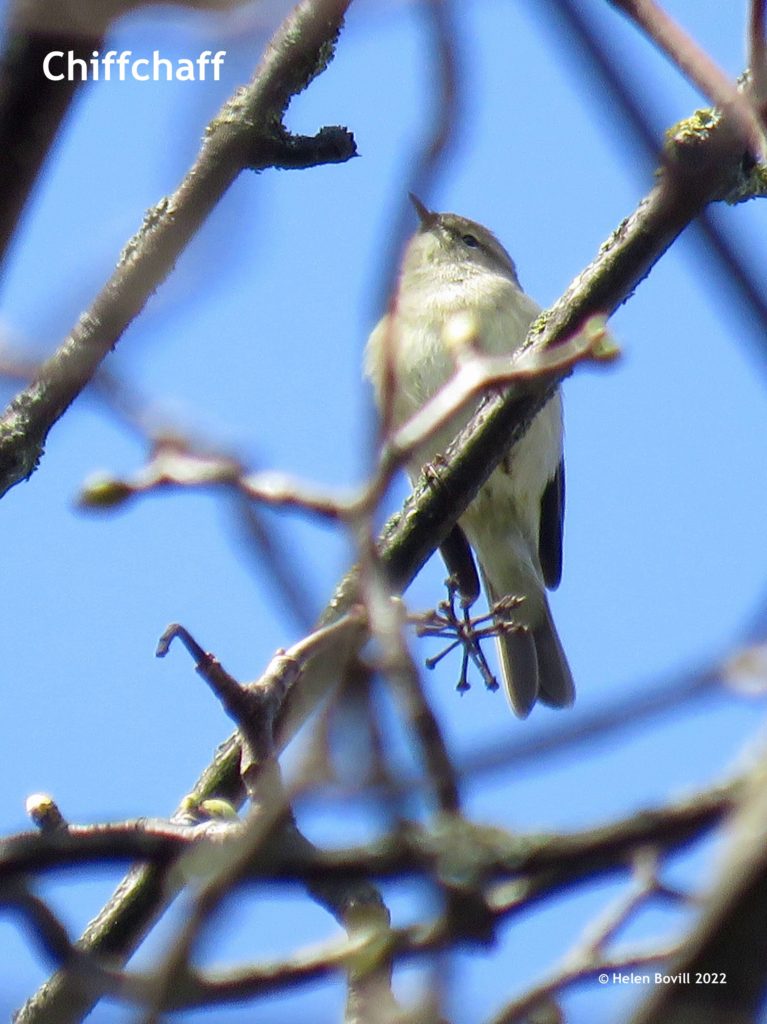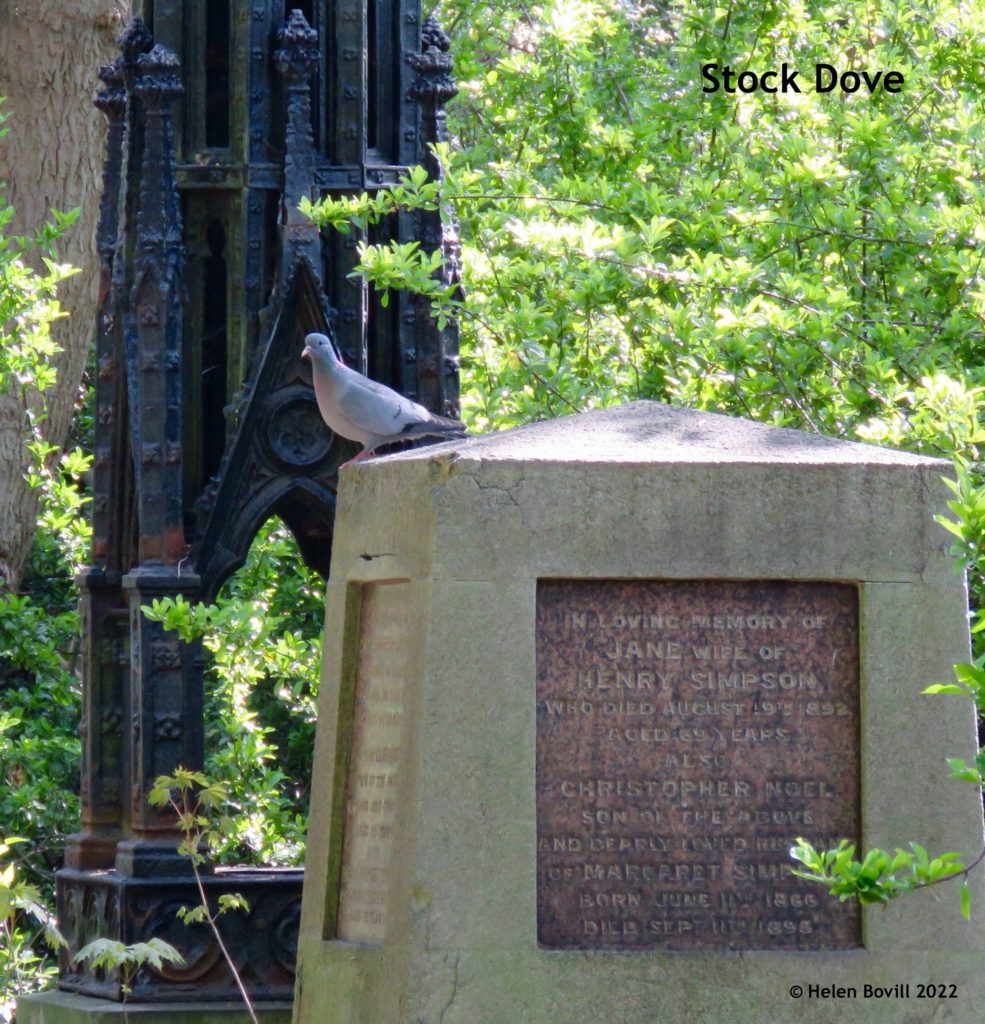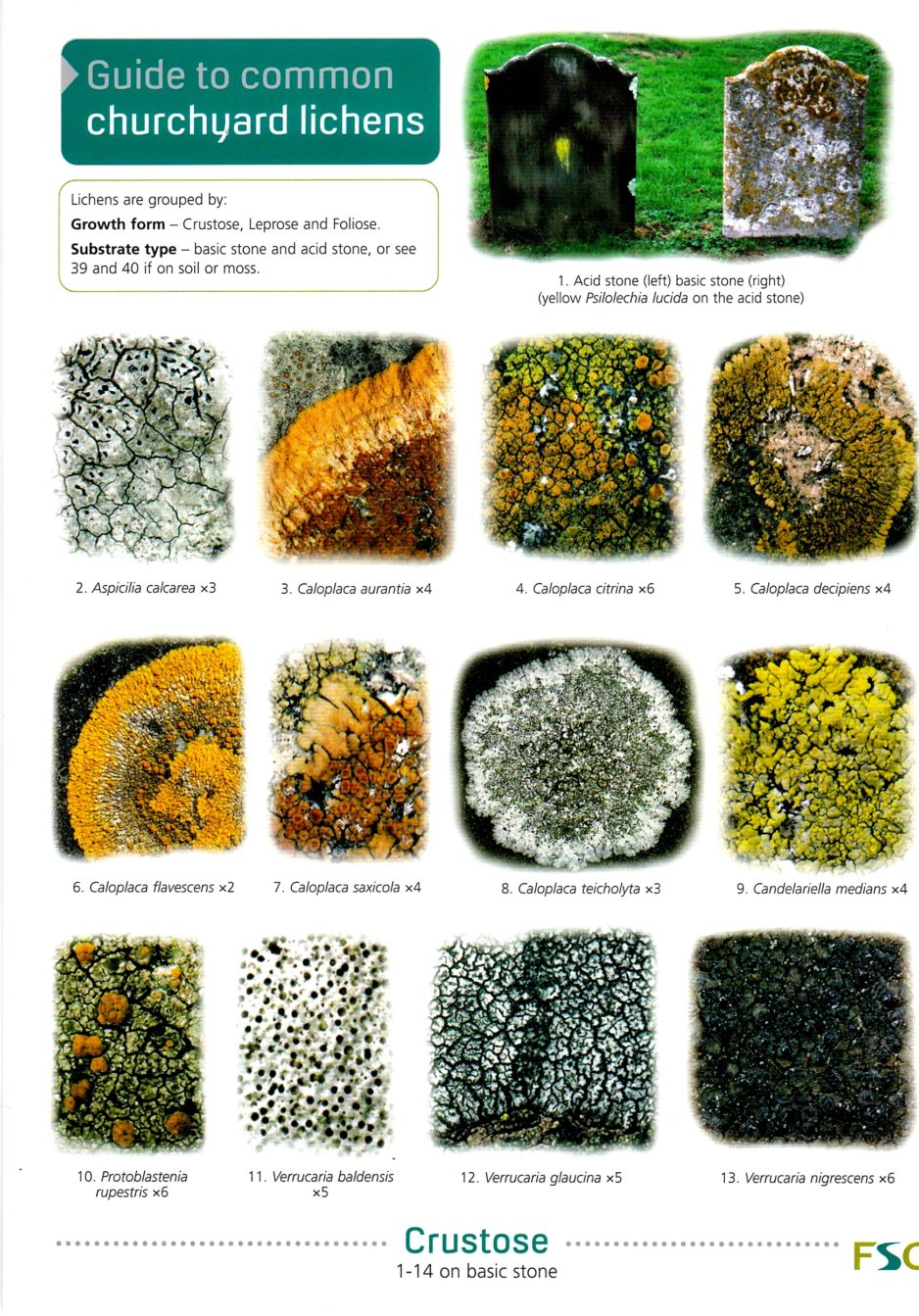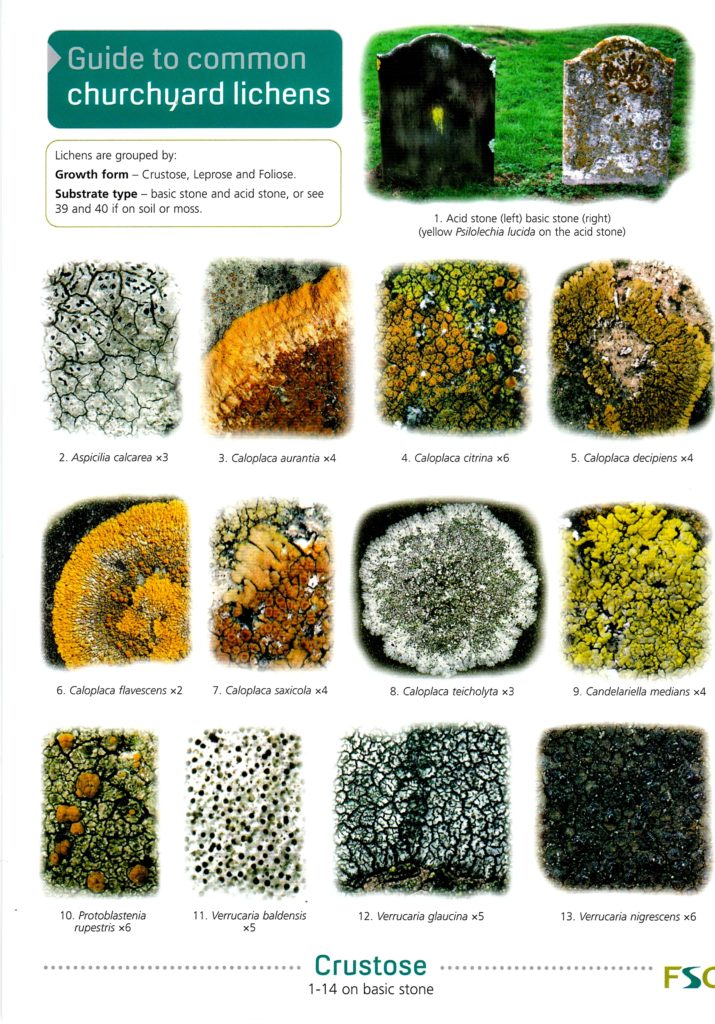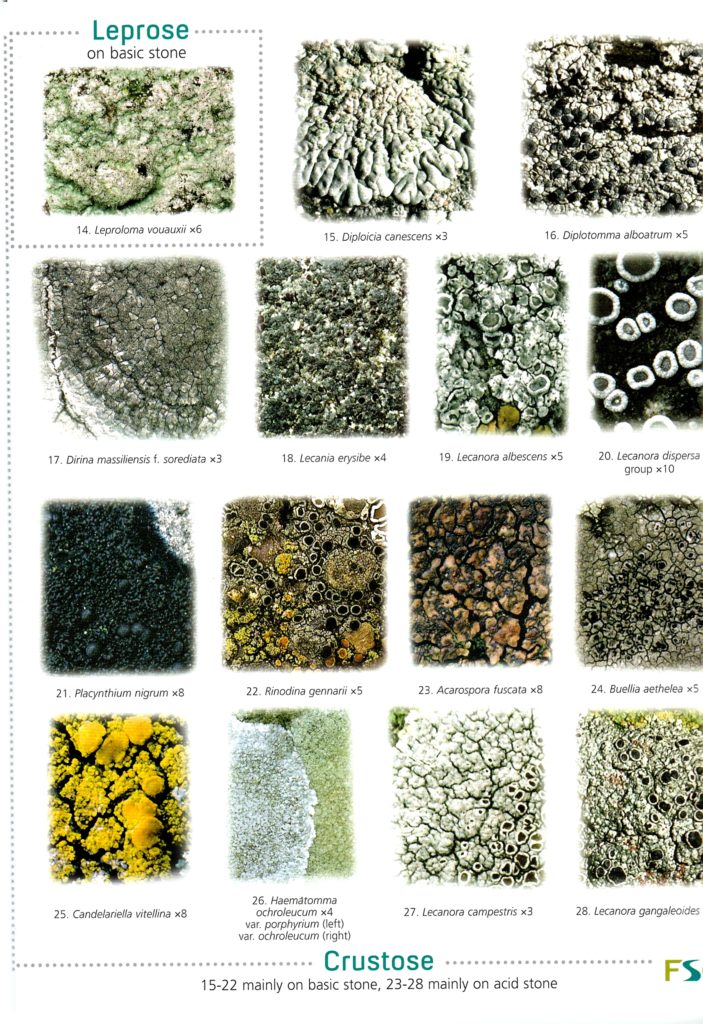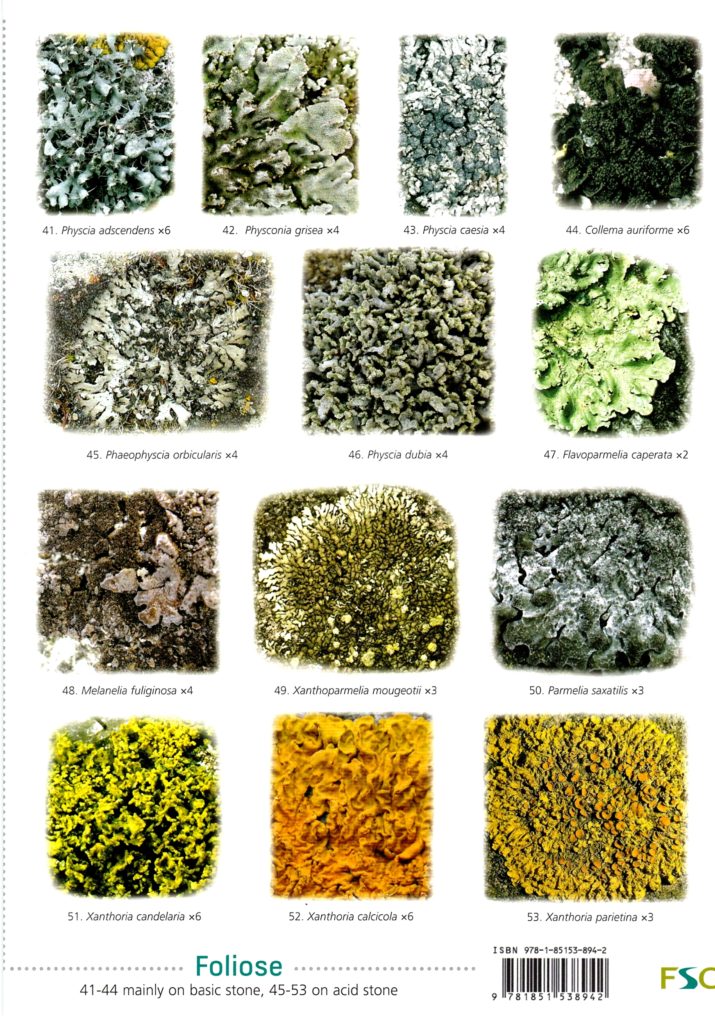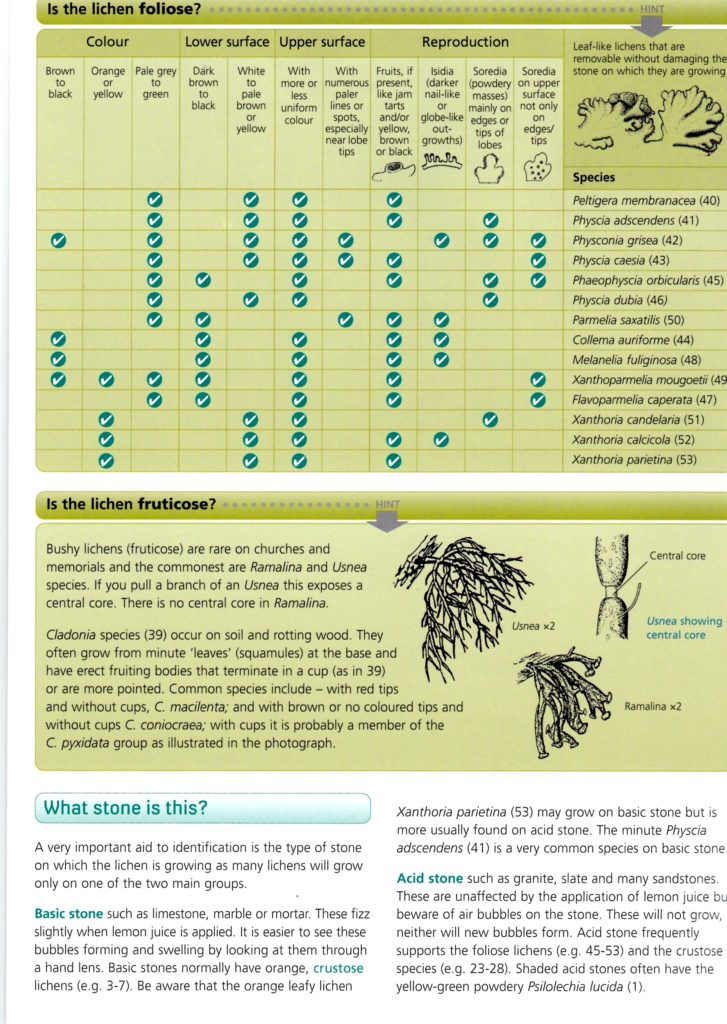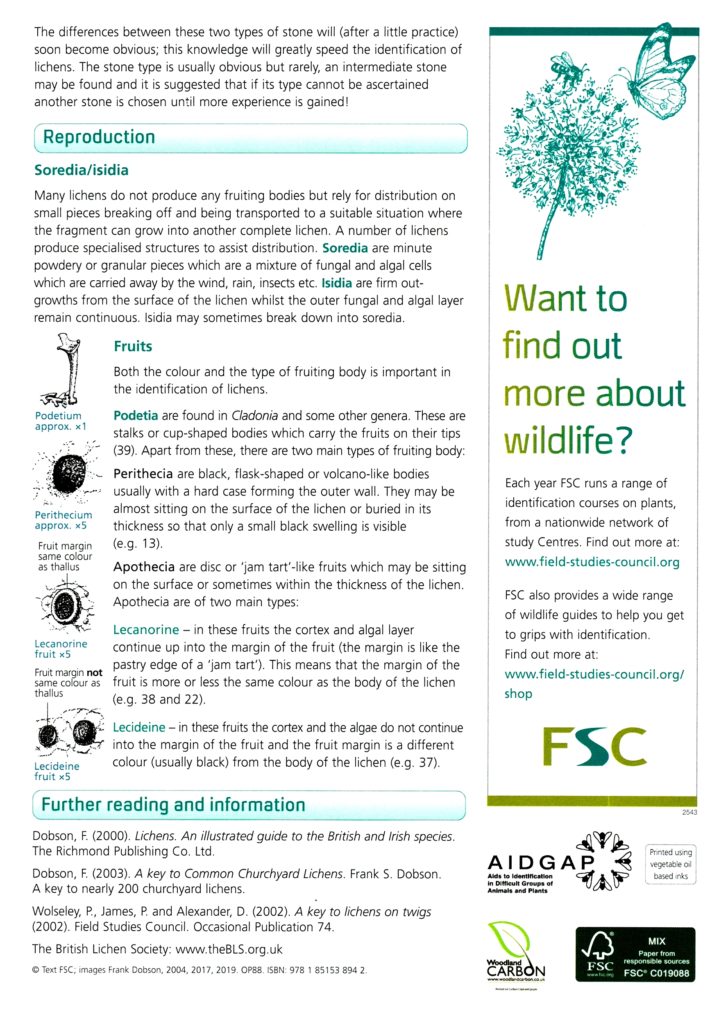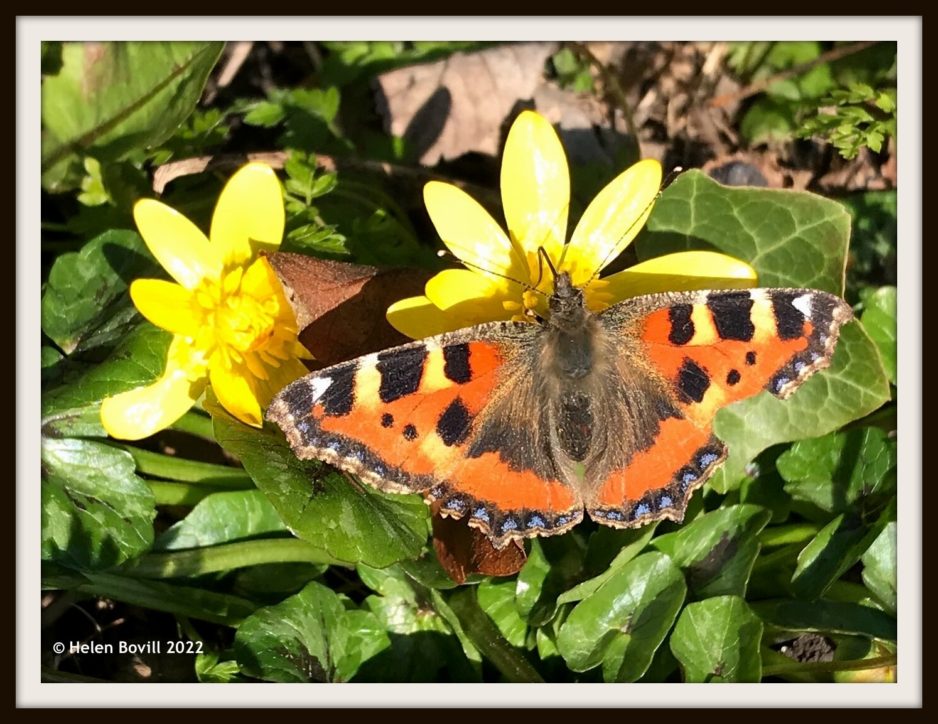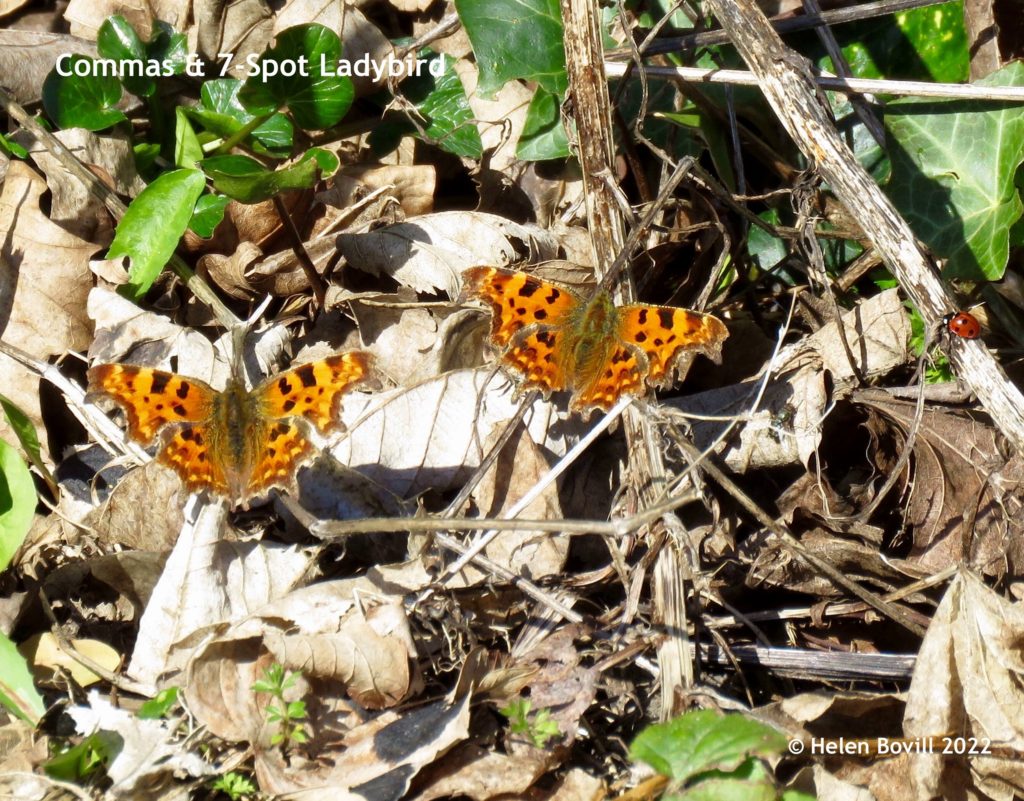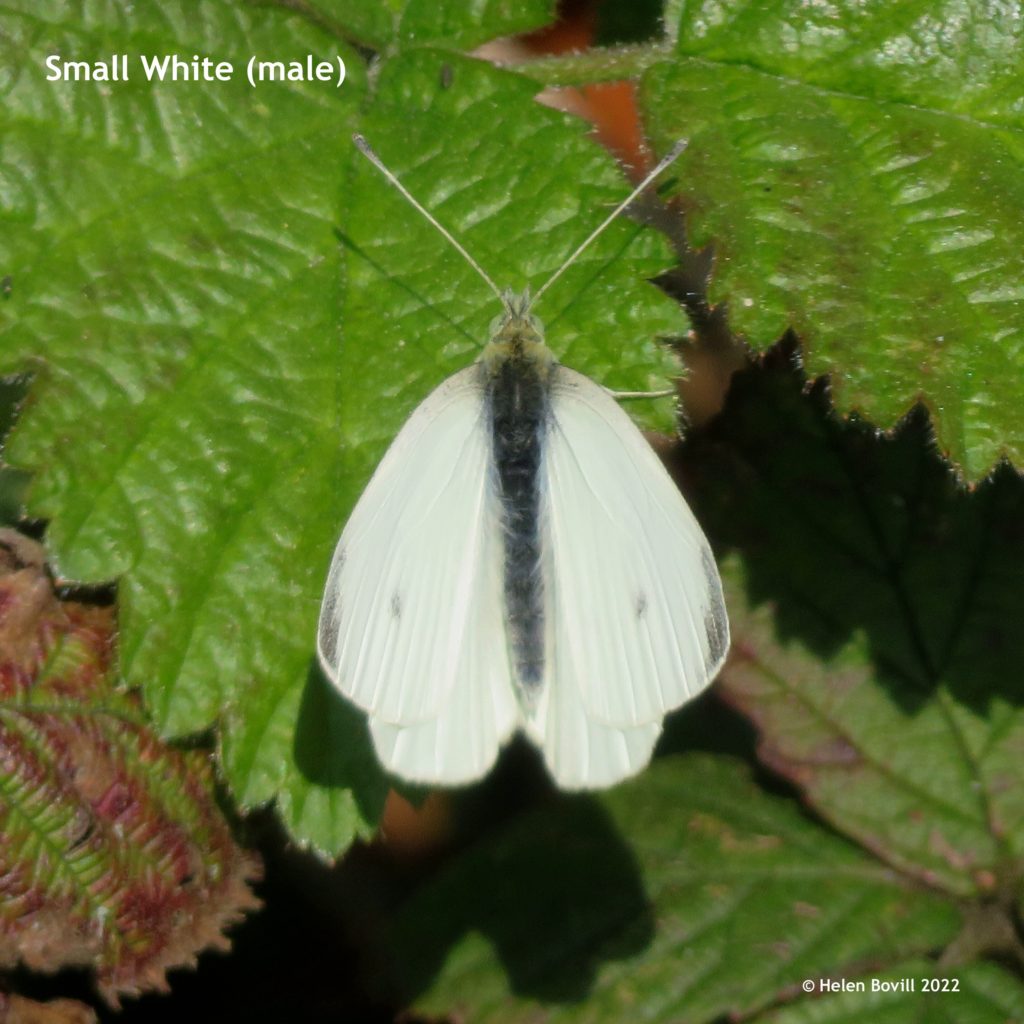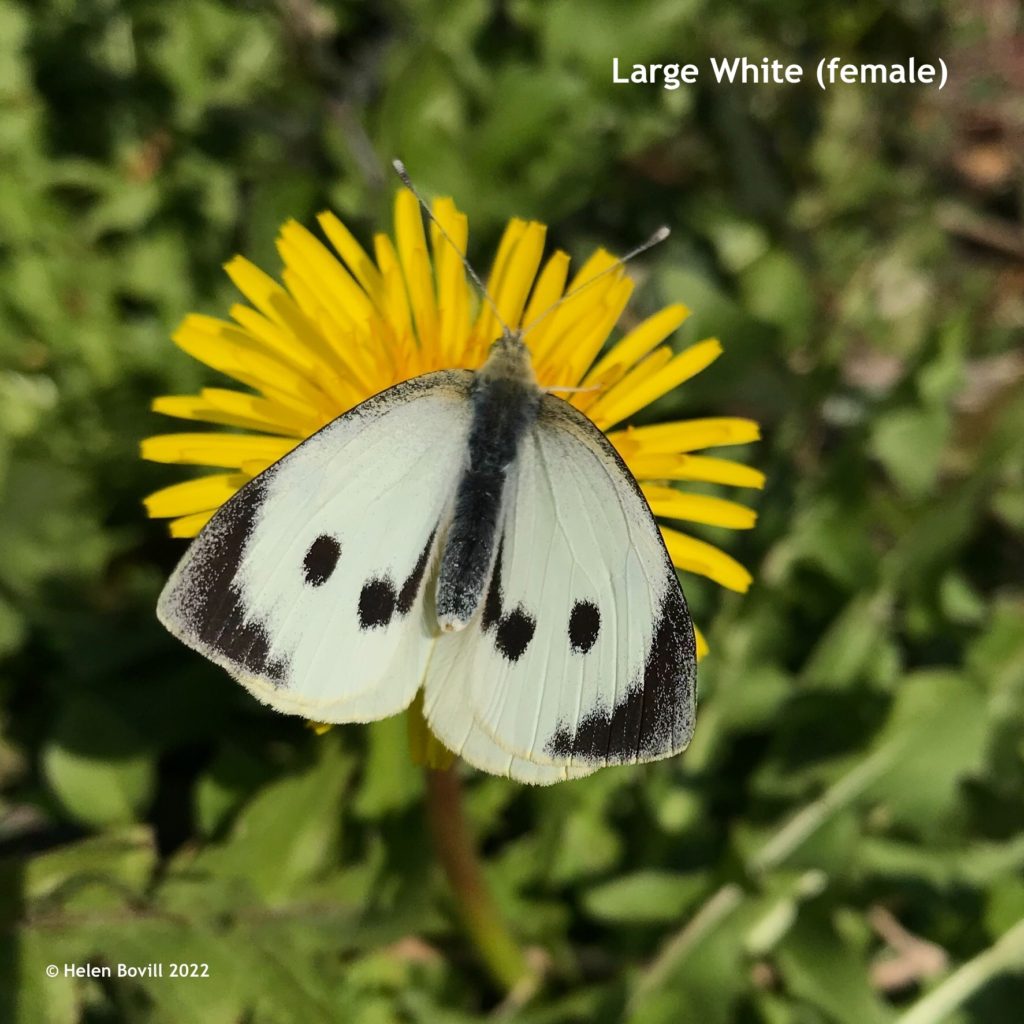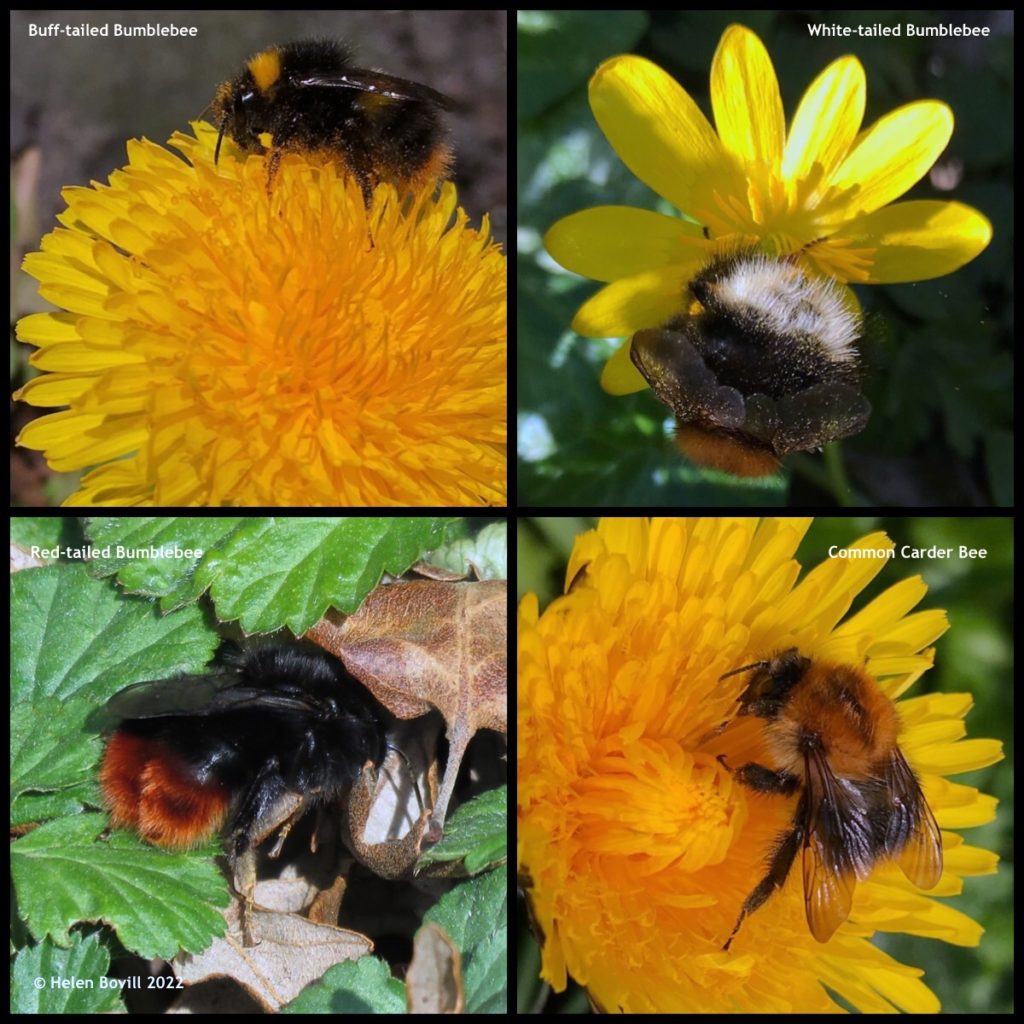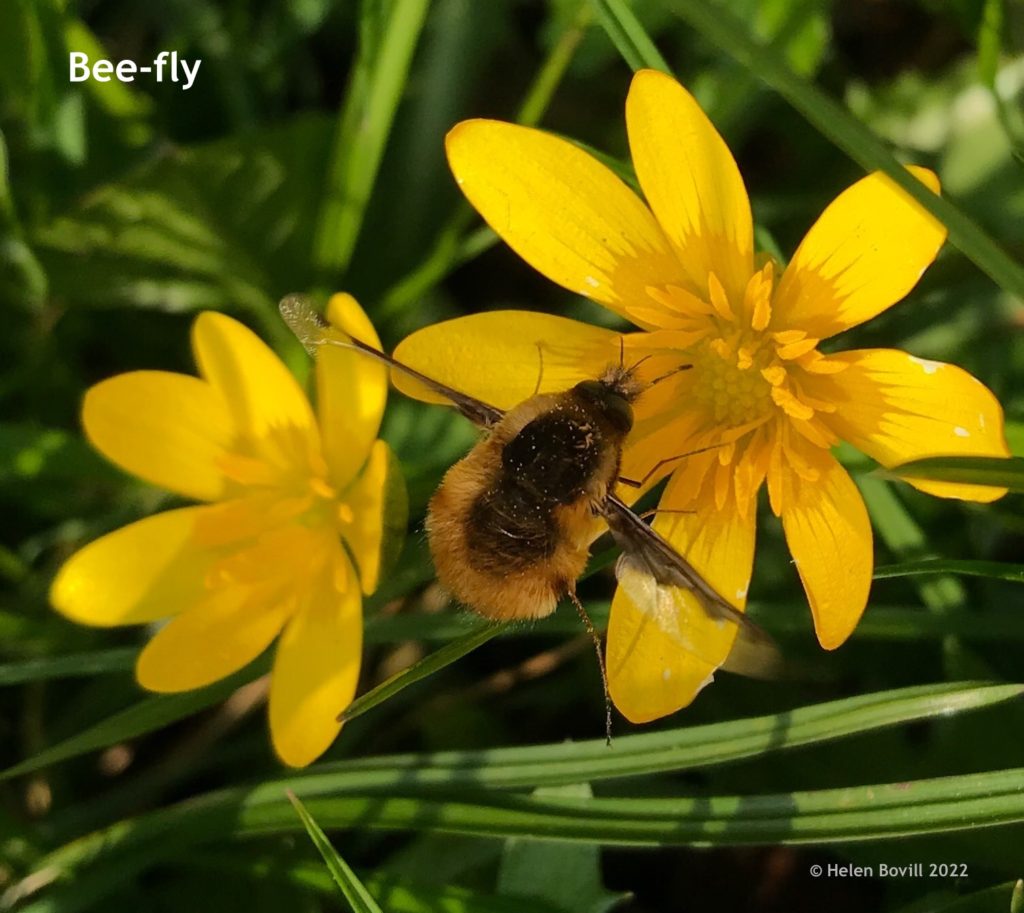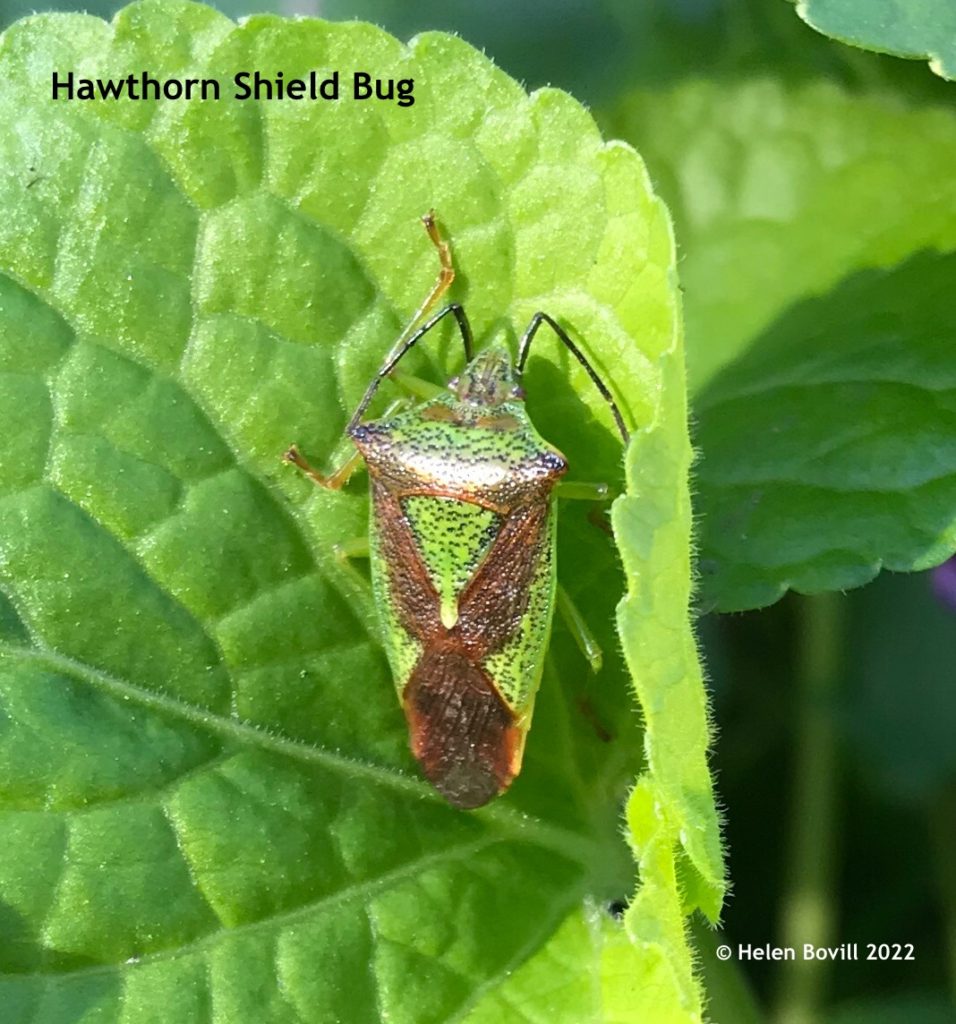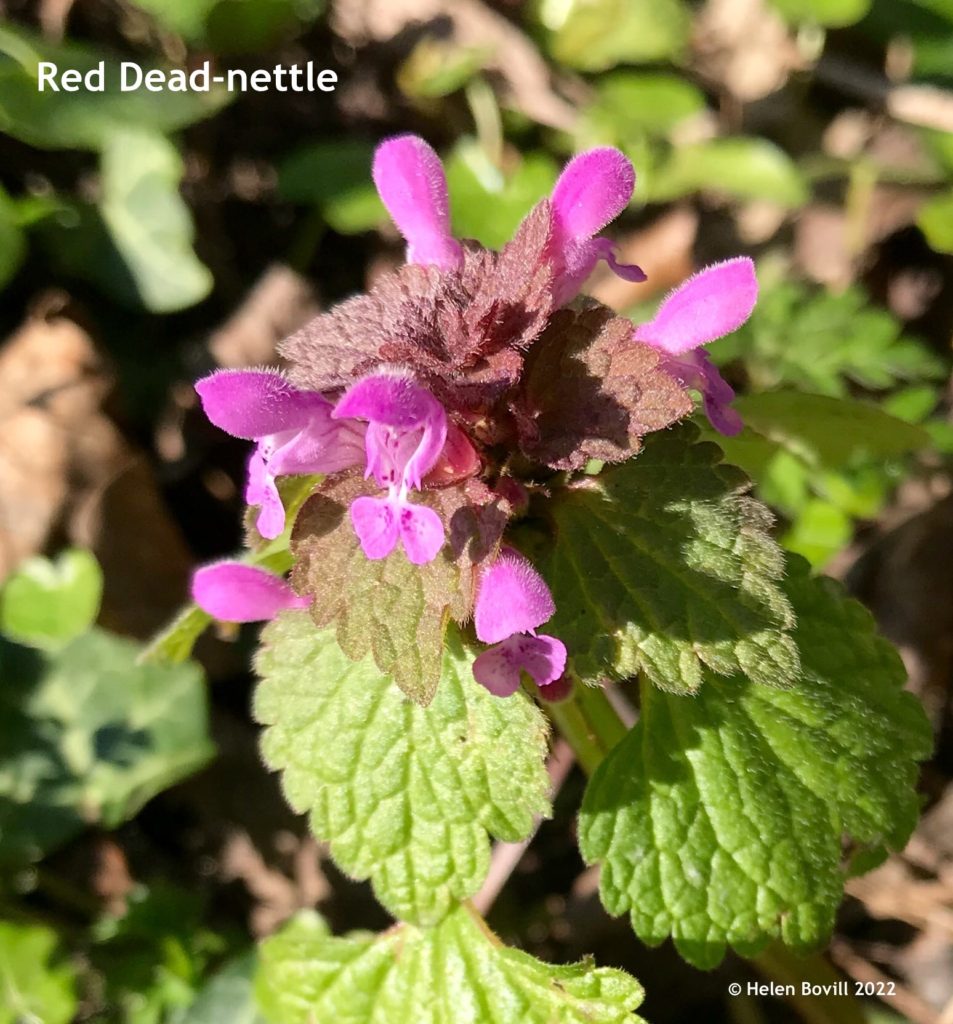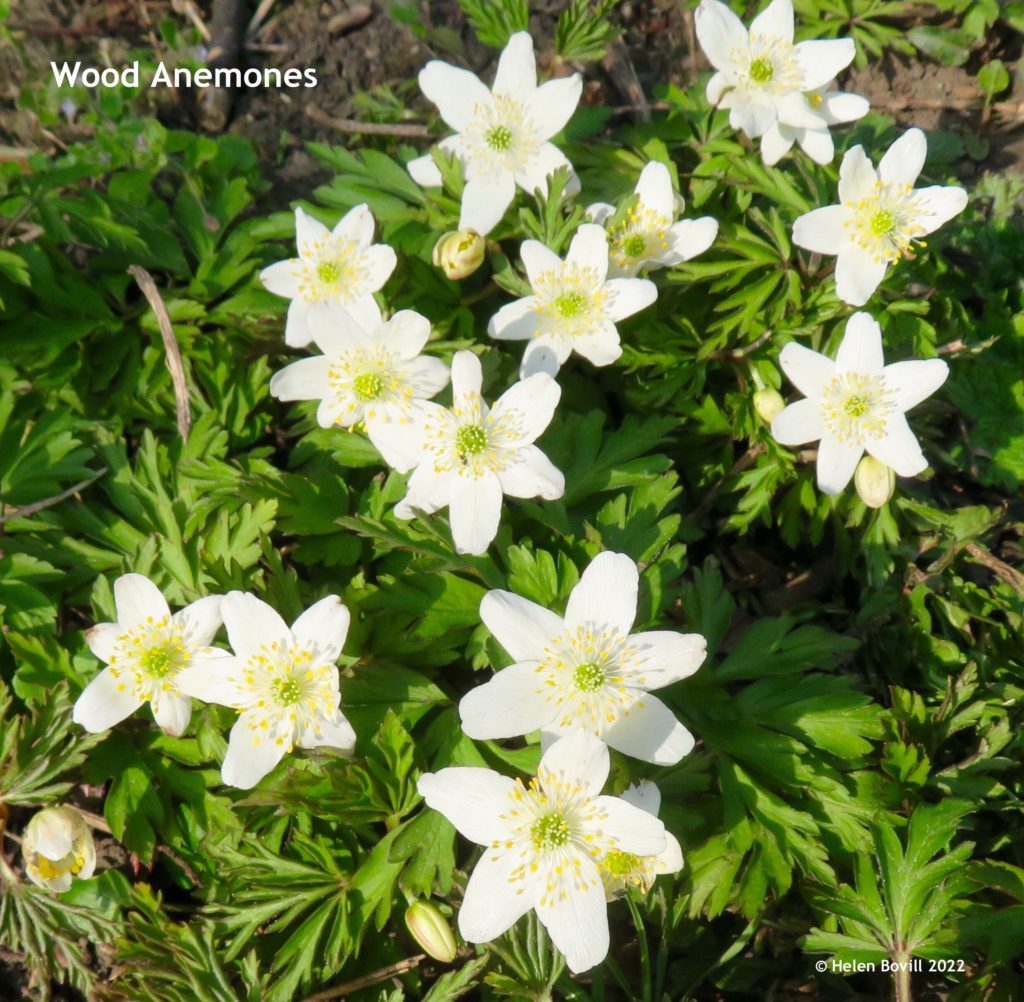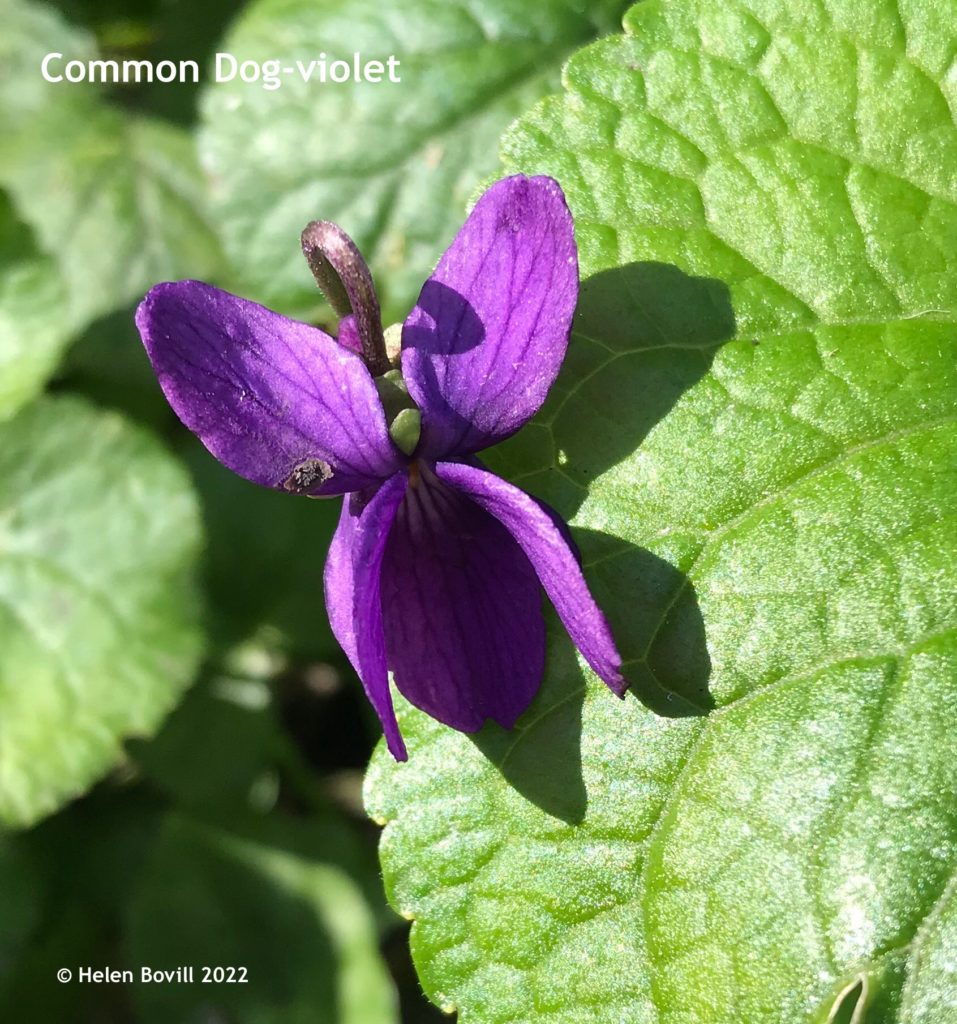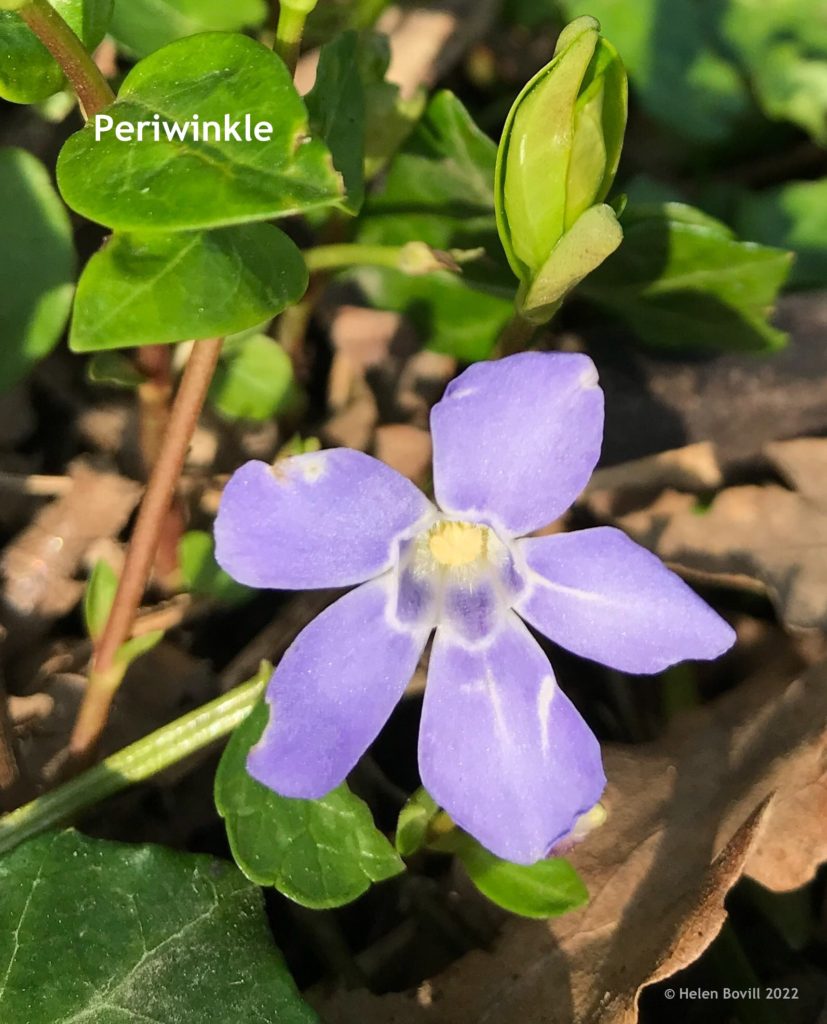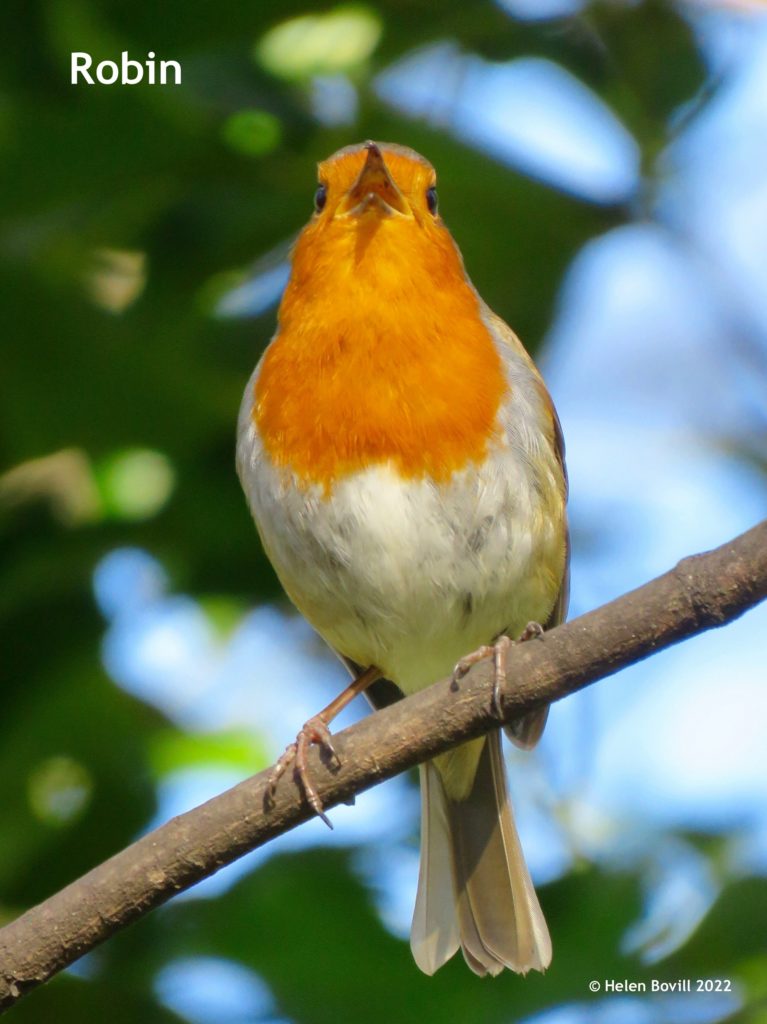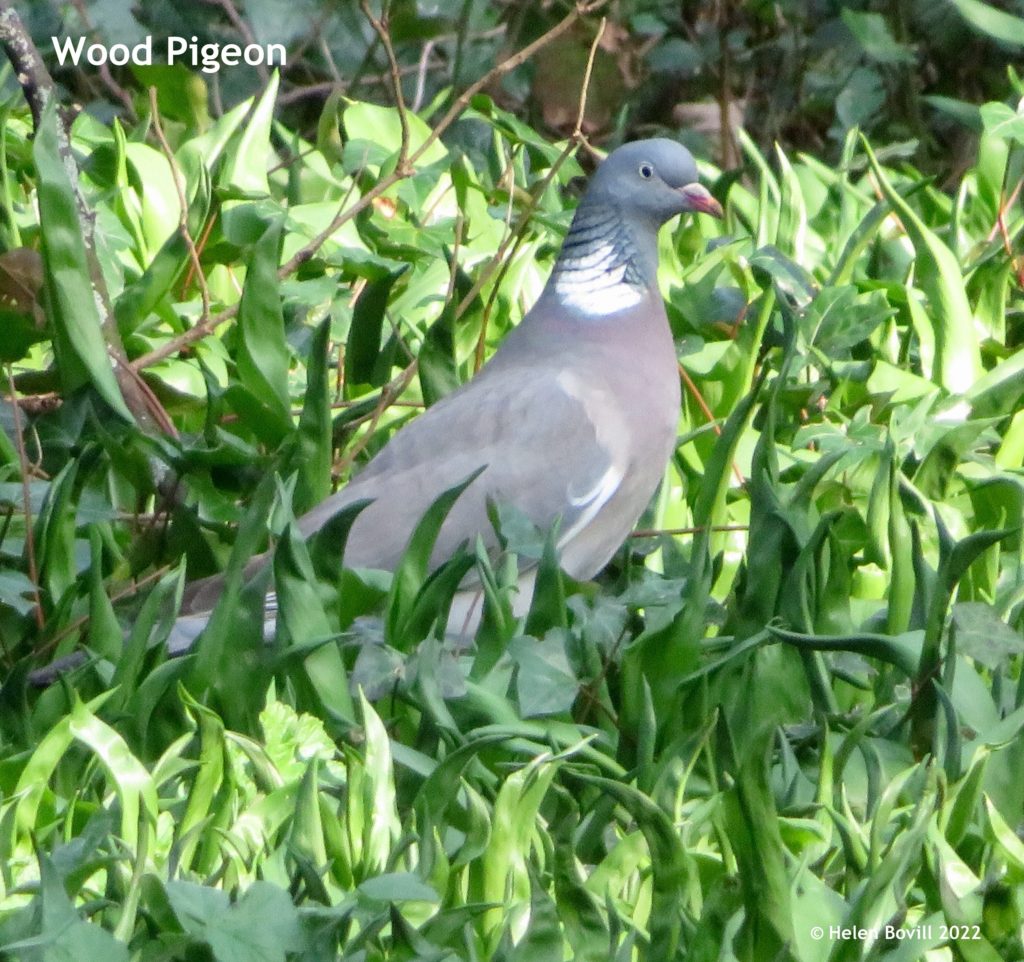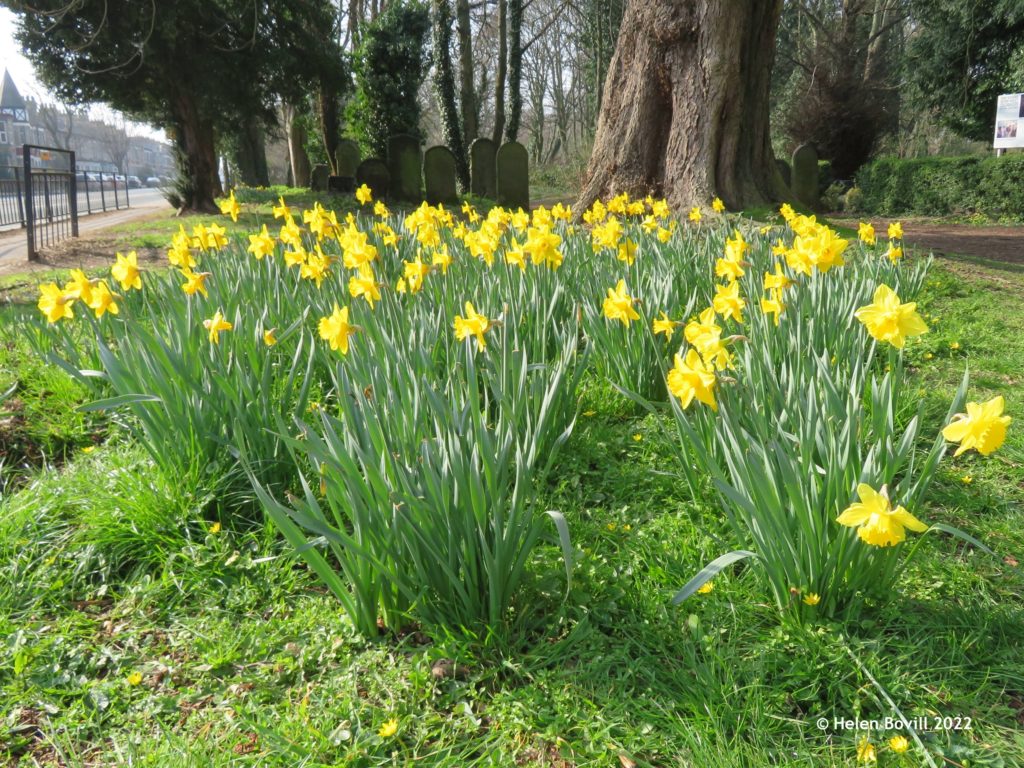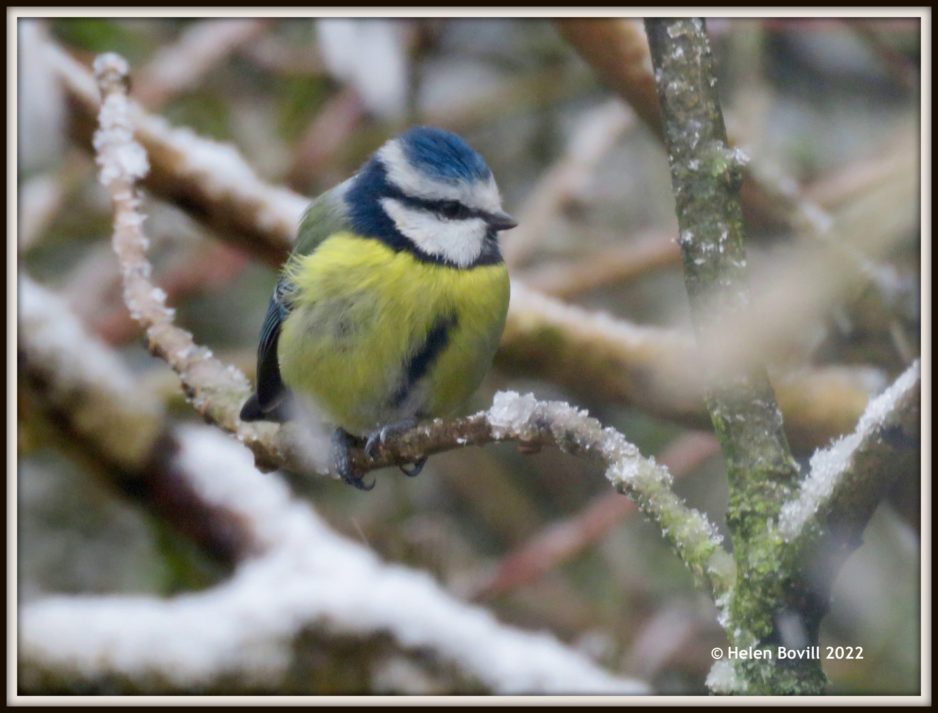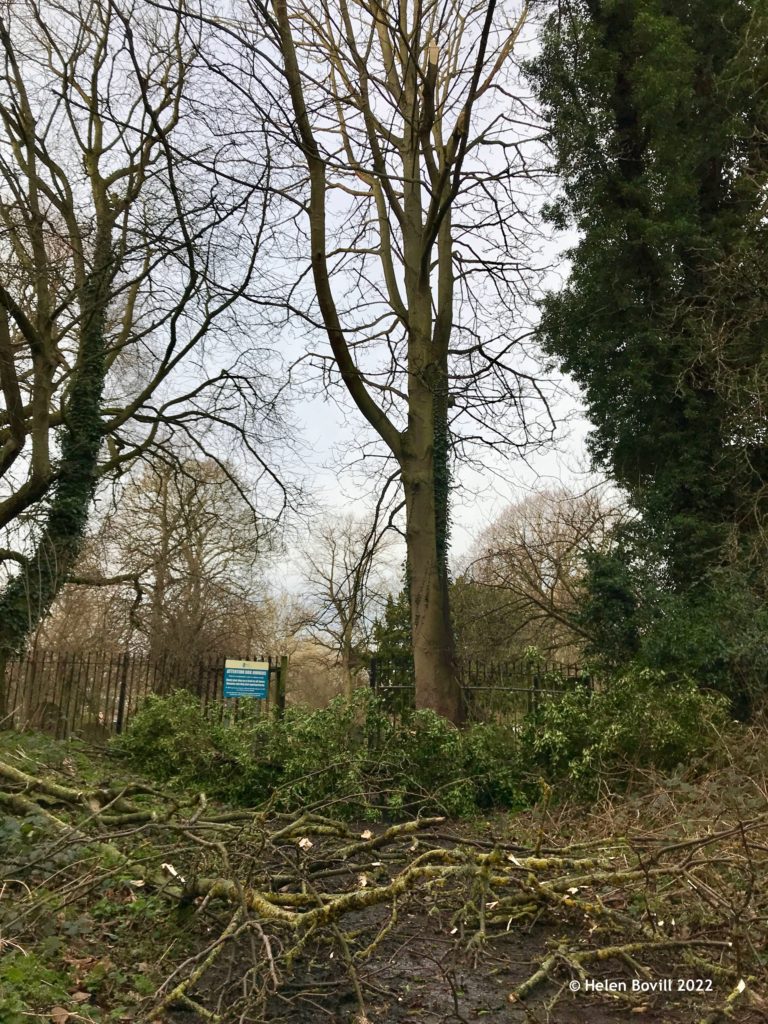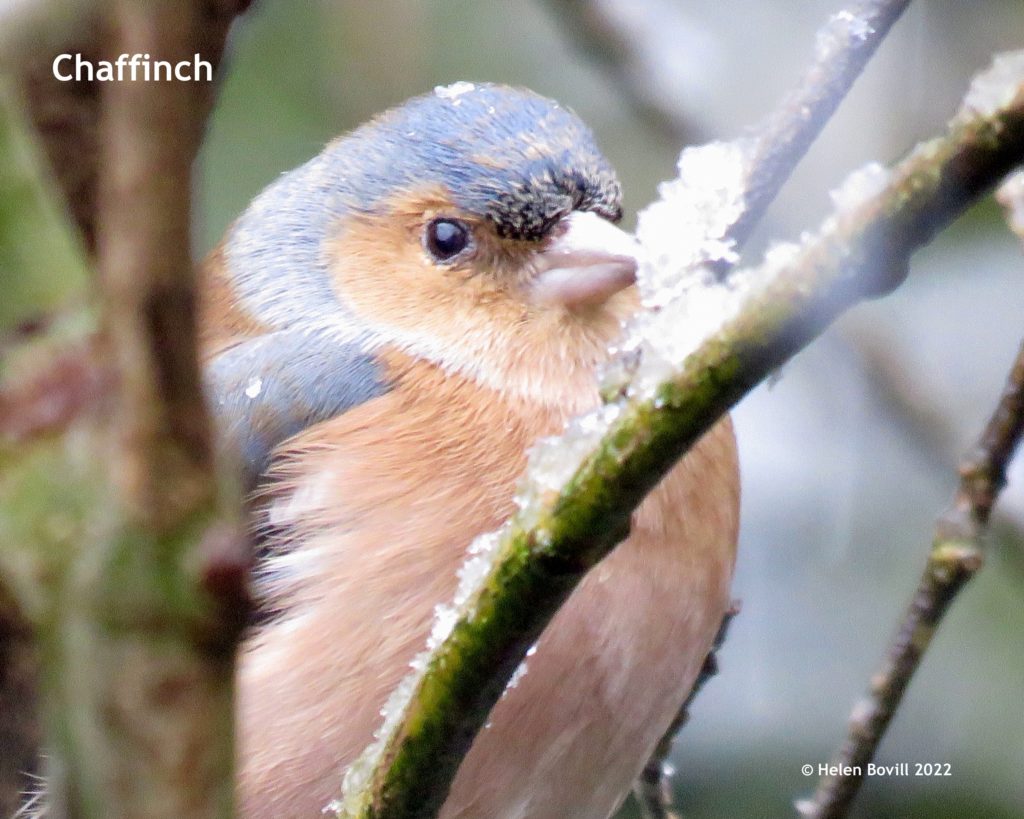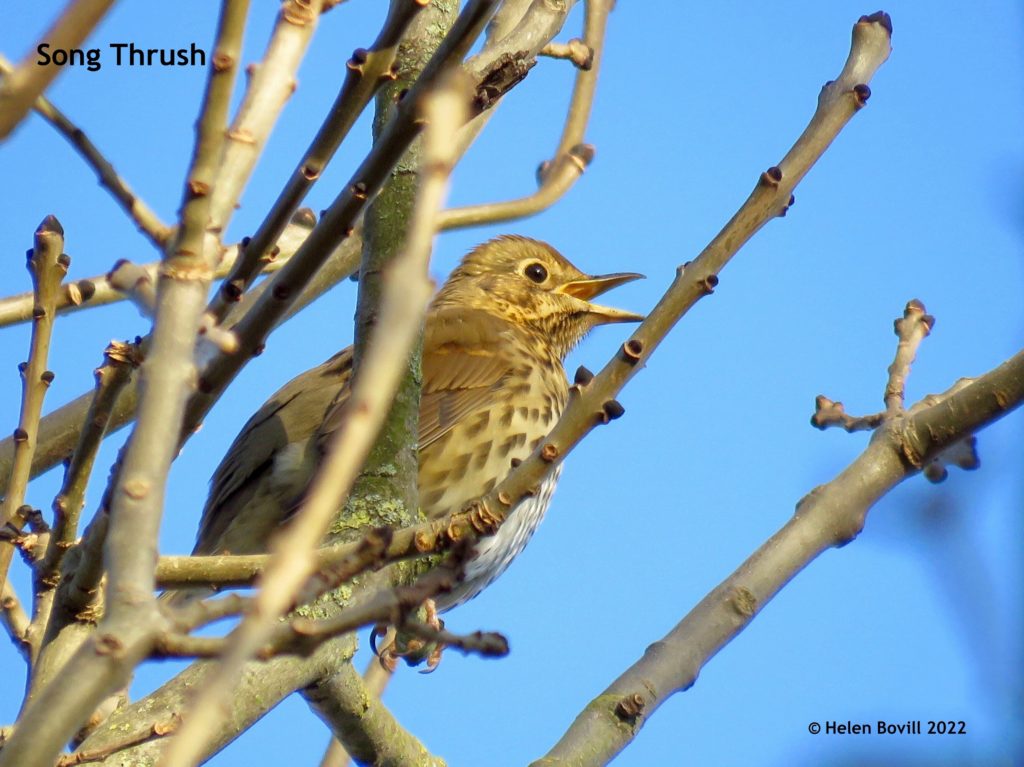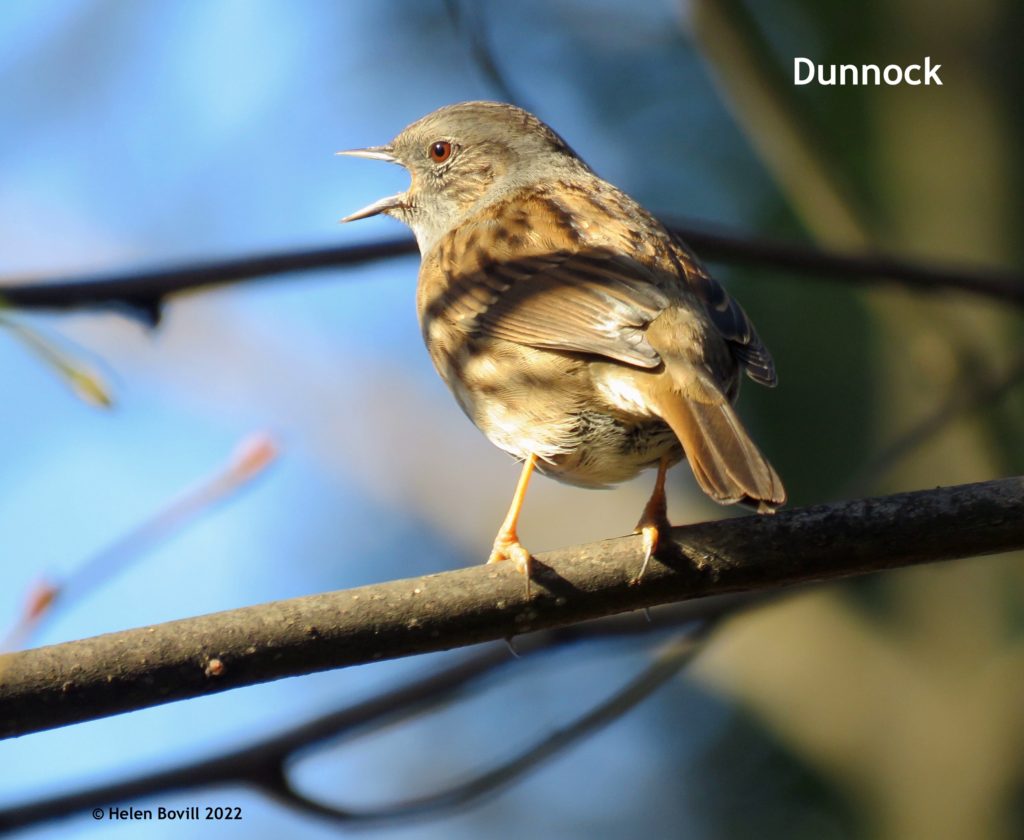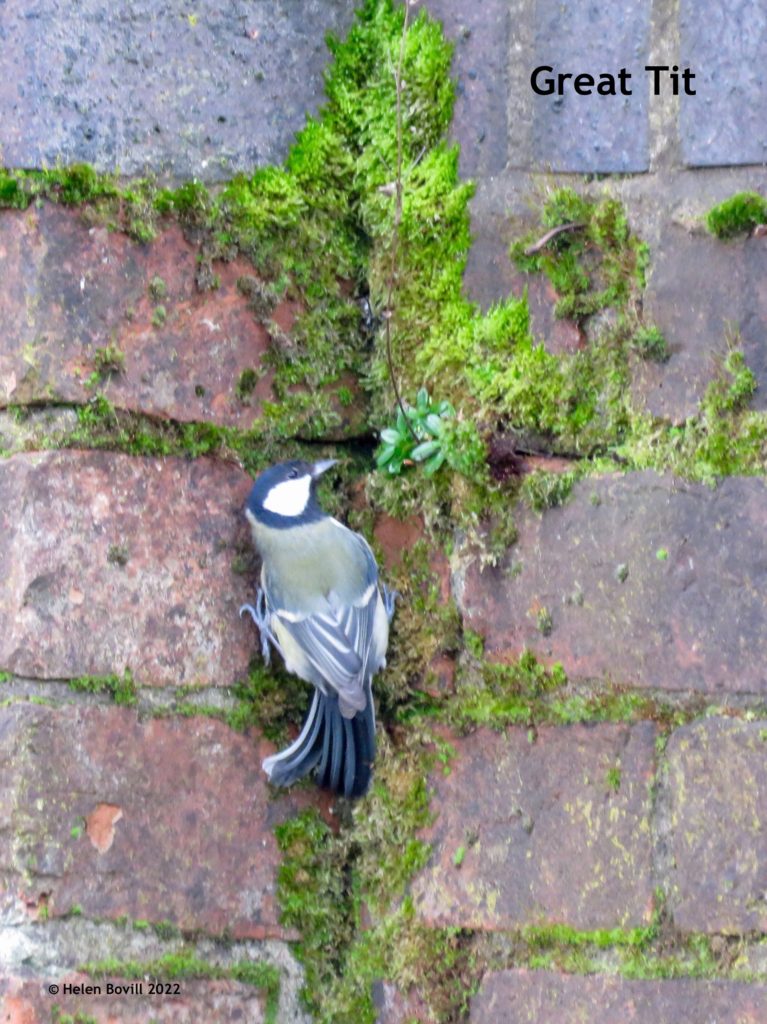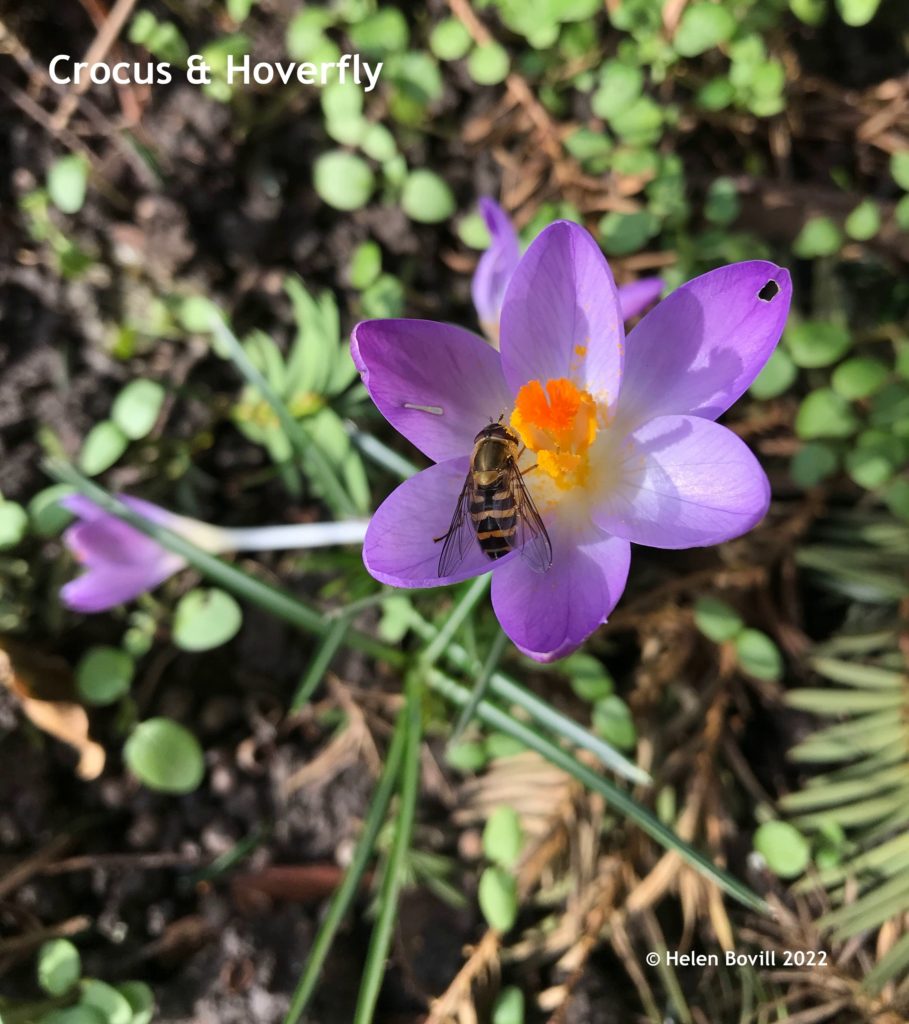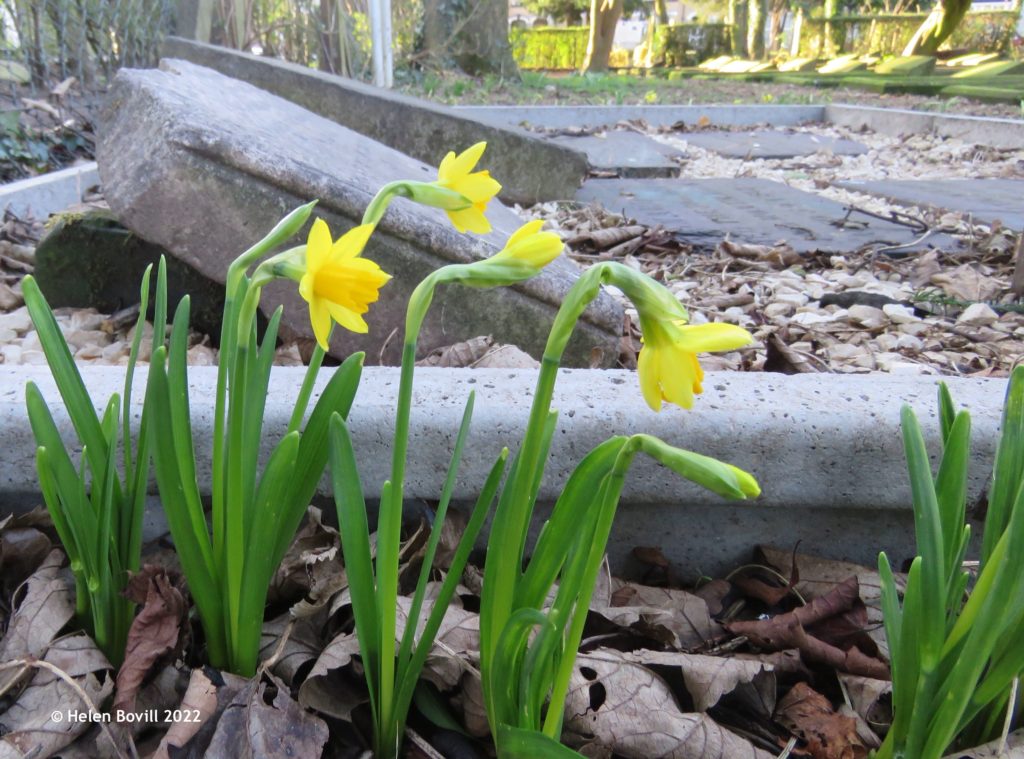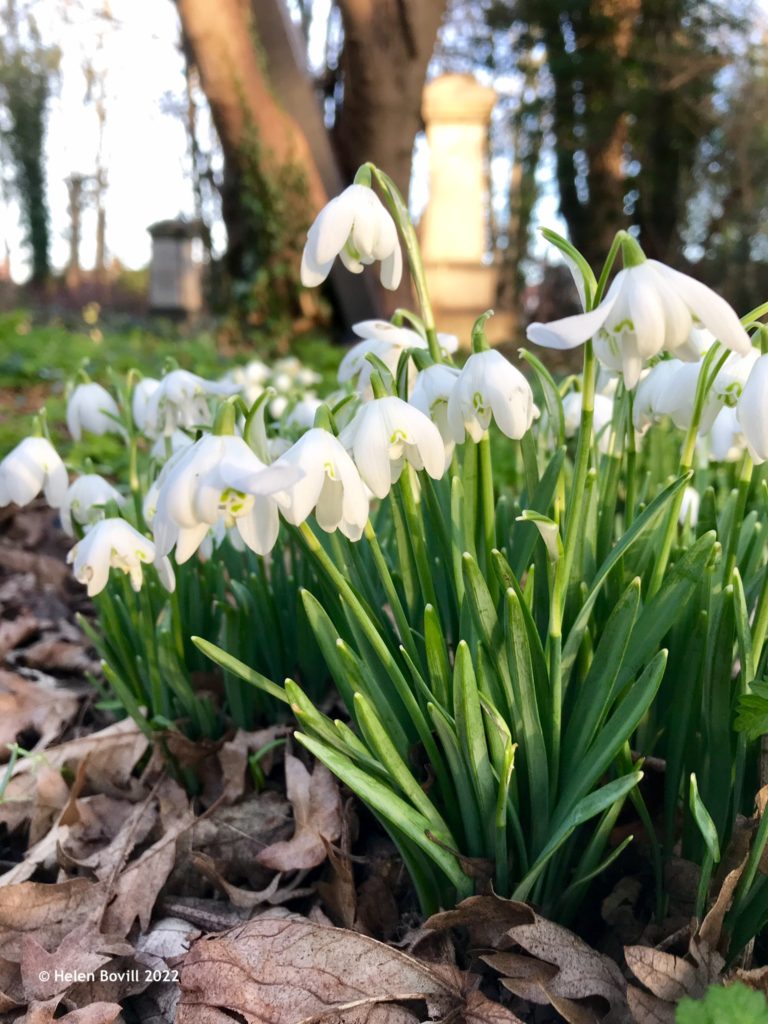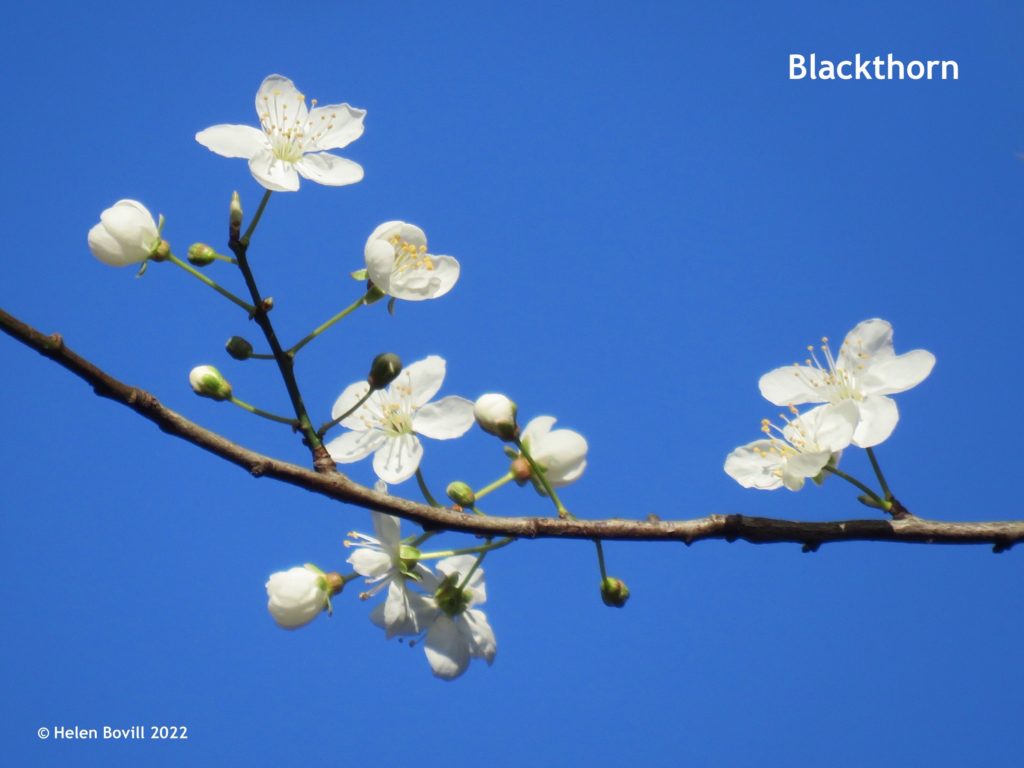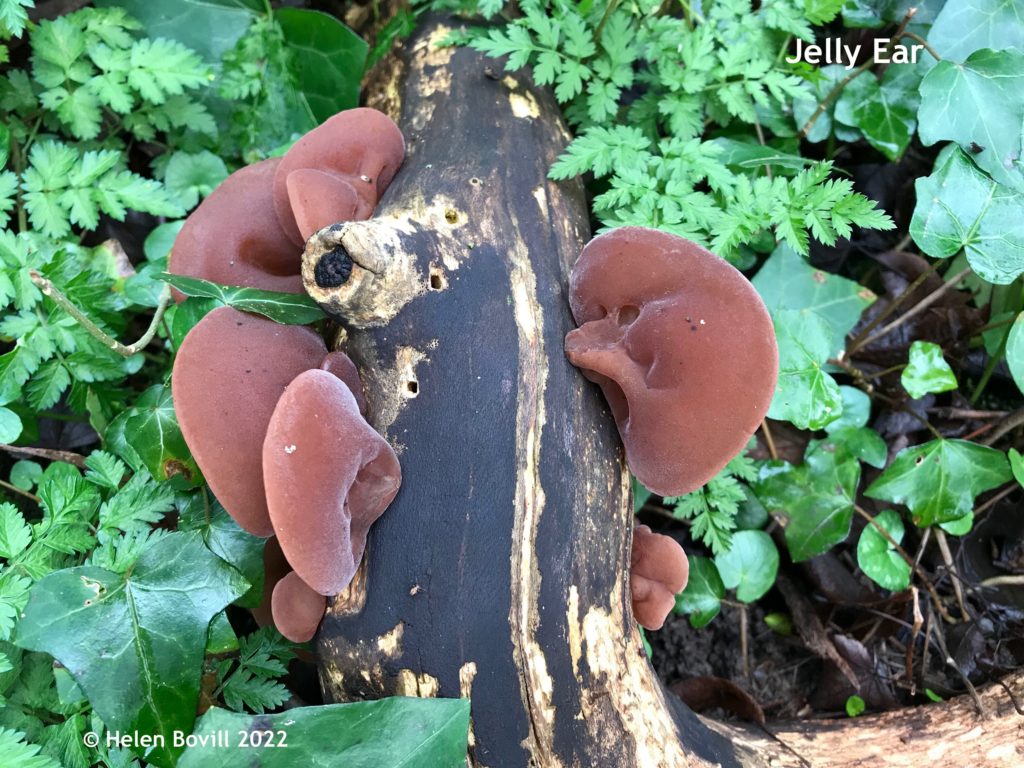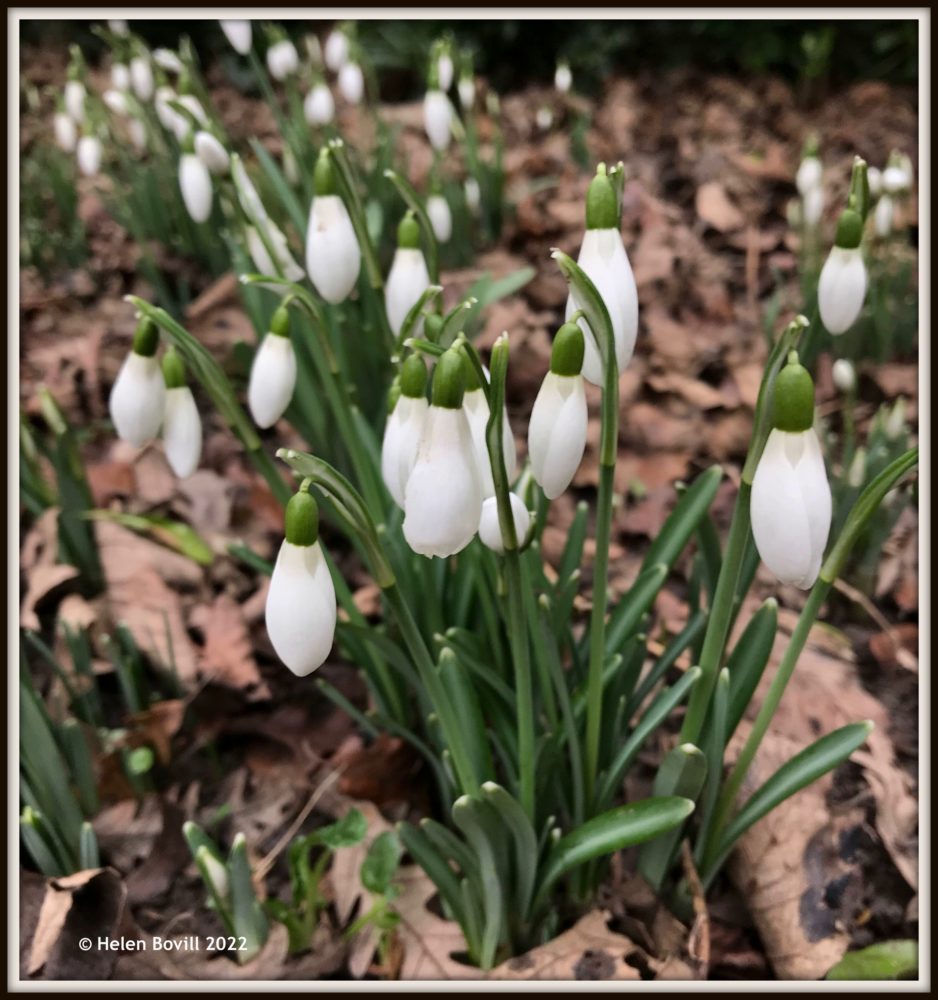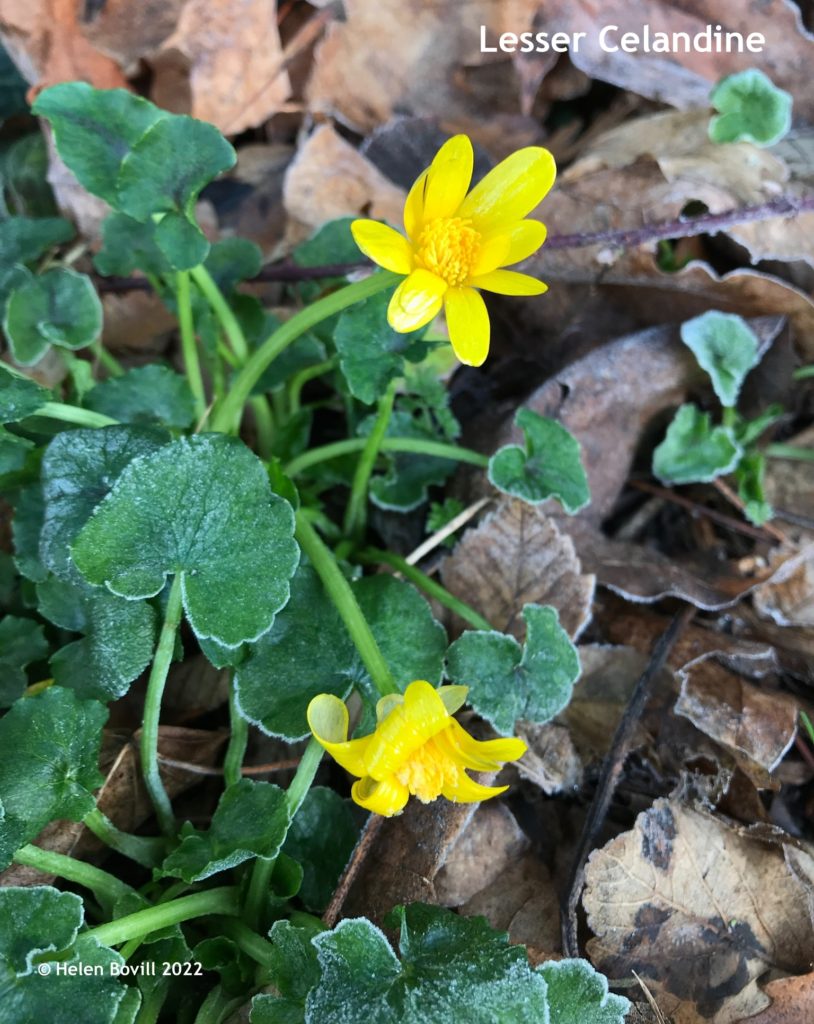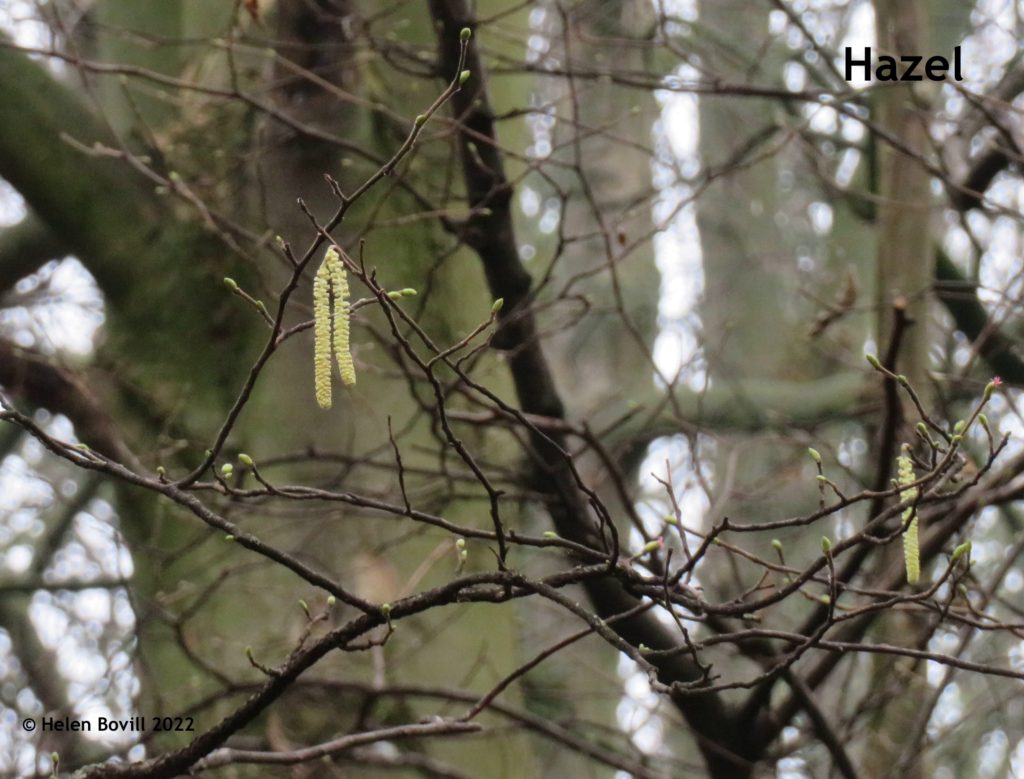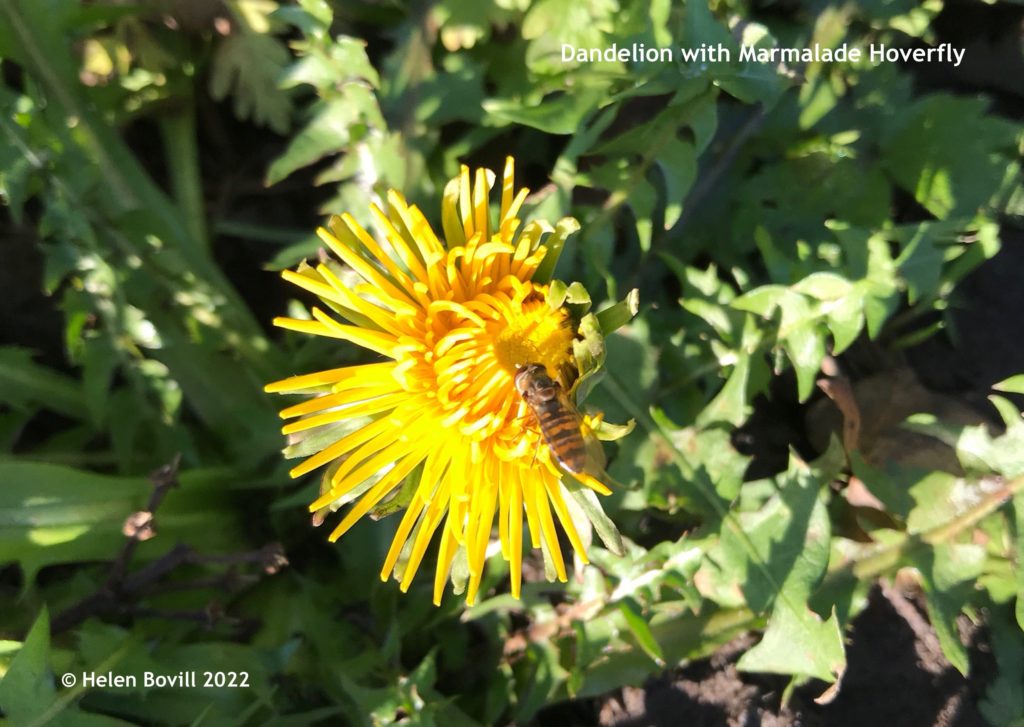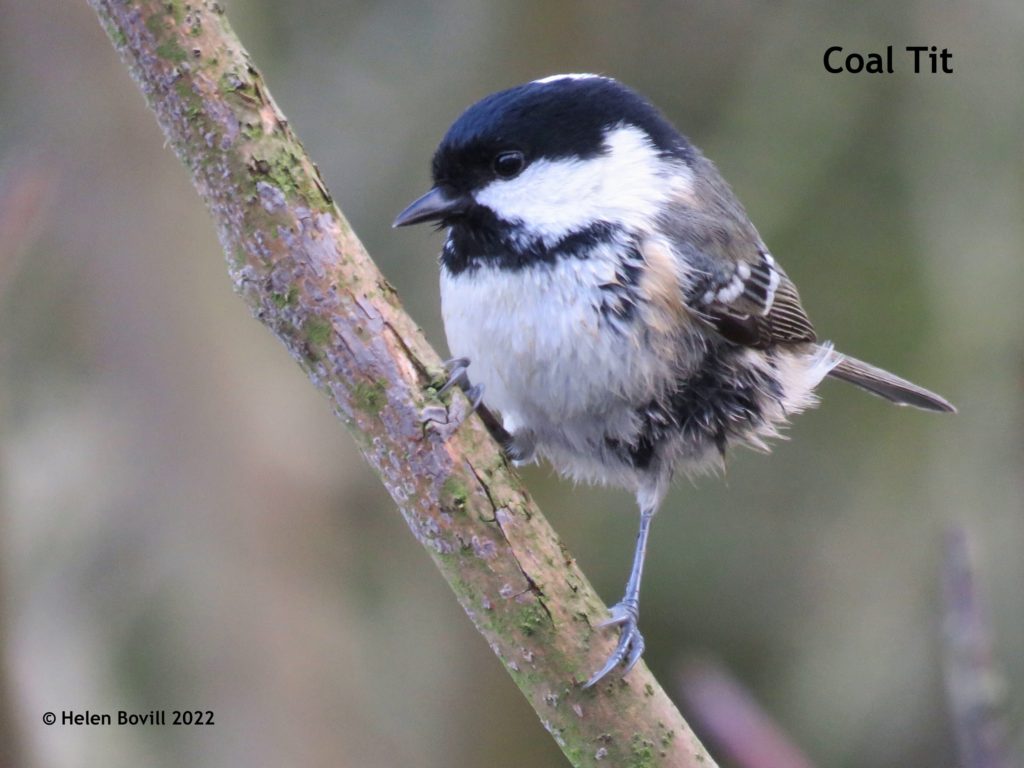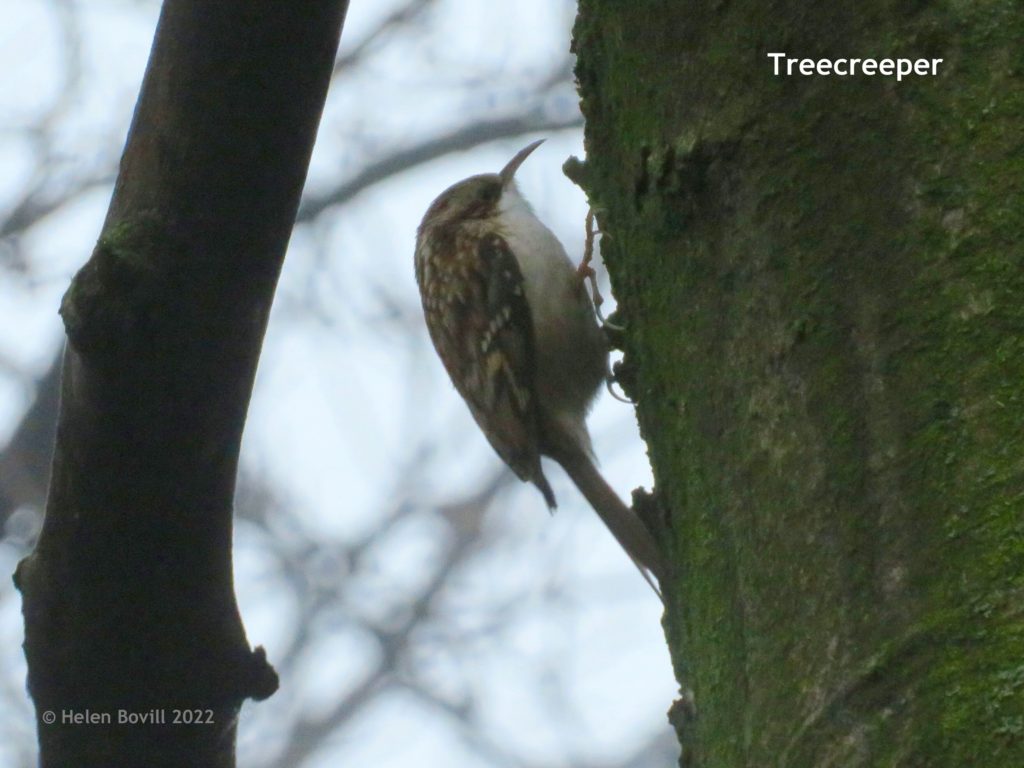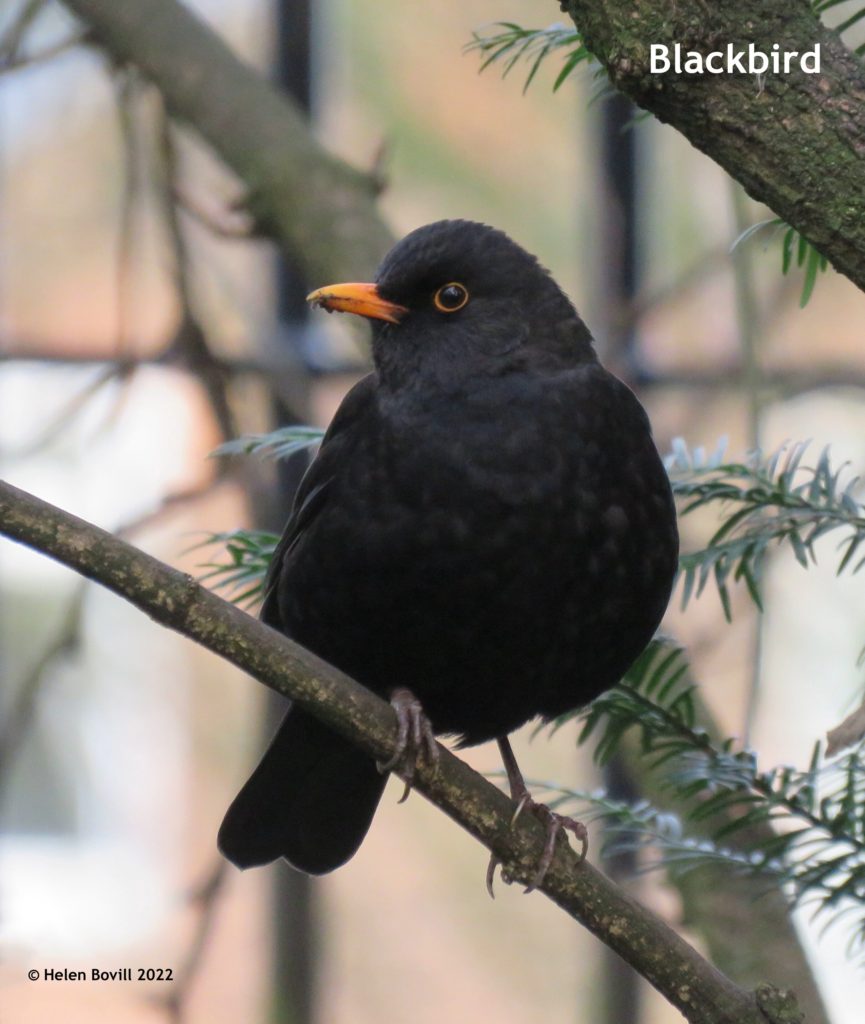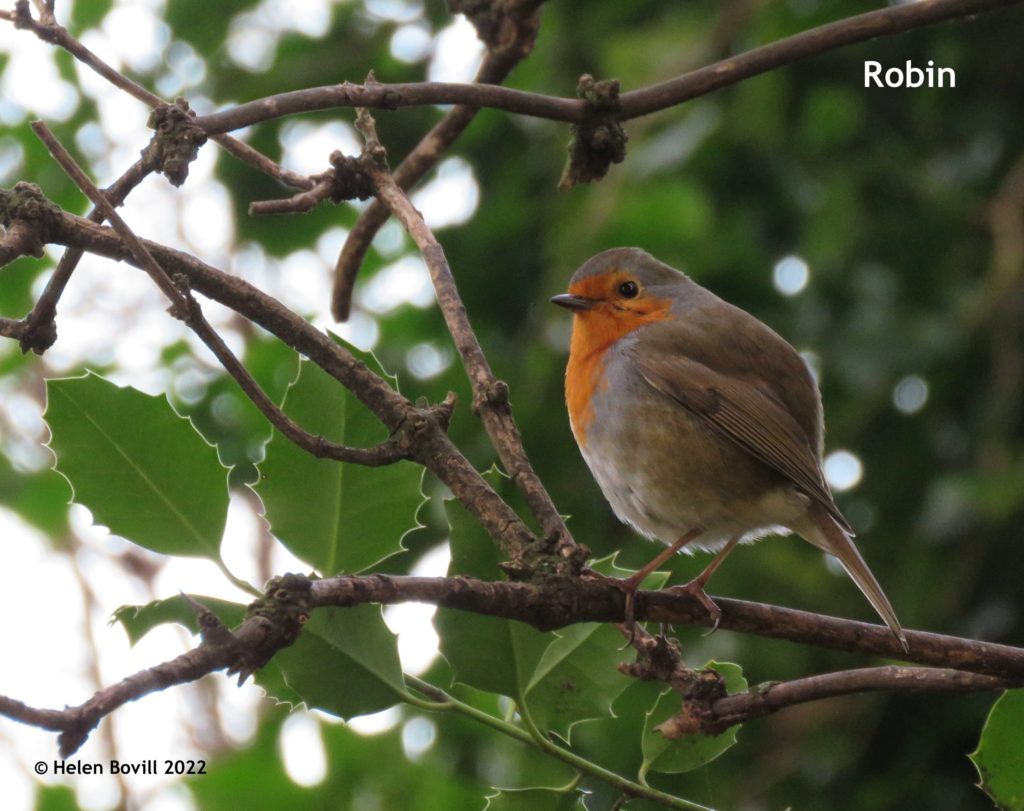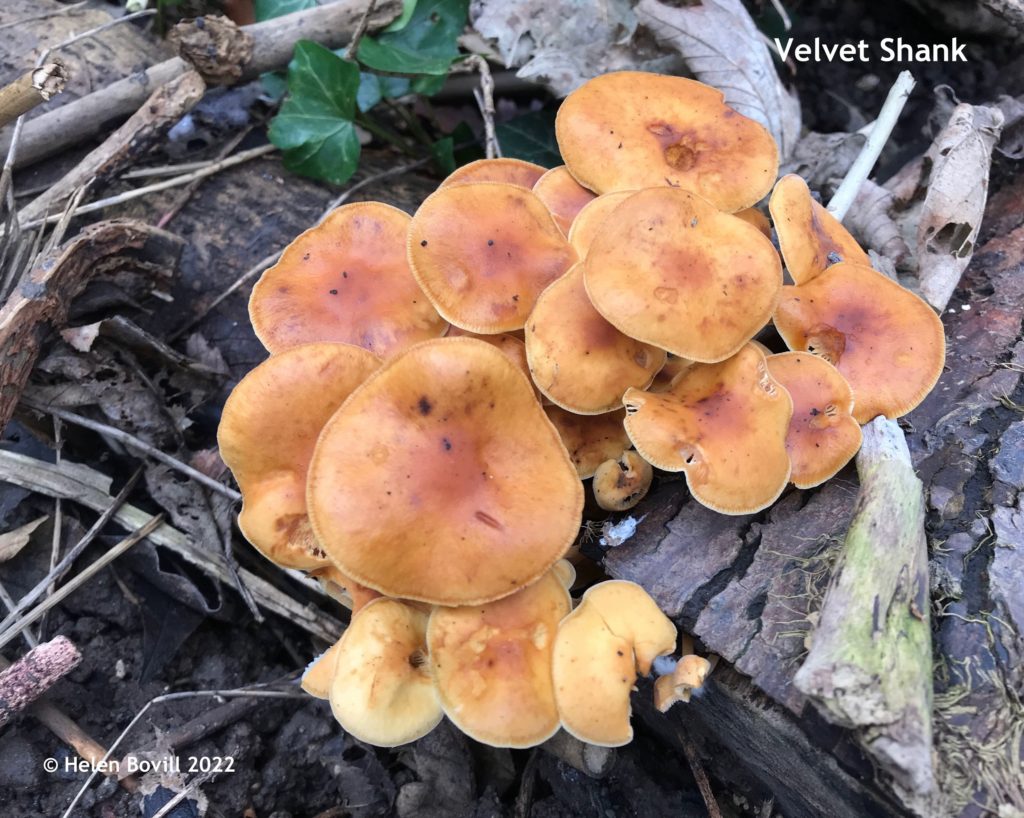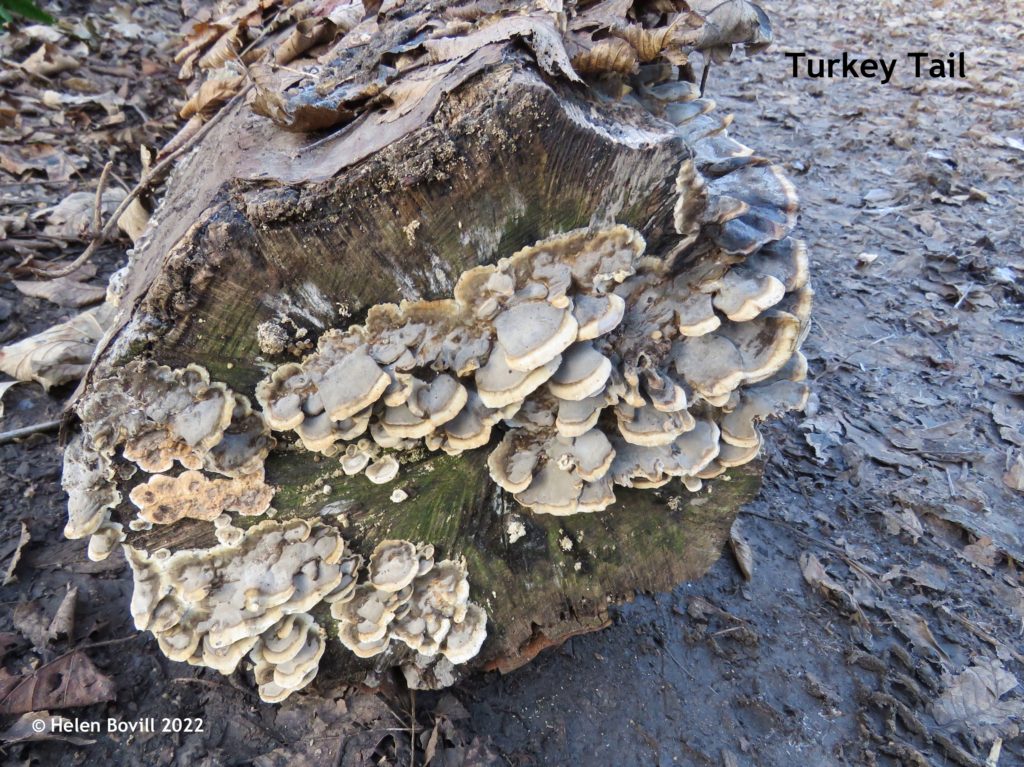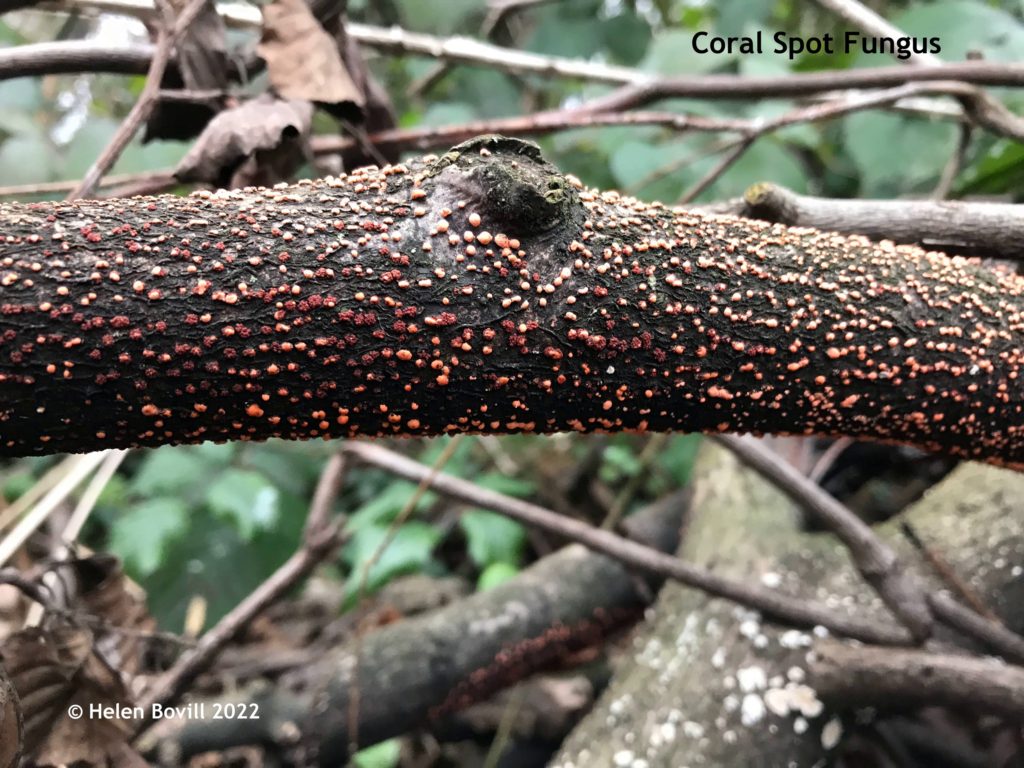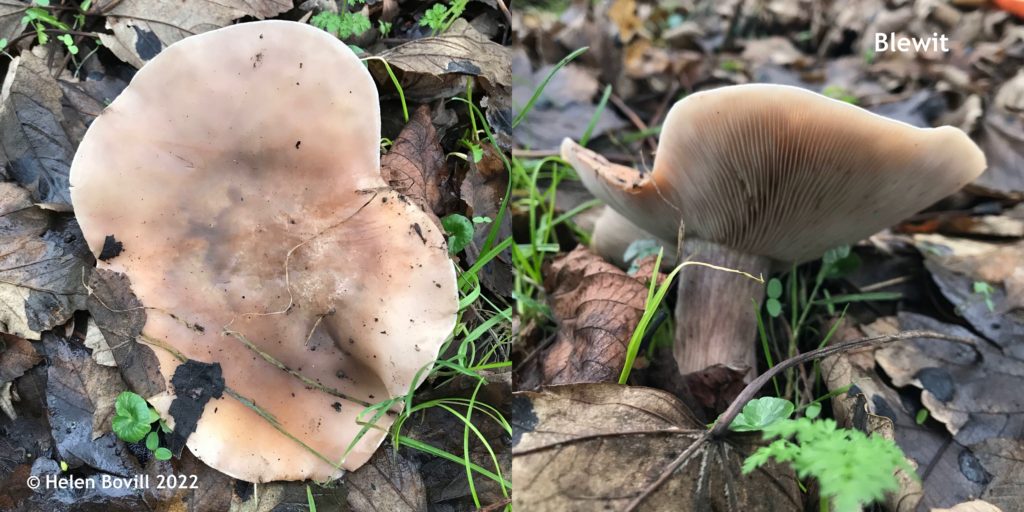| CONTROLLING THE INVADER by Pierre Binggeli published in Tree News Autumn 1994, 14-15.
In Britain sycamore has been the source of much debate based chiefly on people’s personal biases for or against the species rather than on factual evidence. This is not restricted to sycamore but applies to many invasive plant species (e.g. rhododendron) and often result from a poor understanding of ecology and more importantly, from the transfer of human values to plants (Binggeli 1994). In Tree News (summer 1993) Morton Boyd wrote about the pros and cons of sycamore in nature conservation and, having investigated the biology and ecology of sycamore over the past 15 years, I have reached similar conclusions (Binggeli 1992, 1993a). However, my own research and an extensive literature search has brought to light many references and relevant information not available to Morton Boyd.
Origin
Although some people believe sycamore to be native (eg, Harris 1987), both ecological and historical evidence support the view that the species was introduced around the fifteenth century, although a Roman introduction cannot be excluded (wood said to be sycamore has been found at Langton Villa). The native range of sycamore does not extend as far as the Channel, the North Sea or Atlantic coast, but its introduction and spread has been recorded throughout the coastal areas from Brittany to Norway.
The first British records of sycamore originate from Scotland. In 1842 a tree near Dunblane was described as 440 years old. In The Protocol Book of James Young a reference is made to a plane tree growing in the Garden of Sir Andrew Wood of Largo in 1497. Although the tree could have been an Oriental Plane, there is strong circumstantial evidence to suggest that it was a sycamore. Trees called Siccamour or sicamour, which can be seen in illustrations to be sycamore, grew near Paris. Sir Andrew Wood, who was an important Leith sea captain, frequently traded along the same estuary near Paris and it would have been easy for him to bring a siccamour home to Leith. (S. Mowat 1993, pers. comm.).
PERCEPTION
In Britain people’s attitude towards sycamore has always been ambivalent. In the fifteenth century Evelyn (in Johns 1847) stated that sycamore should be banished from gardens and avenues because its honeydew-coated leaves which, after their fall, turned to mucilage and putrefied, whereas Johns (1847) considered sycamore to be “somewhat of a favourite”. In the late nineteenth century sycamore, because of its non-durable wood, was “often regarded as a weed among forest-trees and rigorously cut down” although its timber was highly valued (Simpson 1905). The prevalence of sycamore around farmsteads in the western parts of the British Isles indicate that during the nineteenth century farmers favoured the species, which is poorly recorded in the literature, but a certain amount of plant lore has been documented (Binggeli 1993b).
During the present century sycamore drew little attention until around the 1960s when the people’s attitude became at first negative, and more recently positive. Its low associated insect species-richness, invasive potential, prolific regeneration in urban areas and heavy honeydew production gave sycamore a poor reputation. Lately, sycamore has been extensively praised.
FORESTRY
In forestry sycamore will probably become an important timber tree in lowland Britain as agricultural land is converted to timber production. Trials are presently being carried out to assess sycamore in agroforestry systems. The Forestry Authority is currently selecting and propagating sycamore but their selection procedure is mainly based on general tree morphology, particularly of the trunk and large branches.
Because variation in sycamore is extensive the potential for selection and breeding is very high but not fully appreciated by researchers. The following traits are known to be very variable: budding time, age of first flowering, sex expression, seed production, susceptibility to aphids, and wood quality (eg, wavy-grain), all of which significantly affect tree morphology and/or growth rates. By carefully selecting these variable it should be possible to produce clones of fast growing and high quality timber sycamore.
INVASIVENESS
Sycamore invades different types of woodlands in the British Isles including birch, ash, alder and oak woods and many disturbed sites. However, the speed of invasion is usually slow because the conditions suitable for sycamore regeneration only occur at irregular intervals despite a regular seed production. Rootlet penetration following germination is prevented by compacted and dry soils. Young individuals are intolerant of grass competition and are susceptible to fungal attack and to grazing either by slugs and/or small rodents, whilst saplings are grazed by large herbivores.
The respective importance of these controlling factors is affected by light availability, soil nutrients and weather (chiefly rainfall). In fact, sycamore can be described as a gap species, which becomes established in treefall gaps, heavily disturbed areas, or under the canopy of low shade-casting species such as birch, sea buckthorn and alder.
CONSERVATION VALUE
Sycamore is known to have few associated insect species and an average number of epiphytic lichens. For short periods of time it is an important food source for some species of invertebrates (eg, bees) and vertebrates (eg, rodents). Observations by Frankis (1993 pers. comm.) suggest that insects in the flaking bark of old sycamore on the eastern coast of England are an important source of food for some migrating birds.
A high number of breeding birds are found in sycamore stands as long as the stand consist of a mosaic of isolated trees and shrubs but not of a continuous canopy. A complete sycamore canopy markedly reduces light levels and ground species-richness in the woodlands it invades. There is no substantiated evidence that sycamore improves the soil. In case of climate warming the sooty bark disease could become a health hazard to humans. People object to their honeydew-covered cars or park benches, as well as to weeding seedlings from their gardens.
In terms of the number of animal and plant species which are known to be associated with sycamore it can be concluded that sycamore is typical of most native trees. However, to evaluate the conservation value of sycamore or of any invasive species it is essential to answer the following questions. Are any of the animal and plant species associated with it not found on any other tree species? Would species associated with sycamore become extinct, or at least their populations decrease to dangerously low levels, if sycamore was eradicated from a particular site?
If the answers to one of these questions is a clear yes then sycamore must be conserved. Otherwise, from a conservation value point of view, it can be said that sycamore merely displaces native tree species or increases productivity. For instance, aphids falling into streams from overhanging trees are important food source for young salmon and trout (Gray 1993), but obviously not essential to their survival since these fish have thrived in British waters long before the introduction of sycamore and are presently found in rivers not lined with sycamore.
Since the amount of work, manpower and money necessary to remove sycamore and carry out detailed scientific surveys of sites or regions to determine the conservation value of sycamore is too great, an alternative management strategy must be sought. This strategy entails the careful management of the countryside including selective planting and eradication of seed producing trees from conservation and amenity areas.
THE FUTURE
Using the reproductive behaviour of sycamore it is possible to devise a management strategy which can accommodate the different, if not opposite, interests of conservation, horticulture and forestry. The reason why an exotic becomes the subject of much debate is because the species becomes invasive. Invasiveness results chiefly from a prolific and regular production of viable seeds. Although in plants most species are hermaphrodite, not all individuals will carry viable seeds because of the wide spectrum of sex expressions observed. As a result of careful observations it is possible to identify individuals which do not set viable seeds. This is the case in sycamore where about one percent of the trees are male flowering and another 20-50 per cent of the hermaphrodite individuals do not set viable seeds, although they do produce fruits (samaras). These individuals, which function as males, can be identified in the field by the distinctively empty nutlets (see Binggeli 1990 for methodology).
In areas where the regeneration of sycamore is unwelcome, as in nature reserves, parks and residential areas, its control can be achieved by removal of seed producers. Planting of sycamore need not be banned as the establishment of male flowering trees will not create any problem of natural regeneration. In nature reserves where sycamore is thought to be provide an important source of food or substrate for a particular group of animals or plants, male flowering individuals may be retained.
In forestry and agroforestry the planting of male individuals only has two advantages. Firstly it removes the problem of seed production and unwanted natural regeneration, and secondly, more important from a timber point of view, male flowering trees grow faster (as much as 10 per cent) than seed producing individuals.
The selection and propagation of male flowering individuals is essential to the successful implementation of such a strategy. Propagation must be vegetative as we do not (yet?) have a method to identify male flowering individuals at the seedling stage. The propagation of hardwood cuttings has been achieved with a reasonable degree of success (eg, Williams et al. 1991). Although vegetative propagation is more expensive than direct sowing, this should be clearly offset by the reduction in the costs of control and weeding, and by the benefits from higher growth rates and timber quality.
For sycamore, as opposed to most other invasive species, we do have a solution which can control its invasiveness as well as enhance its commercial and amenity values. The development and implementation of a management plan based on our detailed knowledge of the biology and ecology of sycamore should see the end of the controversy usually associated it. If a consensus arises in Britain among all interested parties, Reverend Johns’ (1847) statement that sycamore “will continue to sow its own seeds and nurse its own offspring, as long as England exists” may be proved wrong.
References
Binggeli, P. (1990) Detection of protandry and protogyny in sycamore (Acer pseudoplatanus L.) from infructescences. Watsonia 18, 17-20.
Binggeli, P. (1992) Patterns of invasion of sycamore (Acer pseudoplatanus L.) in relation to species and ecosystem attributes. D.Phil. thesis, The University of Ulster.
Binggeli, P. (1993a) Conservation value of sycamore. Quarterly Journal of Forestry 87, 143-146.
Binggeli, P. (1993b) Sycamore lore. Plant-Lore Notes & News 29, 131-133.
Binggeli, P. (1994) The misuse of terminology and anthropomorphic concepts in the description of introduced species. The Bulletin of the British Ecological Society 25, 10-13.
Gray, C. (1993) The conservation value of sycamore. Quarterly Journal of Forestry 87, 235.
Harris, E. (1987) The case for sycamore. Quarterly Journal of Forestry 81, 32-36.
Johns, C.A. (1847) The forest trees of Britain. Vol 1. Society for Promoting Christian Knowledge, London.
Simpson, J. (1905) The great trees of the northern forest. No 28. The sycamore maple (Acer pseudo-platanus). Flora Silva 3, 178-183.
Williams, A., Mayhead, G.J. and Good, J.E.G. (1991) Vegetative propagation of sycamore (Acer pseudoplatanus L.). Quarterly Journal of Forestry 85, 179-182. |
